Similar presentations:
The pharmaceutical industry
1. The Pharmaceutical Industry Martin Donohoe, MD, FACP
2. The Pharmaceutical Industry Outline
• Economics» drug costs
» drug development
• Research
• Marketing
• Drug Regulation/The
FDA
• Ethical, Legal and
Policy Issues
3. Home Care
• 80-90% of illnesses cared for outsideformal health care system
• Family (women), friends, media
• Non prescription drug use = 2 x
prescription drug use
• Non-prescription drug costs = 1/2
prescription drug costs
4. Self Medication
• Inappropriate self (and child)medication
- diarrhea
- the common cold
- other viral infections
5. Self Medication
• Enemas for diarrhea and fever• Mix benadryl and alcohol for insomnia
• Educational brochures have variable effect
on use of medical services, including OTC
medication
6. Inappropriate Self-medication: The Common Cold
• Greater than 800 OTC medicationsavailable
• Not beneficial in children under 3 years old,
except acetaminophen for very high fevers
• 1/3 of children less than 3 years old treated
• 2% received ASA
-risk of Reye’s syndrome
7. Inappropriate Self Medication: Diarrhea
• Greater than 100 OTCmedications available
• 15% of children less than 3
years old treated
8. Inappropriate OTC Medication Use in Children
• Ineffective• Potential for ADEs and ODs
• Profile of users’ parents:
-better educated
-uninsured
• Provider visits reduce use
• Provider phone calls do not
9. Prescription Drugs
• 10,000 FDAapproved drugs• 70% of all office
visits lead to
prescriptions
• 1.5 - 2.0 billion
prescriptions/year
10. Prescription Drugs
• >10% of U.S. medical costs• account for 44% of increase in health
care costs in 1999
11. U.S. Drug Use
• 81% have used at least one drug in thepreceding week
» HTN and HA most common reasons
• 50% took at least one prescription drug
» 7% took 5 or more
• 14% took herbal supplements (16% of
prescription drug users)
12. Prescription Drugs
• Over $300/person/year, or $22,500 over a75-year lifetime
• Increased life expectancy from 55-75 from
1920 to present; decreased morbidity (HTN,
DM, BPH, PUD, RA, Psychiatric D/Os)
• Cost effectiveness of drugs (cost/QALY <
$50,000 for 48-65% of medications)
13. Economics of the Pharmaceutical Industry
• Worldwide sales > $145 billion/year• US = Largest markets (40 % of worldwide
sales)
• Sales for the 10 largest drug companies =
$28 billion in 2000, $37 billion in 2001
• tax breaks - can deduct marketing and R &
D expenses
14. Economics
• 18.6% profit margin in 1999• 16.4% in 2000 ($24 billion)
-Largest of any industry
-4 times greater than average
return of all fortune 500
companies
-8 out of 25 most profitable U.S.
companies are pharmaceutical
companies
15. Economics of the Pharmaceutical Industry
• Greater than 5000 companiesworldwide
-less than 100 companies account for
over 90% of worldwide market
• Top 5 companies have market shares
of 2.75 - 3.5%
16. Mergers and Acquisitions
• Drug company mergers- Pfizer-Warner-Lambert, UpjohnPharmacia, Glaxo-Wellcome-SmithKliine
Beecham, etc.
Pfizer acquired Pharmacia in 7/02 for $60
billion to become the world’s most
powerful drug conglomerate
17. Mergers and Acquisitions
• Acquisition of generic divisions and PBM’s-Merck-Medco
-Glaxo-Wellcome-Smith-Kline Beecham-DPS
-Lilly - PCS Health Systems
• Acquisitions of health care providers
-Zeneca-Sallick Health Care
18. Economics
• Sales revenues tripled over lastdecade
• Prices increased 150% (verses
50% CPI
• Spending up 17% from 2000 top
2001
19. Economics
• Average CEO compensation = $20 million(1998)
• Pharmaceutical Manufacturer’s Association
and Medical Device Manufacturer’s
Association are powerful lobbies
20. Drug Industry Lobbying
• $38 million donated to Congressionalcampaigns in the 1990s
• $84 million in 2000 election (2/3 to
Republicans)
• GW Bush received $456,000 during his
2000 election campaign
21. Drug Industry Lobbying
• 623 lobbyists for 535 members of Congress» Orrin Hatch (R-Utah) - $169,000 in 2000 - #1
» John Ashcroft (prev. R-MO, now Atty. Gen’l) $50,000 in 2000
• Front groups - e.g., Citizens for Better Medicare
($65 million ad campaign to defeat a Medicare
prescription drug plan)
22. Drug Costs
• U.S. highest in the world54% > Europe
34% to 80% > Canada (drug companies
still among the most profitable in Canada)
• Cross border pharmacy visits increasingly
common
• the fastest growing component of the $1.3
trillion US health care bill
23. Drug Costs
• U.S. only large industrialized countrynot regulating drug prices AND the
only major economic power that
allows an inventor to patent a
medicine (as opposed to the methods
and processes used to produce it)
24. Drug Pricing Policies and Regulations
• Product Pricing Control» France, Italy, Spain
• Reference Pricing
» Germany, Netherlands
• Profit Control
» U.K.
• No control
» U.S.
25. Decreasing Costs
Formularies
Generics
Volume discounts/mail order prescriptions
Patient activism
-e.g., AIDS/ACT UP
• Crossing the border
» Illegal to import prescription drugs, but FDA usually turns
a blind eye for 90 day supply or less
26. Drugs: Who Pays?
• 55% out-of-pocket• 25% private insurance
• 17% medicaid
• 3% Other (VA, Workman’s Comp, IHS, etc..)
27. Drug Development: Who Pays?
• $20 billion in 1999• Pharmaceutical companies
»R & D budget increasing
»U.S. taxpayers
» NIH-funded research (total NIH budget =
20.3 billion in 2001)
» 1995 Reasonable Drug Pricing
Clause removed
28. Drug Development Costs
• 1991 PHRMA study (flawed): up to $800 million perdrug
• Other estimate: $300 – 600 million per new drug
• 2000 Tufts/Public Citizen Reports: $110 million
» 55% of the research that led to the discovery
and development of the top 5 selling drugs of
1995 paid for by the federal government
29. Where Prescription Dollars Go
• Research and development - 12%-preclinical testing - 6%
-clinical testing - 6%
• Manufacturing and distribution - 24%
• Sales and marketing - 26%
• Administrative / miscellaneous expenses - 12%
• Taxes - 9%
• Net profit - 17%
30. The Elderly and Prescription Drug Coverage
• Elderly represent 12% of U.S. population, yetaccount for 33% of drug expenditures
• 17% of the 37 million elderly Medicare patients are
poor or near poor (incomes less than $7,309 or
$9,316 respectively)
• The 64% of elderly Medicare enrollees with no
coverage for outpatient drug costs are sicker and
poorer then their counterparts with supplemental
insurance.
31. The Elderly and Prescription Drug Coverage
• Average outpatient drug expenditure from$59 - $1,1153
• Drug expenditures increased 13% between
1994 - 1997; SS and SSI benefits increased
by 1.3%
32. Race, The Elderly and Prescription Drug Coverage
• Older black Americans are more likely thanwhites to lack supplemental drug coverage
»30% vs. 10%
• Black Medicare enrollees are more likely
than whites to not fill at least one
prescription drug due to price in the past
year
»1 in 6 vs. 1 in 15
33. The Elderly and Prescription Drug Coverage
• Consequences:» The elderly, chronically ill without coverage are
twice as likely to enter nursing homes
» Noncompliance, partial compliance
» Increased ER visits, preventable
hospitalizations, disability, and costs
34. The Elderly and Prescription Drug Coverage
• Universal outpatient drug coverage cost-saving-pharmaceutical industry strongly opposed
• Bush/Congressional prescription drug benefit
proposals woefully inadequate
• States trying to decrease costs
• State Medicaid budgets in trouble, mostly due to
rising drug costs
35. The Elderly and Prescription Drug Coverage
• 2001 California Medicare Prescription DrugDiscount Program
• 75% compliance by pharmacies; only 45%
before patient requested discount
• Compliance lower in poorer neighborhoods
• Important to consider the disabled 14% of
Medicare enrollees (different drug use
patterns)
36. Expired Drugs
• Initial packaging date usually 2-3 yrs from the dateof manufacture
• Pharmacists repackage – new expiration date
usually 1 year
• Some OK
• Not OK:
» Epi-pen, ophthalmic agents, others
controversial
37. Drug Reimbursement Systems
• Copayments-income variation
-exempted groups
• Cost-sharing
• Expenditure limits
• Positive and negative prescribing lists
• Therapeutic efficacy categories
38. Pharmaceutical Benefits Managers
• 100-115 million patients affected• Purpose
-Improve prescribing practices
-Control Costs
• Open vs closed formularies
• Report cards for MD’s, but no good
outcomes data
39. Pharmaceutical Benefits Manufacturers
• Data-may not decrease costs, due to increased
OTC medications use, longer hospital
stays, increased use of other drug
categories
• Most purchased by pharmaceutical
companies
-conflict of interest
-e.g., increased Merck prescriptions written
after acquisition of Medco
40. Economics
• 320,000 Jobs(45% increase over last 10 years)
• Increased employment / income
(decreased for other U.S. manufacturing
industries)
41. Generics
• Increased market share-1983 = 15%
-1993 = 40%
-2000 = 42%
• $20 billion sales in 1999 (vs over $90 billion for
prescription drugs)
• Prices rose almost twice as rapidly as those of
brand-name drugs in 2002
42. Generics
• Avg cost $18 vs $61 for comparable name-branddrug (1999)
• Doctors underestimate costs of name-brand drugs
and overestimate costs of generics 90% of the
time (Arch Fam Med 2000;160:2802)
43. Generics
• Drug Price Competition and Patent TermRestoration Act (1984)
-requires bioequivalence, rather than therapeutic
equivalence
• Pharmaceutical companies purchasing generic
divisions (e.g., Merck - Medco)
• Large drug firms account for 70% of generic
market
44. Over-the-Counter Meds
• Price per prescription decreases, butinsurance won’t cover
• Antihistamines: Claritin, Zyrtec, Allegra
• H2 blockers
45. Over-the-Counter Meds
• OCPs• Pharmacist-prescribed emergency
contraception
»reduces number of unintended
pregnancies
»cost saving
46. Generics - Litigation
• Under Hatch-Waxman Law of 1984,lawsuits brought by pharmaceutical
companies against generic
manufacturers, whether frivolous or
not, can delay FDA approval of
generic drug by 30 months
• 73% of cases won by brand name
companies
47. Generics - Litigation
• Dupont Pharmaceuticals vs BarrLaboratories:
»Coumadin/warfarin
• Novartis vs Sangstat
»Neoral/cyclosporine A
• Zenith Goldline Pharmaceuticals vs Abbott
Labs
»terazosin/Hytrin; $1 million/day
48. Lobbying, Patent Extensions and Alternate Formulations
• Lobbying and Congressional bills» Schering Plough / Claritin - $20 million lobbying
campaign, big-name lobbyists (Howard Baker,
Dennis Deconcini, Linda Daschle)
» Koop - Claritin, latex, Rezulin, polyvinyl chloride
• Alternate formulations
» Glucophage XR, Nexium, Sarafem, Prozac
Weekly, Fosamax XR
49. Lobbying
• 1998: agribusiness spent $119.3 million lobbyingCongress
• 1998: environmental groups spent $4.7 million on
all issues combined
• Active lobbying (new laws, not enforce existing
laws or fund existing programs)
• “Lobbying for lethargy” (maintain status quo)
50. Lobbying
• All industry = $1.2 billion/yr (not includingcampaign contributions and soft money)
• All single issue ideological groups combined (e.g.,
pro-choice, anti-abortion, feminist and consumer
organizations, senior citizens, etc.) = $76.2 million
51. Pharmaceutical Company Advertising
• $15 billion/year in 2000» over $6 billion - advertising and marketing
» over $7 billion - sales reps’ salaries
» up to $15,000/U.S. physician
» 50,000 salespersons: 1/10 prescribing physicians
52. Pharmaceutical Company Advertising – Drug Samples
• $8 billion/year in samples (10-20% of officevisits)
• Only ½ of samples go to patients
»Providers dispense samples at 10% 20% of visits
• 60% of pharm reps self-medicate
53. Drug Samples
• Prescription Drug Marketing Act of 1987 prohibitssales of samples
» Requires practitioner signatures
» Mandates record-keeping
» Specifies storage conditions
• JCAHO Standards
54. Drug Samples
• Pros/Cons• Alternatives:
» Coupons
» Vouchers
» Medication Assistance Programs
55. Truthfulness in Drug Ads Wilkes et al. Ann Int Med 1992:116:912-9
• 10 leading medical journals• 109 ads and all available references
(82%)
• 3 independent reviewers
56. Truthfulness in Drug Ads: FDA Requirements
• True statements-effectiveness
-contradictions
-side effects
• Balance
• Instructions for use
• Approved uses only
57. Truthfulness in Drug Ads: Data
57% little of no educational value
40% not balanced
33% misleading headline
30% incorrectly called drug the “agent
of choice”
• 44% could lead to improper
prescribing
58. Truthfulness in Drug Ads
• 500 FDA violations from 1997-mid-2001- includes 90 DTC ads
• Increased FDA oversight and enforcement
needed
59. Untruthfulness in Drug Ads: Reasons
• Advertisement income• Business branch handles ads
• Oversight by journals would be
prohibitively expensive
60. Truthfulness in Drug Ads
• Higher percentage of ads misleading in ThirdWorld
» Most agents available OTC
• Doctors are influenced
» Prescribing patterns (e.g., Cipro, Calcium
Channel Blockers)
» 1998: Trovan most promoted drug in US;
sales most ever for an antibiotic in one
year; use since limited by FDA due to liver
toxicity
61. Doctors are Influenced Formulary Requests (JAMA 1994;271:684-9)
• Met with drug rep – 3.4X more likely to requestcompany’s drug
• Accepted money to attend symposia – 7.9X
• Accepted money to speak at symposia – 3.9X
• Accepted money to perform company-sponsored
research – 9.5X
62. Dubious Advertising Tactics
• Sponsored symposia andpublications
• “Buying” ghost-written editorials
• Non-peer-reviewed papers in
“throwaway” journals
• >100 for-profit medical
communication companies
63. Dubious Advertising Tactics
• Disorders Made to Order:» GAD, Social Anxiety Disorder, ADHD, etc.
» Sales of antipsychotics quadrupled from 19982002
• Time-Concepts, Inc. – links doctors with drug reps
for a fee
64. Direct to Consumer Advertising
• Began in 1980, briefly banned 198385• Expenditures:
$155 million—1985
$356 million--1995
$1 billion--1998
$2.8 billion--2000
65. Direct to Consumer Advertising
• US and New Zealand only countries to allow primetime TV advertising
• 1989 - one drug achieved >10% public recognition
• 1995 - 13 of the 17 most-heavily marketed
• 2000 – Schering-Plough spent more to market
Claritin than Coca-Cola Enterprises and Anheuser
Busch spent to market their products
66. Direct to Consumer Advertising: Use of Celebrities
• Micky Mantle – Voltaren• Bob Dole – Viagra
• Joan Lunden – Claritin
• “Newman” - Relenza
67. Direct to Consumer Advertising
• Better educated/informed patients• Discovery of unrecognized illnesses: diabetes,
hypertension, hep C, ED, BPH
• More proactive patients
» >1/3 have sought more info, nearly 1/4 asked for
drug by name (3/4 of prescribing doctors
acceded to request)
» 2000: 8.5 million received a prescription after
viewing ads and specifically requesting drug
» 50% thought ads received government approval
68. Direct to Consumer Advertising
• Doctors more willing to prescribe requestedagents
• Violations
» 20 of the first 37 ads failed to comply with FDA
regulations; 90 violations from 1997-2001
» FDA can request compliance, but cannot
impose fines or other punishments
» FDA must act through the courts (although
most companies comply with FDA requests)
69. Direct to Consumer Advertising
» Pfizer fined $6 million for TV ads extollingbenefits of Cipro over cheaper generic drugs (or
no drugs) for childhood ear infections
» In Spanish medical journals, nearly half of
promotional drug ad statements not supported
by cited reference
» Bush administration has extended investigation
period → more ineffective oversight
70. Direct to Consumer Advertising
• Manufacturers must disclose all known andreasonably knowable risks, whereas physicians
need disclose only material risks
• Increasing liability of pharmaceutical
manufacturers for failure to warn patients of risks
and adverse events associated with product use
» e..g., NJ Supreme Court case, Perez vs Wyeth Laboratories, Inc.
– failure to adequately warn consumers of Norplant risks
71. Direct to Consumer Advertising of Genetic Tests
• HER2 protein: breast cancer• BRCA-1 and -2: breast and ovarian cancers
• Gaucher’s Disease
• Newborn screening tests
• “Jewish genetic conditions”
72. Direct to Consumer Advertising of Genetic Tests
• Overstate the value of genetic tests for clinicalcare
• May provide misinformation
• Exaggerate consumers’ risks
• Exploit public’s fears/worries
• Endorse a deterministic relationship between
genes and disease
• Reinforce associations between diseases and
ethnic groups
73. Direct to Consumer Advertising of Genetic Tests
• Inappropriate:» Public has limited sophistication regarding
genetics in general
» Lack of compreheensive premarket review of
tests and oversight of advertisement content
• Existing FTC and FDA regulations for other types
of health-related advertising should be applied to
advertisements for genetic tests
Gollust SE, et al. JAMA 2002;288:1762-1767.
74. Direct to Consumer Marketing of High-Tech Screening Tests
• E.g., Electron-beam CT / low-dose spiral CTfor CAD
• Scientific and ethical issues
• Role of “luxury primary care clinics” / links
with academia
75. Sources of Accurate and Reliable Drug Information
The Medical Letter
Peer-reviewed studies and reviews
The FDA
Large databases
-The Cochrane Collaboration
Textbooks
Facts and Comparisons
AHFS Drug Evaluations
AMA Drug Evaluations
Conn’s Current Therapy
Not PDR
76. Pharmaceutical Industry Research
• Expensive»$150-500 million / new drug
• Patent protection = 20 years (was 17 until
1993)
»Pediatric exclusivity – additional 6
months if test for effects in children →
additional $600 million profits
• Average time from IND application to FDA
approval = 10-11 years
77. The Drug Approval Process
• Discovery/Characterization• Animal studies
- acute toxicity - LD50
- Subacute toxicity
- Chronic toxicity
- Fertility and reproductive effects
- Mutagenicity
• IND Filed (20 approved for every 100 filed)
78. The Drug Approval Process
• Human Testing- Phase I: Pharmacological action, dose tolerance,
toxicity, absorption, metabolism, elimination,
bioavailability; 50-70 subjects
- Phase II: Controlled trials in 100-200 diseased
patients; dose-response curve
- Phase III: Controlled trials in 800-1000 patients
assess safety and efficacy; assess drug
interactions, effects in elderly, and effects in liver
and kidney disease
• NDA filed - approved
79. FDA Classification of Therapeutic Potential
• Before 1992:Type A - important therapeutic gain
Type B - modest therapeutic gain
Type C - little or no therapeutic gain
• 1992 Onward:
P = priority review, therapeutic gain
S = standard review, substantially equivalent
80. Controlled Substances
• Schedule I: No accepted medical use; highabuse potential
-LSD, Heroin, ?Marijuana
• Schedule II: High abuse/dependence
potential
- Meperidine, Methadone, Oxycodone,
Amphetamine, Metlylphendate, Fentanyl,
Cocaine
81. Controlled Substances
• Schedule III: Lower abuse potential-Paregoric, Glutethimide, Pentobarbital
• Schedule IV: Lower abuse potential
-Diazepam, Midazolam, Dextropropoxyphene,
Pentazocine
• Schedule V: Low abuse potential
- Buprenorphine, Propylhexedrine
82. Pharmaceutical Industry Research
• IND phases 1, 2, and 3• 10,000 synthesized/tested compounds
• 10 enter clinical trials
• 1 FDA approved
83. Issues in Drug Company Research
• 22% of new drugs developed over the last 2decades truly innovative (i.e., not “me too”
drugs)
• Unethical studies
»placebo controlled trials (e.g., antidepressants, anti-psychotics, antiemetics, anti-hypertensives, antiinflammatories, etc...)
»Third World trials (AIDS/Africa; Surfaxtin
(Discovery Labs with J&J/Brazil)
84. Seeding Trials
• Sponsored by sales and marketing dept.,rather than research division
• “Investigators” chosen not for their
expertise, but because they prescribe
competitor’s drug
• Study design poor
85. Seeding Trials
• Up to 25% of patients enrolled in clinical trials• Disproportionate amount paid for “investigator’s”
work (writing a prescription)
• Physicians more favorable towards than patients
86. Issues in Drug Company Research
• Species extinction/loss of biodiversity»Taxol- Yew tree
• Indigenous peoples’ rights over genetic
resources and folk medicine knowledge
-U.N. Commission on Biodiversity
• Patenting genes – right or wrong
87. Issues in Drug Company Research
• Novel therapeutic agents vs. copycat drugs• Methodological Flaws
»Study design bias / invalid comparisons
(young patients, inadequate dose of
comparison drug)
»inadequate statistical power
»multiple exclusion criteria
→
88. Issues in Drug Company Research
• Methodological Flaws (cont.)»economic analyses not performed
»therapeutic benefit claims more often
supported by data than claims of less
toxicity
»publication bias – tendency of corporate
sponsors to publish only favorable
results
89. Issues in Drug Company Research
• 60% of industry-sponsored trials are contractedout to for-profit research firms, which in turn may
contract with for-profit NIRBs for ethical review.
• Industry ethics consultants – watchdogs or
showdogs
• Erosion of medical ethics
90. Issues in Drug Company Research Symposia
• Many are drug-company sponsored• More likely to have a run-in period (eliminates noncompliers, adverse reactors)
• Favorable outcomes more likely
• Misleading titles
• Brand names
• Less peer review
• Promote unapproved uses
91. Non-Compliance
• Short term = 20%Long term (CHF, DM, TB) = 40-60%
Long term (other studies):
-1/2-2/3 take > 80%
-1/3 take 40-80%
-remainder < 40%
• Decreases with increased patient satisfaction
• No effect of age
• Illiteracy - 42 million Americans
92. Risks of Noncompliance
• Poorer health outcomes-e.g., CAD/B-Blockers - MI
• Increases ER visits and hospitalizations
-10% of elderly hospitalizations
93. Monitoring Compliance Direct Methods
Direct observation
Pill counts
Pharmacy records
Serum/urine drug/marker levels
Expected biologic effects
Electronic medication dispensers
94. Monitoring Compliance Indirect Methods
• Patient interview»Asking patients
»Physician estimate
• 50% Sensitivity
95. Reasons for Noncompliance
• Poor patient education• Cost
»M.D. awareness poor
»Doctors more likely to under- than
overestimate
• Dosing frequency
• Social barriers, public stigmatization
96. Improving Compliance
• Patient education• Patient satisfaction
• Cost consciousness
• Eliminate copayments
97. Improving Compliance
• Decrease dosing frequency• Tailor to specific patient activities
• Tid > q 8 hours
• Easy-to-use packaging/pill boxes/alarms
98. Adverse Drug Events
• Improper use by patients$20 billion in direct costs
$55 billion indirect costs
• Prescribing/administrative errors
3-6% of all medical admissions
1.4 medication errors/admission
99. Adverse Drug Events (Harvard Medical Practice Study)
• 6.5 ADEs/100 admissions1% fatal (est. 140,000 deaths/yr. in U.S.)
12% life-threatening
30% serious
57% insignificant
• 28% preventable
42% life-threatening and serious reactions
100. Adverse Drug Events
• Error occurred at:-Ordering - 56%
-Administration - 34%
-Transcription - 6%
-Dispensing - 4%
101. Adverse Drug Events
• Analgesics, sedatives, antipsychotics mostcommonly misused
• Pharmacoepidemiology/post-marketing
surveillance
»Chloramphenicol - blood dyscrasias
»DES - clear cell adenoCA of cervix and
vagina
102. Adverse Drug Events: Reasons
• Drug knowledge dissemination• Dose and identity checking
• Patient information availability
• Order transcription
103. Adverse Drug Events: Reasons
• Allergy missed / not noted• Medication order tracking
• Interservice communication
• Change in hepatic or renal function
104. Adverse Drug Events
• 4th leading cause of death (?)• Increased length of stay
• Increased risk of death
• Increased costs
$2,262 - $4,685 per inpatient event
105. Alternative Medicine
• expenditures = $27 billion out of pocket in1997
• $17.8 billion on supplements in 2001
• 12% use herbs in one year (vs. 2.5% in
1990)
» $5.1 billion in out-of-pocket payments
• 46% of patients use an unconventional
therapy
106. Alternative Medicine
• Between 1996 and 1998, 8% of normal-weightwomen and 28% of obese women used nonprescription weight loss products
• More CAM visits than PCP visits in 1997
• 72% do not inform their physicians
107. Efficacy of Herbal Products
• Gingko biloba – possible minimal effects ondementia; likely unhelpful for intermittent
claudication
» Side effects: HA, N, D, skin rash, cerebral or extracerebral
hemorrhage, seizures, Stevens-Johnson Syndrome
• Hawthorne extracts – likely unhelpful for
cardiovascular disease
» Side effects: GI, palpitations, chest pain, circulatory
disturbances and vertigo with high doses; may enhance
positive inotropic effects of digoxin
108. Efficacy of Herbal Products
• Saw palmetto – possible mild decrease in BPHsymptoms, unknown effects on long-term
outcomes, development of prostate CA
» Side effects: mild, GI, similar to placebo
• St. John’s Wart – unlikely to help depression
» Side effects: GI, dizziness, confusion, dry mouth, restlessness,
HA, skin rash, sexual dysfunction, frequent urination,
phototoxicity, mania psychositic relapses in schizophrenia
patients, serotonin syndrome in users of SSRIs
• Echinacea and Vitamin C – unlikely to prevent or
modify common colds
109. Risks Of Herbal And “Naturopathic” Remedies
• Manufacturer may claim that the product affectsthe structure of function of the body, as long as
there is no claim of effectiveness for the
prevention or treatment of a specific disease, and
provided there is a disclaimer informing the user
that the FDA has not evaluated the agents
• Multiple violations / near violations
110. Risks Of Herbal And “Naturopathic” Remedies
• Products unregulated/untested• Variable
» collection
» processing
» storage
» naming
» purity
111. Risks Of Herbal And “Naturopathic” Remedies
• Adulterants and contaminants include:» Botanicals – e.g., digitalis, belladonna
» Microorganisms – Staph aureus, E coli, Salmonella, Shigella,
Pseudomonas
» Microbial toxins – aflatoxins, bacterial endotoxins
» Pesticides
» Fumigation agents
» Toxic metals – lead, cadmium, mercury, arsenic
» Drugs – analgesics and antiinflammatories, corticosteroids,
benzodiazepines, warfarin, fenfluramine, sildenafil
112. Risks Of Herbal And “Naturopathic” Remedies
• Est. less than 1% of adverse reactions reported toFDA (vs. 10% est. for prescription drugs)
• 19,468 adverse events reports to poison control
centers in 1998, vs. 500 to FDA
• Potential toxicities: cardiac, CNS, liver, kidney
• High risk users:
» Elderly, pregnant and nursing women, infants
» Poor overall health status
» Chronic users, prescription drug users
113. Risks of Herbal and “Naturopathic” Remedies
• Dietary supplements containing ephedrine,caffeine
» HTN, MI, CVA, psychosis, seizures
• Chapparal, germander, comfrey, skullcap,
sassafras
» Hepatotoxic, carcinogenic
• Contaminated L-tryptophan
» Eosinophilia-Myalgia Syndrome
114. Risks of Herbal and “Naturopathic” Remedies
• GE-L-tryptophan → EMS (1989): 5,000 in USaffected, 37 deaths, 1500 permanently disabled
• Heart attacks, dysrhythmias, strokes and seizures
from ephedra
• Bleeding from garlic, gingko, and ginseng
• hypoglycemia from ginseng
115. Risks of Herbal and “Naturopathic” Remedies
• potentiation of anesthetic effects by kava andvalerian
• increased metabolism of many drugs by St. John’s
wort
• ↓CyA effectiveness secondary to St John’s Wort →
transplant rejection
• 1998: 32% of Asian patent medicines sold in the
US contained undeclared pharmaceuticals or
heavy metals
116. Glucosamine/Chondroitin
• Meta-analysis showed unlikelyto be beneficial for RA and OA
• Major source = sharks
• Mass extinction; 70% of
world’s fisheries are fully
exploited to overexploited; 7585% reduction of US coastal
shark species over last 10 yrs
• large “gray market” in shark
products
117. Pet Pharmaceuticals
• $3 billion market• Clonicalm (clomipramine) for separation anxiety in
dogs
• Anipryl (seligeline) for canine Cognitive
Dysfunction Syndrome
• “Sea pet” shark cartilage treats for doggie arthritis
118. Blurring the line between drugs and cosmetics
• 1999 spending on cosmetics:» Hair care products: $8 billion
» Skin care products: $8 billion
» Makeup: $6 billion (women devote an average
of 19 minutes per day to their faces)
» Fragrance: $6 billion
» Fingernail items: $1 billion
119. Botox
• Botulinum toxin:» Cause of botulism
» potential biowarfare/bioterror agent
• Medical Uses: blepharospasm, spasmodic
torticollis, certain types of wrinkles
• Unlikely to work on sun- or smoking-induced
wrinkles
120. Botox
• Manufacturer = Allergan• 1.6 million patients, $309.5 million sales
($100 million for cosmetic uses) in 2001
• Sales expected to top $1 billion/year
• Upcoming $39 million direct-to-consumer
ad campaign
• $80/dose + physician’s fee ($300 to $1,000)
121. Botox
Most users white, age 35-50
12% are men
In-home Botox parties; Botox scams
Hollywood actors
Potential future uses: migraines, back
spasms, chronic pain, axillary
hyperhidrosis
122. Botox
• Retreatments required q 3-4 months• Side effects: masklike facies, slackness
and drooling, rare allergic reactions
• Rivals = collagen injections (from cows,
possible allergic responses), Perlane
(“natural” collagen alternative from human
tissue), Myobloc, face lift/eyelid surgery
123. Under- and overuse of antibiotics
• MDR TB in Russian prisons• bronchitis and viral URIs in the US
» Recent decrease in use in children and
adolescents, although still excessive
• Pet superstores and websites sell multiple
antibiotics
124. Factory Farms, Antibiotics and Anthrax:
Putting Profits BeforePublic Health
Martin Donohoe, MD, FACP
125. Outline
• Factory Farming• Agricultural Antibiotics
• Cipro and Anthrax
• Bayer
• Conclusions
126. Factory Farming
• Factory farms have replaced industrial factoriesas the # 1 polluters of American waterways
• 1.4 billion tons animal waste generated/yr
• 130 x human waste
127. Factory Farming
• Cattle manure 1.2 billion tons• Pig manure 116 million tons
• Chicken droppings 14 million tons
128. Factory Farm Waste
• Overall number of hog farms down from 600,000 to157,000 over the last 15yrs, while # of factory hog farms
up 75%
• 1 hog farm in NC generates as much sewage annualy as
all of Manhattan
129. Factory Farm Waste
• Most untreated• Ferments in open pools
• Seeps into local water supply, estuaries
» Kills fish
» Causes human infections - e.g., Pfisteria pescii,
Chesapeake Bay
• Creates unbearable stench
• Widely disseminated by floods/hurricanes
130. Agricultural Antibiotic Use
• Agriculture accounts for 70% of U.S. antibiotic use» Use up 50% over the last 15 years
• Almost 8 billion animals per year “treated” to
“promote growth”
» Larger animals, fewer infections in herd
131. Consequences of Agricultural Antibiotic Use
• Campylobacter fluoroquinolone resistance• VREF (poss. due to avoparcin use in chickens)
132. Antibiotic Resistant Pathogens
• CDC: “Antibiotic use in food animals is thedominant source of antibiotic resistance among
food-borne pathogens.”
• $4billion/yr to treat antibiotic-resistant infections
in humans
133. Alternatives to Agricultural Antibiotic Use
Decrease overcrowding
Better diet/sanitation/living conditions
Control heat stress
Vaccination
Increased use of bacterial cultures and specific
antibiotic treatment in animals when indicated
134. Alternatives to Agricultural Antibiotic Use: Vegetarianism
↓ water/grain needs
↓ animal fecal waste
↓ rendering/mad cow disease
↓ rBGH (→ ↑IGF-1 in milk)
Health benefits
Meatpacking = most dangerous job in US
135. Alternatives to Agricultural Antibiotic Use: Vegetarianism
European Union bans antibioticsas growth promoters in animal
feed (1/06)
136. Food-Borne Illness
• ¼ of US population affected per year• Each day 200,000 sickened, 900 hospitalized, 14
die
• ↑d in part due to ↑ing centralization of meat supply
» e.g., E. coli OH157
137. Campylobacter
• Most common food-borne infection in US• 2.5 million case of diarrhea and 100 deaths per
year
138. Campylobacter Resistance to Fluoroquinolones Increasing
13% in 1998, 18% in 1999
Fluoroquinolone use up 40% over same period
Continues to increase
FDA proposed ban on fluoroquinolone use in
poultry
» Supported by APHA, PSR and others
139. Fluoroquinolones
• Animal Use» Sarafloxacin (Saraflox) – Abbott
Labs – voluntarily withdrawn from
market
» Enrofloxacin (Baytril) – Bayer– FDA
withdraws approval (7/05)
• Human Use
» Ciprofloxacin (Cipro) - Bayer
140. Anthrax
Cipro – patent expires 2004
Doxycycline – generic
Penicillin - generic
Huge potential profits
» 280 million Americans, others
» 20-25% increase in Cipro sales one month after
2001 anthrax mailings, per the nation’s largest
PBM
141. Cipro
• Best selling antibiotic in the world for the last 8years
• Eleventh most prescribed drug in the US
• 20th in US sales
• 1999 gross sales = $1.04 billion
142. Bayer and Cipro
• 1997 onward – Bayer pays Barr Pharmaceuticals and twoother competitors $200 million not to manufacture generic
ciprofloxacin, despite a federal judge’s 1995 decision
allowing it to do so
• 2002 – Bayer granted six months additional patent on Cipro,
under pediatric extension bill, in exchange for conducting
safety and efficacy tests on children
143. Cost of Cipro
• Drugstore = $4.50/pill• US government = $0.95/pill for anthrax stockpile
(twice what is paid under other governmentsponsored public health programs)
144. Cost of Cipro
• US government has the authority, under existinglaw, to license generic production of ciprofloxacin
by other companies for as little as $0.20/pill in the
event of a public health emergency
• It has failed to do so
• Canada did override Bayer’s patent and ordered 1
million tablets from a Canadian manufacturer
145. Why?
• Weakening of case at WTO meetings that themassive suffering consequent to 25 million AIDS
cases in Sub-Saharan Africa did not constitute
enough of a public health emergency to permit
those countries to obtain and produce cheaper
generic versions of largely unavailable AIDS drugs
-Africa accounts for 1% of world drug sales
146. Other Consequences
• Opens door to other situations involving parallelimporting and compulsory licensing
• Threatens pharmaceutical industry’s massive
profits
» the most profitable industry in the US
• Weakens pharmaceutical industry’s grip on
legislators
» $80 million dollars spent on lobbying in 2000
election
Revolving door between legislators, lobbyists,
executives and government officials
147. Bayer
• Based in Leverkusen, Germany• 120,000 employees worldwide
• Annual sales = $28 billion
• US = largest market
148. Bayer
• Pharmaceuticals• Third largest manufacturer of herbicides in the
world
• Dominates insecticide market
149. Bayer
• Number one biotech company in Europe (after2001 purchase of Aventis CropScience)
• Controls over half of genetically-modified crop
varieties up for approval for commercial use
• Risks of GMOs
150. History of Bayer
• WW I: invented modern chemical warfare;developed “School for Chemical Warfare”
• WW II: part of IG Farben conglomerate, which
exploited slave labor at Auschwitz, conducted
unethical human subject experiments
151. History of Bayer
• Early 1990s – admitted knowingly selling HIVtainted blood clotting products which infected upto 50% of hemophiliacs in some developed
countries
» US Class action suits settled for $100,000 per
claimant
» European taxpayers left to foot most of bill
152. History of Bayer
• 1995 onward - failed to follow promise to withdrawits most toxic pesticides from the market
• Failed to educate farmers in developing nations re
pesticide health risks
• 2 to 10 million poisonings / 200,000 deaths per
year due to pesticides (WHO)
153. History of Bayer
• 1998 –pays Scottish adult volunteers $750 toswallow doses of the insecticide Guthion to
“prove product’s safety”
» Suing the FDA to lift moratorium on human-derived data
• 2000 – cited by FDA and FTC for misleading
claims regarding aspirin and heart attacks/strokes
154. History of Bayer
• 2000 – fined by OSHA for workplace safetyviolations related to MDA (carcinogen) exposures
• 2000 – fined by Commerce Dept. for violations of
export laws
155. History of Bayer
• 2001 – FDA-reported violations in quality controlcontribute to worldwide clotting factor shortage
for hemophiliacs
• 2002 - Baycol (cholesterol lowering drug)
withdrawn from market
156. Bayer’s Corporate Agenda
• Bluewash: signatory to UN’s Global Compact• Greenwash: “crop protection” (pesticides)
• Promotion of anti-environmental health agenda:
“Wise Use,” “Responsible Care” movements
157. Bayer’s Corporate Agenda
• Corporate Front Groups: “Global Crop ProtectionFederation”
• Harrassment / SLAPP suits against watchdog
groups
» e.g., Coalition Against Bayer Dangers
158. Bayer’s Corporate Agenda
• Lobbying / Campaign donations / Influencepeddling:
» Member of numerous lobbying groups
attacking “trade barriers” (i.e., environmental
health and safety laws)
» $600,000 over last five years to US politicians
» $120,000 to GW Bush’s election campaign
159. Bayer
• Fortune Magazine (2001): one of the “mostadmired companies” in the United States
• Multinational Monitor (2001): one of the 10 worst
corporations of the year
160. Conclusions
• Triumph of corporate profits and influencepeddling over urgent public health needs• Stronger regulation needed over:
» Agricultural antibiotic use
» Drug pricing
• Stiffer penalties for corporate malfeasance
necessary (fines and jail time)
• Important role of medical/public health
organizations and the media
161. Frankenfoods (aka “Brave New Foods”)
• Genetically-engineered seeds are now being usedto plant 25% of America’s corn crop, 30% of it’s
soybeans, and 50% of canola
• At least 60% of convenience foods now sold in the
U.S. contain genetically-altered ingredients
• No labeling required
• FDA and EPA: Genetically-altered foods “have not
been shown to be unsafe.”
• 1998 Nature study - transgenic traits 20x more
likely to “flow” to other plants by cross-pollination
162. Frankenfoods
• Bacillus thuringiensis corn - resistant to the cornboring bug, but pollen from corn lands onmilkweed, which monarch butterfly larvae and
caterpillars eat death.
• Beans and grains with more protein
• caffeine-less coffee beans
• strawberries packed with more natural sugars
• red grass, mauve carnations
• Companies - Shell, Monsanto, Mitsubishi, Sandoz,
Aventis, Pharmacia, Hoechst
163. Frankenfoods
• FDA being sued for allowing genetically-engineered foodson the market without adequate safety review
» FDA reviewer worked for Monsanto before and after his
FDA tenure
• Majority of Americans unaware GM foods already widely
marketed
• Japan - labeling common; India - bans testing of altered
crops; British Medical Association has called for a ban on
testing and production
164. Excessive Paper Packaging in Pharmaceutical Samples
• Paper packaging 39% of US garbage; only 42%recycled; landfill space decreasing
• Deforestation
• One of each IM clinic drug samples:
» paper packaging 65% of overall package weight
» pill volume/paper product box volume = 0.0132
• Sample packages large, waste paper, take up
excessive space
165. The History of U.S. Drug Regulation
• 1785: Massachusetts - first food adulteration law• 1848: Drug Importation Act – prohibits importation
of unsafe or adulterated drugs
• 1902: Biologics Control Act – gives government
regulatory power over antitoxin and vaccine
development
166. The History of Drug Regulation
• 1906: Pure Food and Drug Law(The Jungle)
• 1912: Shirley Amendment
-makes false advertising illegal
• 1914: Harrison Narcotic Act
-criminalizes distribution and possession
of certain psychoactive drugs (1960s - LSD,
1980s - Ecstasy)
167. The History of U.S. Drug Regulation
• 1927: Caustic Poison Act-warning labels, antidote information required
• 1938: Food, Drug and Cosmetic Act
-establishes FDA
-Drug safety required pre-marketing
-diethylene glycol in Elixir of Sulfonamide
168. The History of U.S. Drug Regulation
• Early 1940’s-animal testing required before human testing
• 1951: Durham-Humphrey Amendment
-differentiates prescription from non-prescription
drugs
• 1958: Food Additives Amendment
-requires premarketing safety (not benefit)
-Olestra, folate
-Delaney Clause
169. The History of U.S. Drug Regulation
• 1962: Kefauver-Harris Amendment-response to thalidomide crisis
-requires pre-marketing effectiveness
• 1974: Proxmire Amendment:
-“nutritional supplements are not drugs”
170. The History of Drug Regulation
• 1976: Medical Device Amendment• 1977: Pregnant and (potentially pregnant)
women excluded from drug trials
-overturned in 1993
• 1977: Saccharin Labeling Act
171. The History of U.S. Drug Regulation
• 1981: Drug Ad Regulations passed• 1982: Tamper-Resistant Packaging Regulations
-Tylenol/Cyanide
• 1983: Orphan Drug Act
- 5000 diseases affecting < 200,000 Americans
- Financial incentives (increased patent protection,
50% tax breaks, research funding)
- 700 drugs
172. The History of U.S. Drug Regulation
• ODA: More than 40 drugs developed, including 28new molecular entities
-Ceredase, rHGH, r-EPO
-Controversies
-1991 Modification (patent lapses after $200 million
in cumulative sales)
• 1984: Drug Price Competition and Patent
Restoration Act
-generic bioequivalance, rather than therapeutic
equivalence, now required for approval
173. The History of U.S. Drug Regulation
• 1994: Dietary Supplement Health and EducationAct
-supplements excluded from purity, composition,
effectiveness and safety review
-supported by Orrin Hatch (R-Utah), recipient of
$169,000 from pharm ind in 2000, more than any
other Senator)
-Office of Dietary Supplements established at NIH
174. The FDA: Current Issues
• Nicotine/Cigarette regulation• Policies re transgenic foods
• Guidelines on industry-sponsored events, texts
and reprints, gifts, speakers fees
• Codes of conduct, renunciation of human rights
abuses (e.g., use of pharmaceuticals in lethal
injections)
175. The FDA: Current Issues
• Waiver of informed consent during wartime-Pyridostigmine
-Botulinum-toxoid vaccine
• Regulation of drug promotion on the Internet
-links between websites
-international issues
-chatrooms and newsgroups
• Funding/existence uncertain
-S.B. 830
176. The FDA Modernization and Accountability Act of 1997 (SB-830)
• Cuts from 2 to 1 the number of trials required toshow efficacy and safety for new drugs and
devices
• Allows manufacturers to make unproved claims
regarding the costs and health care consequences
of their products to bulk purchasers
• Allows device manufacturers to choose their own
safety/efficacy reviewer, with whom they can
negotiate payment terms directly
• Removes mandatory post-marketing surveillance
of implantable medical devices
177. US Drug Regulation
• 2002: The Best Pharmaceuticals Act for Children» Extends patent protection when companies
promise to conduct additional studies in
children
» No oversight mechanism
Ethical issues re drug research in children
178. FDA Oversight
• 2100 scientists in 40 labs in Washington, D.C. andaround the U.S.
• 1100 investigators and inspectors
» Monitor and inspect 95,000 FDA-regulated
businesses
» Visit >15,000 facilities per year
» Collect 80,000 domestic and imported product
samples for label checks
179. FDA Oversight
• 3000 products per year found to be unfit forconsumers and withdrawn from
marketplace
• 30,000 import shipments per year declined
at port of entry because the goods appear
to be unacceptable for use in the United
States
180. FDA Oversight
• U.S. outpaces Germany and Japan(and equals the UK) in rate of
approving new drugs
• Avg. time to approval 14 mos (2000)
vs 34 mos (1993)
• Regulation success stories
-thalidomide
181. FDA Oversight
• “Me too” drugs vs. “new molecular entities”» FDA approved 341 NMEs from 1991-2001
• User fees speed review and approval
» >$300,000/drug
• Over half of FDA scientific experts conducting
drug application review have financial conflicts of
interest because of industry ties.
182. FDA Oversight
• 17 FDA-initiated market withdrawals, 19701995-temafloxocin, flosequinan, Redux, Rezulin,
etc.
• 9 withdrawals over last 6 years
»Lotronex (off/on), Rezulin, Duract,
Policor, Trovan, Raxar, Baycol, etc.
183. FDA Oversight: Recalls and Safety Alerts
• 52 advisories involving 408,500 pacemakers and114,645 ICDs from 1/90 - 12/00
• increasing rate between 1995 and 2000
• Over 1000 devices recalled each year
• 1.3 million device checks and analyses
• 36,187 device replacements
• $870 million
184. FDA Oversight
• Ad review and phase 4 studies (post-marketingsurveillance) underfunded ($17 million annually for
safety review = amount Americans spend on
prescription drugs in 90 minutes)
» completion rates of phase 4 commitments <10%
• more than half the experts hired to advise the FDA
on drug safety have industry ties
• At 55% of FDA meetings between 1/98 and 6/00, at
least half the members had a financial stake in the
proceedings
185. Criminal activities
• FTC investigating» Astra-Zeneca for blocking generic
competition for Prilosec;
» Bristol-Meyers Squibb for illegally
preventing competitors from selling
generic versions of Taxol
» Mylan laboratories for illegally tying
up chemical feed-stocks used to make
generic lorazepam
» Hoechst for preventing Cardizem CD
from going generic
186. Criminal activities
• Schering-Plough charged withpaying $90 million to 2
competitors to postpone
introduction of generic versions
of K-Dur
• Pfizer to pay $49 million for
Medicaid fraud re Lipitor charges
• Schering-Plough to pay $500
million in connection with
production o 125 different drugs
in factories that failed to comply
with good manufacturing
practices
187. Criminal activities
• Lilly pleaded guilty to criminal chargesfor withholding information from the
FDA about deaths and life-threatening
drug reactions due to Oraflex
» 49 deaths + 1,000 serious injuries
» $45,000 fine
• SmithKline/Selacryn
» 36 deaths; 500 cases of liver and
kidney damage
» $34,000 fine
188. Criminal activities
• Wholesale price manipulation» Bayer AG, Abbott Labs,
SmithKline Beecham, Glaxo
Wellcome, and Bristol-Myers
Squibb under investigation by
HCFA for overcharging
Medicare and Medicaid at least
$1 billion/year
• Vitamin price fixing
» Guilty pleas and fines:
Hoffman LaRoche, BASF AG,
Aventis SA, Takeda, Eisai, and
Daichi
189. Investigations / Possible Criminal Activities
• Justice Department investigating:» Metabolife for falsification of
ephedra safety data
» Merck and Co. and Briston-Myers
Squibb for sales and accounting
practices
» Johnson and Johnson for alleged
manufacturing improprieties in
Puerto Rico
» Warner-Lambert for hiding dangers
of Rezulin
190. Investigations / Possible Criminal Activities
• ?Criminal charges?» Albuterol-less inhalers from
Schering Plough
» sloppy manufacturing; delayed
recall
• NEJM Editor Drazen cited by FDA
in 1999 for making “false and
misleading” statements about
levalbuterol
191. Drug Companies Behaving Badly: The 10 Worst Corporations of 2002 *Multinational Monitor
• Wyeth» Revealed that Ayerst (subsidiary) had funded Dr Robert Wilson’s
1966 book “Feminine Forever”
» Labeling menopause as a disease, promoting HRT as “cure” for
maintenance of beauty
• Schering Plough:
» Justice Dept. investigation for price-fixing
» Federal investigation of Medicaid fraud
» $500 million fine for repeated failures to fix manufacturing plant
problems in NJ and Puerto Rico
192. Third World “Donations” (Dumping) of Pharmaceuticals
• Genuine gifts• Dubious “gifts” -- reasons:
-clear out stocks of nearly-expired
drugs/poor sellers
-tax write-offs (up to 2x production costs)
193. Third World “Donations” (Dumping) of Pharmaceuticals
• Egregious Examples:-Expired Ceclor to Central Africa
-Garlic pills and TUMS to Rwanda
-50% of donations to Bosnia expired or medically
worthless
• Recommendations:
-WHO list of essential drugs
-Expired date at least 1 year away
194. Anti-AIDS Drugs and Africa
• 36 million infected with HIV; 2/3 in sub-SaharanAfrica (1.3% of global pharmaceutical market)
» Only 1/1000 S. African AIDS patients getting anti-HIV drugs
• PHRMA lawsuit vs South Africa (supported by US
govt)
» parallel importing
» compulsory licensing
» dropped after activist campaign
» US donation to UN AIDS Relief Fund = $200
million
195. The FDA: The Future
• Trade name review prior to marketing approval-Losec/Lasix
• Mandated patient package inserts
• Criminal sanctions for repeat advertising
regulations violators
• Simplify oversight
-problems with benzodiazepine triplicate forms
• International clinical trials registry
196. The Internet and Pharmaceuticals
• New website created q 3 seconds• 1/4 of websites have health information
• Unethical sales (e.g., Viagra)
» AMA and FDA oppose on-line prescribing;
states passing laws to prohibit
197. The Internet and Pharmaceuticals
• Free software / Physician profiling» “ePocrates”
• Internet pharmacies
» $1.9 billion sales (1999); expected to reach $2025 billion by 2005
» privacy concerns
198. Physician Prescribing Habits
• Influences-texts, journals, colleagues, marketing and
advertising
-ego bias
-how benefits presented
-average vs stratified life expectancy gains
-NNT
-Cost effectiveness
-how side effects presented
-# affected vs # withdrawing from study
199. Physician Prescribing Habits
• Influences-texts, journals, colleagues,
marketing, and advertising
-ego bias
-how benefits presented
-average vs stratified life
expectancy gains
NNT
-Cost effectiveness
-how side effects presented
-# affected vs # withdrawing
from study
200. Physician Prescribing Habits
• Up to 85% of residents prescribe to non-patients• 50% of residents self-prescribe
» early 1990s - benzos
» 2000 - SSRIS for depression, antihistamines for
sleep
201. Pharmaceuticals Sales Reps’ Techniques
• Appeal to authority• Appeal to popularity
• The “red herring”
• Appeal to pity (Dryden - “Pity melts the
mind”)
202. Pharmaceuticals Sales Reps’ Techniques
• Appeal to curiosity• Free food/gifts
• Testimonials
• Relationship building/face time
203. Pharmaceutical Sales Reps’ Techniques
• Active learning -- reinforcement pluschange
• Favorable but inaccurate statements
• Negative comments re competitors’
products
• Reprints not conforming to FDA
regulations
204. Relating to Pharmaceutical Reps
• Awareness of sales tactics• Question them, ask for references
• Level of presence
-open vs locked-out (it would cost <
$100,000/yr to feed 30 residents lunch each
weekday)
-benefits/harms
205. Academia and Industry
• US R&D (2000):»industry - $55-60 billion
»federal government - $25 billion
»private foundations - $8-10 billion
• Industry funds 8-40% of university research
(a 7-fold increase since 1970)
206. Academia and Industry
• 1991: 80% of industry sponsored clinicaltrials performed in non-profit academic
medical centers
»70¢ of every pharmaceutical industry
research dollar
• 2001: 40% (60% in CROs)
»34¢
207. CROs and SMOs
• Contract Research Organizations (CROs):provide central oversight and management
of clinical trials
• Site Management Organizations (SMOs):
organize physicians’ offices into trial
networks and oversee the rapid recruitment
of patients
208. Academia and Industry
• 3-fold increase in the number of physiciansconducting “research” in the last decade
• “Investigators” can make from $500 to
$6000 per enrolled subject
»Active recruiters can make from $500,000
to $1 million per year
209. Unfunded Studies
• 23% in 1 month-53% of these were case series
• 29% involved unaccounted-for direct
clinical costs
-?passed on to patients or 3rd party
payers?
210. Academia and Industry
• Majority of authors of Clinical PracticeGuidelines have industry ties
• Authors of NEJM reviews and editorials
can accept up to $10,000/year in speaking
and consulting fees from each company
about whose products they are writing
211. Academia and Industry
• Increasing exclusive university - corporateagreements
» MIT – 5 yr, $15 million deal with Merck and Co.
for patent rights to joint discoveries
» DFCI – Novartis
» Many other examples
212. Academia, Industry and Medical Research
• 1999-2001: Federal authorities restricted or shutdown human subject research at 9 universities
• E.g., Jesse Geisinger case at U Penn:
» Gene therapy experiment
» Not disclosed to patient:
» University had equity stake in the company
sponsoring the study
» Reports of serious adverse events and
deaths in monkeys
213. Academia - Industry Collaboration
• ¼ of scientific investigators have industryaffiliations
• 2/3 of academic institutions hold equity in
start-ups that sponsor research at the
same institutions
• Up to 80% of science and engineering
faculty perform outside consultations
• Academic entrepreneurs, patents
-e.g., Herbert Boyer, U.C.S.F., Genentech
214. Collaboration Difficulties
• Complicated universitybeaureacracies/regulations - 50%
• Disputes over intellectual property - 34%
• Changes in academic research focus - 33%
• Conflict of interest - 30%
• Misconduct/poor science - 12%
215. Collaboration Difficulties
• Impaired sharing of knowledge, materials• Difficulty in repeating/verifying important
research
• Driven by usual academic competitive
jealousies, fears of contract violations and
subsequent litigation, and desire to protect
financial interests and keep stock prices
high
216. Educational Concerns Regarding Industry Funded Research
• Diversion of faculty away from teaching, towardsmore remunerative consultations
• Faculty change research direction
• Fellows/post-docs diverted to industry-related
topics
• Publication delays affect career development
217. Concerns Re Research in the U.S.
• Inverse relationship between growth in NIH awardsduring the past decade and managed care
penetration
• Decreasing funding for patient-oriented research
• Low enrollment causing delays in evaluating
cancer medications (< 5% of patients participate in
clinical trials)
• Insurance coverage of clinical trials decreasing
218. Withholding of Data
• Only 12% of university conflict of interest policiesspecify limits on permissible delays in publication
• Reasons for withholding of data:
-Competition
-Recognition/protect scientific lead
-Patent application
-Intellectual property disputes
• Results of withholding of data:
-Unnecessary duplication
-Slows development and testing of new drugs
219. Withholding of Data: Examples
• Chamberlin family - obstetrical forceps• UCSF Synthroid study (Boots/Knoll
Pharmaceuticals)
• JAMA Celebrex (Pharmacia) study: fewer ulcers
than ibuprofen at 6 months, but no difference at
one year (only 6 month data submitted and
published)
• comparisons with genetic code
• implications for health services research, public
health
220. Industry/Special Interest Groups and Researchers
• CDC gun violence studies - NRA• Breast Implants - Congress, Women’s
Groups
• Lead exposure studies - (Needleman) - lead
industry
221. Industry/Special Interest Groups and Researchers
• Spinal fusion - North American SpineSociety, pedicle screw manufacturers
• Multiple Chemical Sensitivity Syndrome patient advocacy groups, attorneys,
immunodiagnostic testing labs
• Pharmaceutical company / tobacco
company financial ties, conflicts of interest
222. Harassment of Researchers
• Betty Dong/UCSF (Synthroid) - Boots/KnollPharmaceuticals
• Nancy Oliveri/University of Toronto
(deferipone) - Apotex
• UCSF (Remimmune) - Immune Response
Corporation
223. Harassment of Researchers
• David Healy/University of Toronto (Prozac) - EliLilly
• Anne Holbrook/McMaster U/ PUD-GERD panel
(Prilosec) - Astra Zeneca
• David Kern/Brown U (“flock workers’ lung) –
Microfibres
• Tobacco companies – multiple lawsuits against
universities
224. The Pharmaceutical Industry and Medical Ethics
• Funding of conferences, Centers of Ethics,individual investigators
» E.g., $1 million gift from SmithKline Beecham to Stanford
University Center for Biomedical Ethics
• Rapid growth of for-profit non-institutional review
boards (NIRBs)
• Using patents to inhibit other companies’ research
» The Tragedy of the Anti-Commons
225. The Pharmaceutical Industry and Medical Ethics
• Ethics consultants serving on corporate boards» E.g., Harold Shapiro continued to draw annual director’s salary
from Dow Chemical while serving as Chair of NBAC
• Most bioethics journals do not require conflict of
interest disclosures
• Loss of appearance of independence; damage to
credibility
• Pharmaceutical industry involvement in research
and production of chemical warfare agents and
drugs used to facilitate executions
226. Recommendations for Industry-Sponsored Research
Recommendations for IndustrySponsored Research• Written agreements with university, not
researcher
• Alternatives selected based on clinical
relevance
• Stepwise project results not provided to
sponsor until study is funded and open
publication guaranteed
227. Recommendations for Industry-Sponsored Research
Recommendations for IndustrySponsored Research• Full disclosure of conflicts of interest
• No gag clauses regarding publication
• Investigator not to act as consultant during
study
• Database of clinical trials
228. Industry/Special Interest Groups and Researchers/Societies
• Pork barrel research funding - Congress»c.f., legislating medical practice - e.g.,
drive-through deliveries
• APHA: Colgate-Palmolive; AHA:
Genentech; AMA - Sunbeam (dissolved)
229. AMA Guidelines Re Gifts to Physicians from Industry
• Minimal value gifts O.K.-pens, notepads, modest meals, textbooks
• Film, videos, CDs; “Dinner to Go” (Merck);
“Look for a Book” GlaxoSmithKline PLC);
Palm Pilots (Dupont)
• No cash gifts
230. AMA Guidelines Re Gifts to Physicians from Industry
• No gifts with strings attached• CME sponsorship money to conference
sponsor, not participating physicians
• Meeting expenses for trainees funneled
through institution
231. AMA Guidelines Re Gifts to Physicians from Industry
• AMA $1 million “educational” campaign:- $325,000 from AMA
- 9 drug companies to contribute the rest
• Vermont law now requires physicians to
disclose all gifts over $25
232. Patients’ Attitudes Toward Pharmaceutical Company Gifts (Gibbons et al.)
200 patients, 270 physicians
1/2 of patients aware
1/4 believe their doctor(s) accepted gifts
1/3 felt costs passed along to patients
Patients felt gifts less appropriate then did
physicians
• Physicians and patients disagree on
appropriateness of seeding trial payments
(La Puma, et al.)
233. Guidelines for Speakers at Industry-Sponsored Events
• Educational, notpromotional
• Based on scientific data
and clinical experience
• Full disclosure of
relationship with
company and honoraria
• Travel expenses not
lavish
• Few mechanisms for
surveillance/guideline
enforcement
234. Trends to Watch For
• Drug companies buying healthproviders
-Zeneca Group/Salick Health Care
• Drug companies purchasing
Pharmaceutical Benefits Managers
and Disease Management Groups
235. Trends to Watch For
• Medical school / drug company alliances» Novartis - UC Berkeley; Pharmacia - Wash U. in
St Louis; Ribazyme - Univ. of CO; Pfizer -BIH;
Novartis -DFCI; Shiseido - MGH
• CME - Medical Education and Communication
Companies
» paid mainly by drug companies; provide
“educational” materials gratis
» 1/2 of the $1.1 billion spent on CME in 1999
236. Human Experimentation: US and Abroad
• 90% of health research dollars are spent on thehealth problems of 10% of the world’s population
- research on major diseases of the
developing world underfunded, not profitable
• Third World experimentation with inappropriate
placebo-controls: AIDS drugs/Africa;
Sulfazyme/Brazil
• Stop-gap source of care / meds for poor
237. Human Experimentation: US and Abroad
• Human Experimentation Companies• For-Profit IRBs
• Private-practice-based “investigators”
238. Enhancing Cooperation Between Physicians and the Pharmaceutical Industry
• Improving compliance• Decreasing adverse events
• Promotion and funding of basic science
and clinical research
239. Conclusions
• Pharmaceuticals and BiotechnologyIndustries
-Tremendous contributions to health
-Motivation = “alleviate suffering”
-Primary responsibility = “make money for
shareholders”
• Awareness of worrisome trends in the
business of drugs, research and health
care
• Advocate locally and nationally for
solutions
240. Useful Phone Numbers
• FDA and Regulated Products Info1-800-222-0185
• Medwatch/Adverse Events Reporting
1-800-332-1088
• Advertising/Promotion/Marketing Concerns
1-800-238-7332
• Prescription Drug Indigent Programs
1-800-PMA-INFO
• Medications Assistance Program (OHSU)
x4-1457
241. Contact Information
Public Health and Social JusticeWebsite
http://www.phsj.org
martindonohoe@phsj.org























































































































































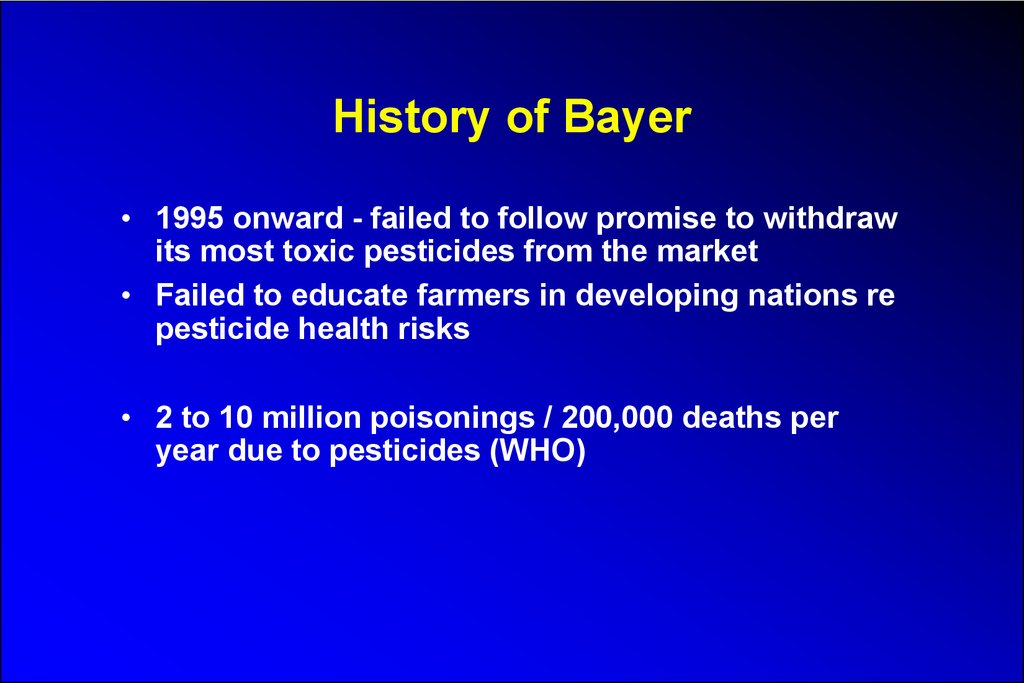

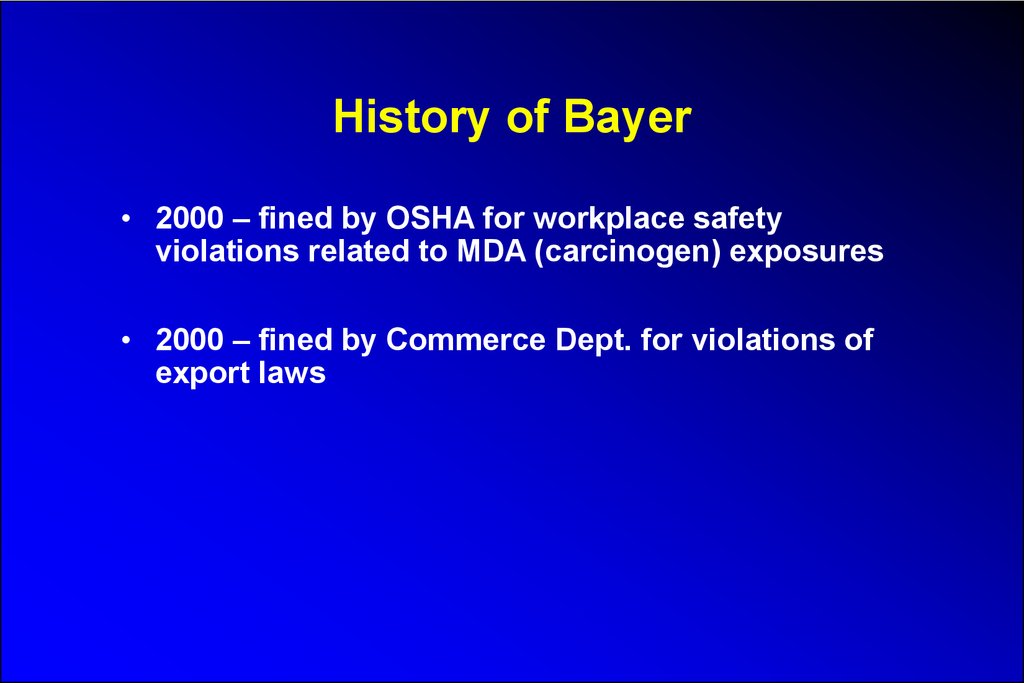
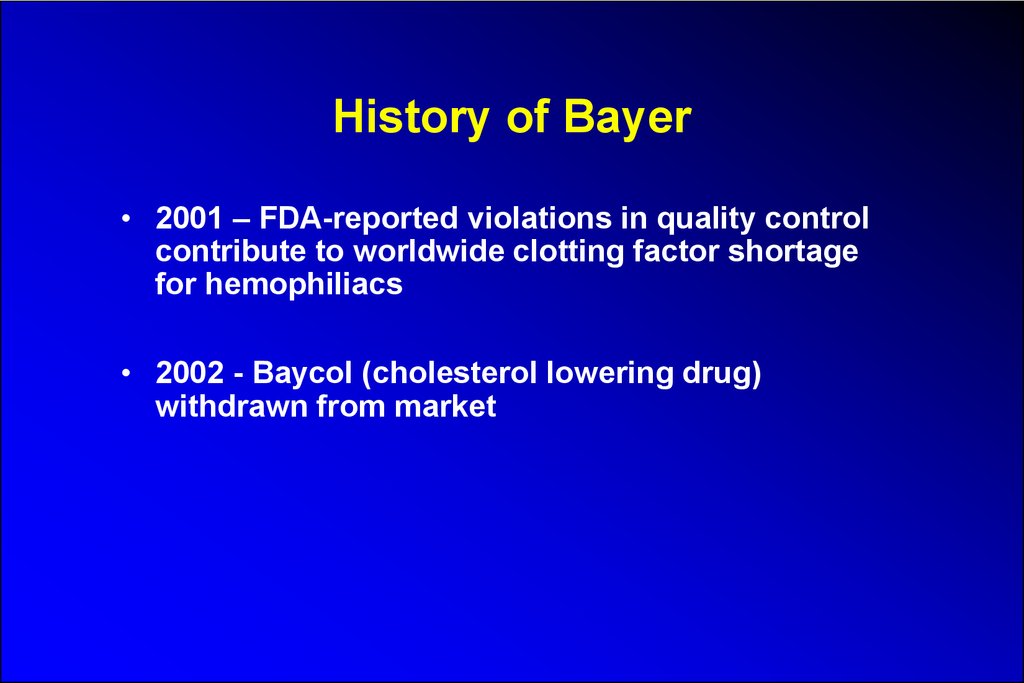
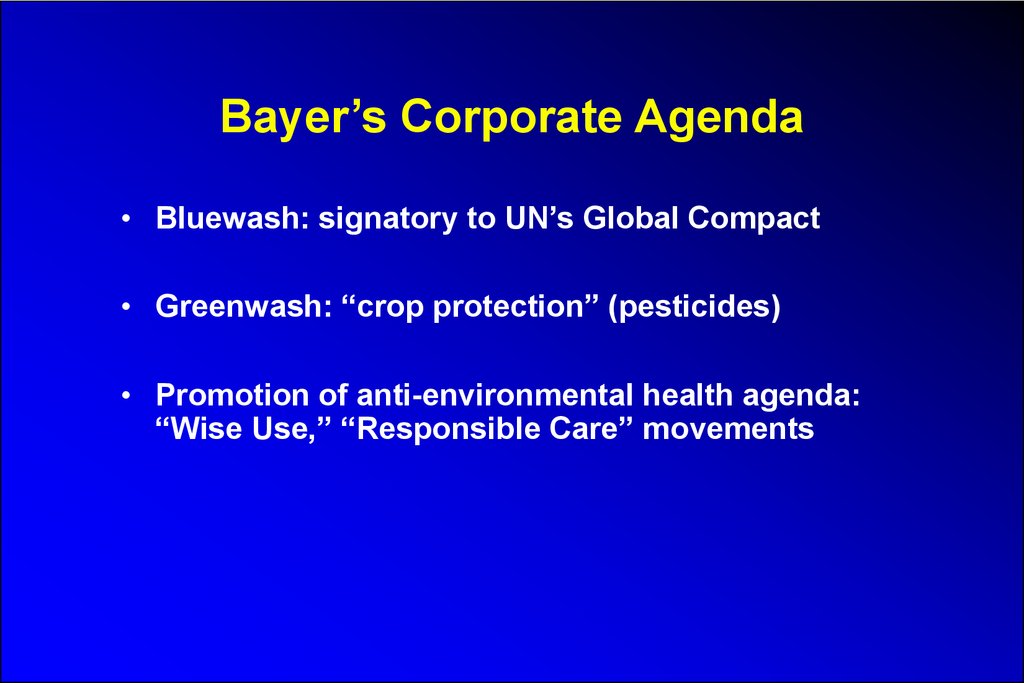
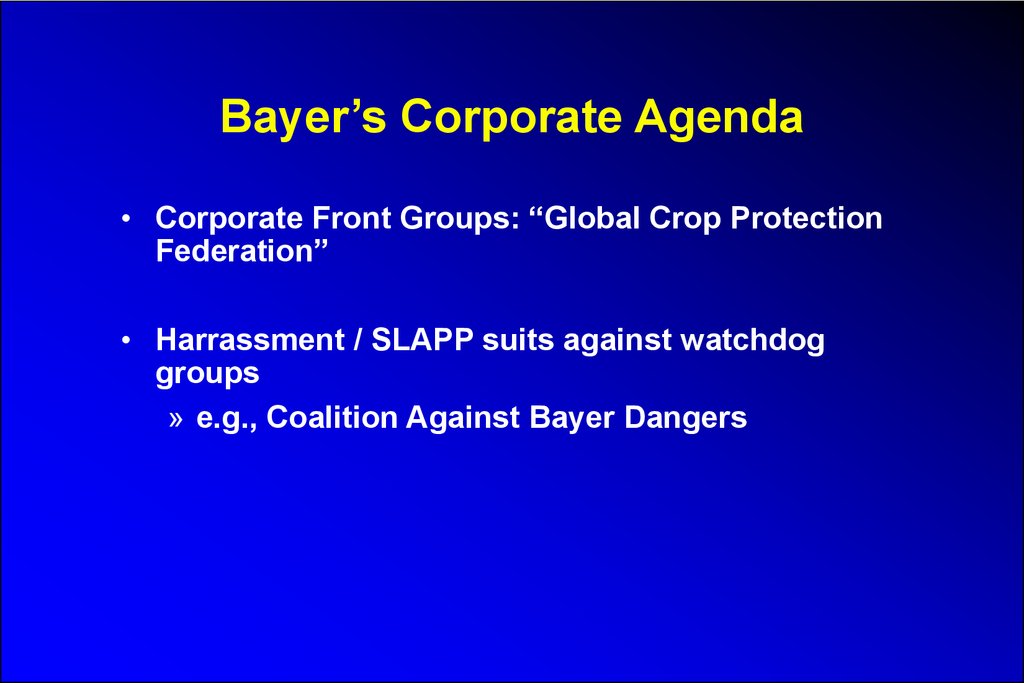
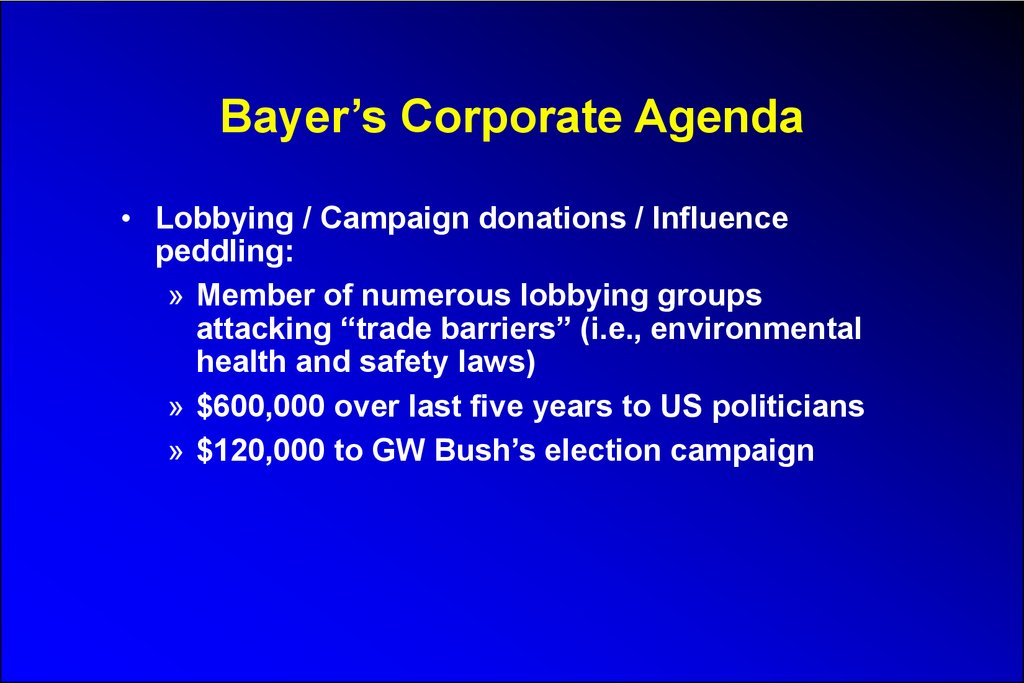
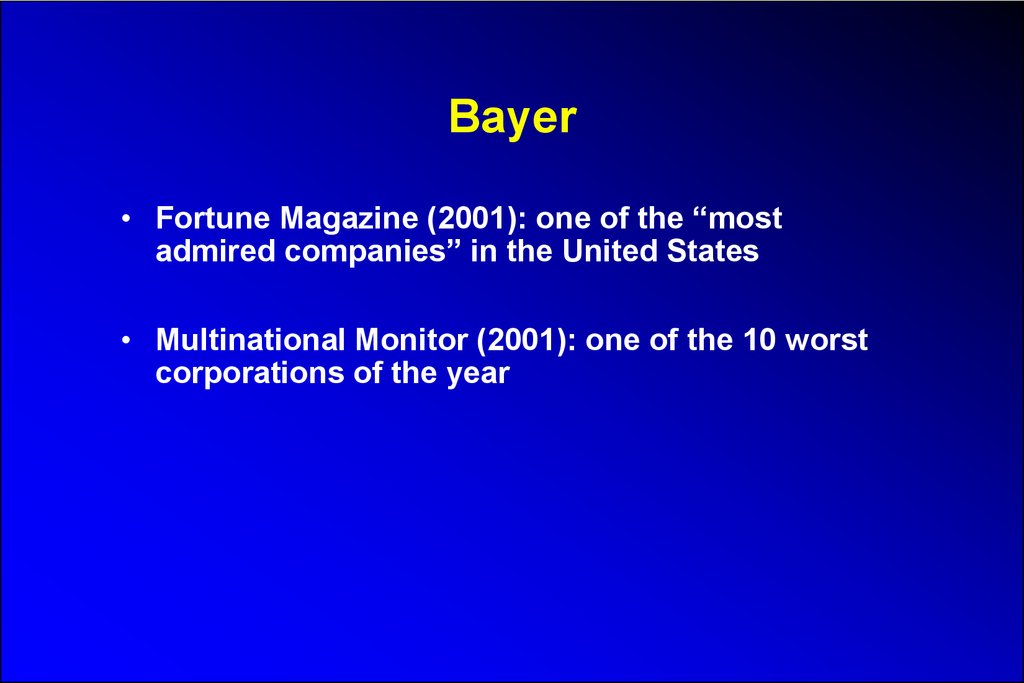
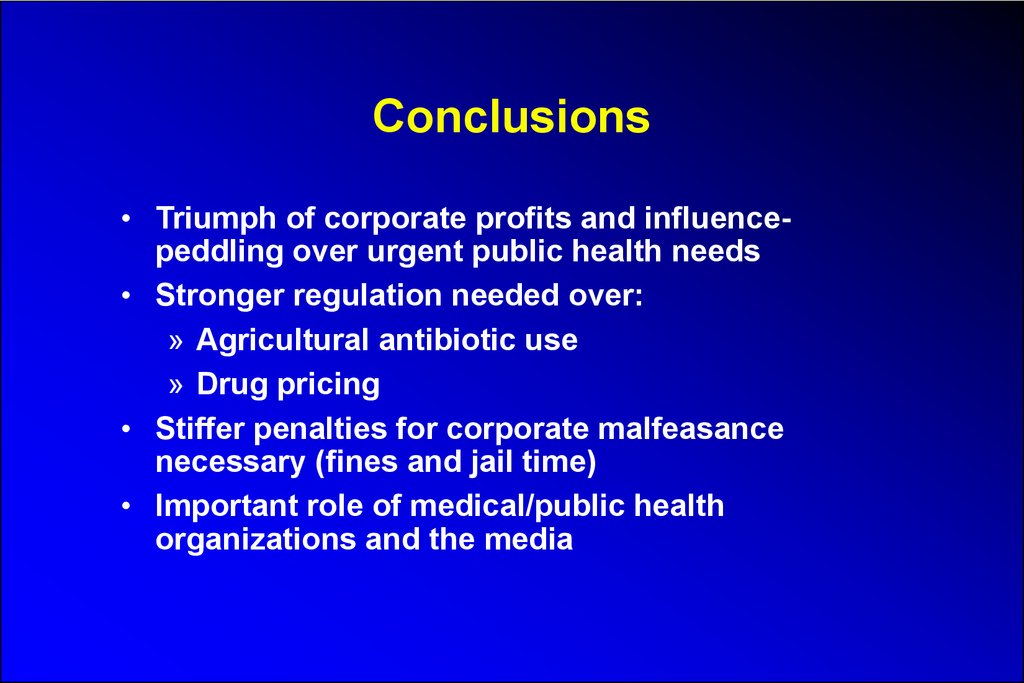
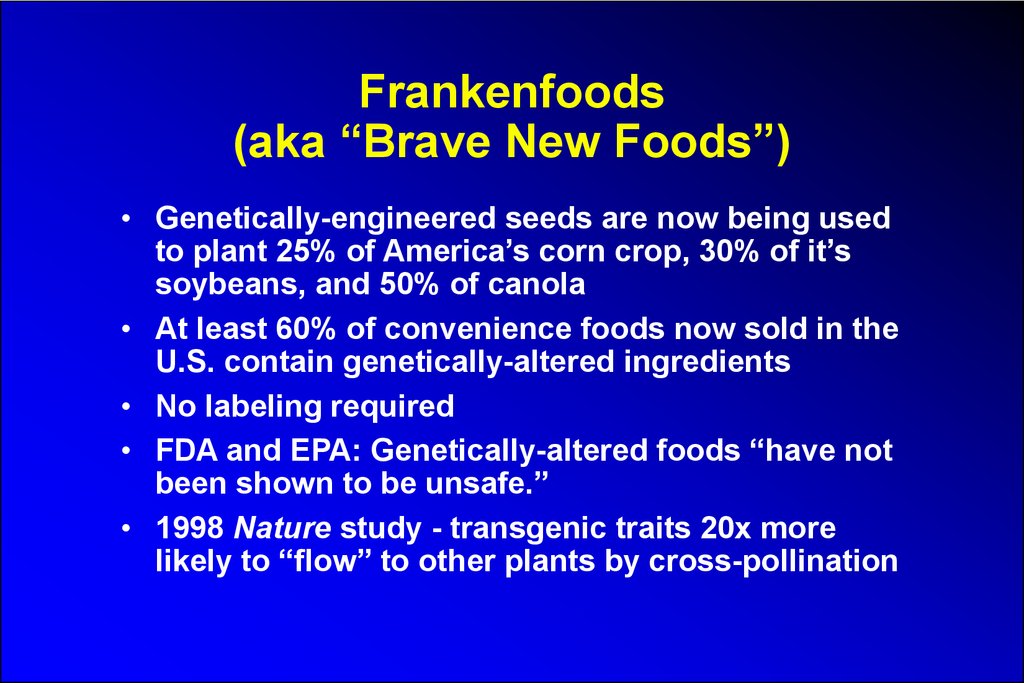
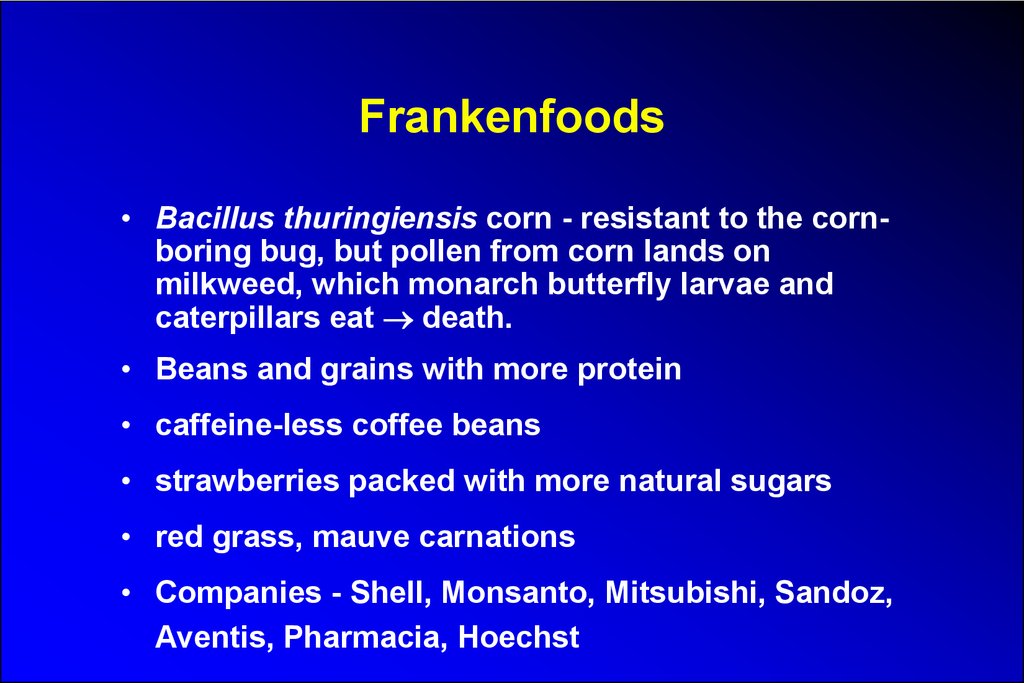
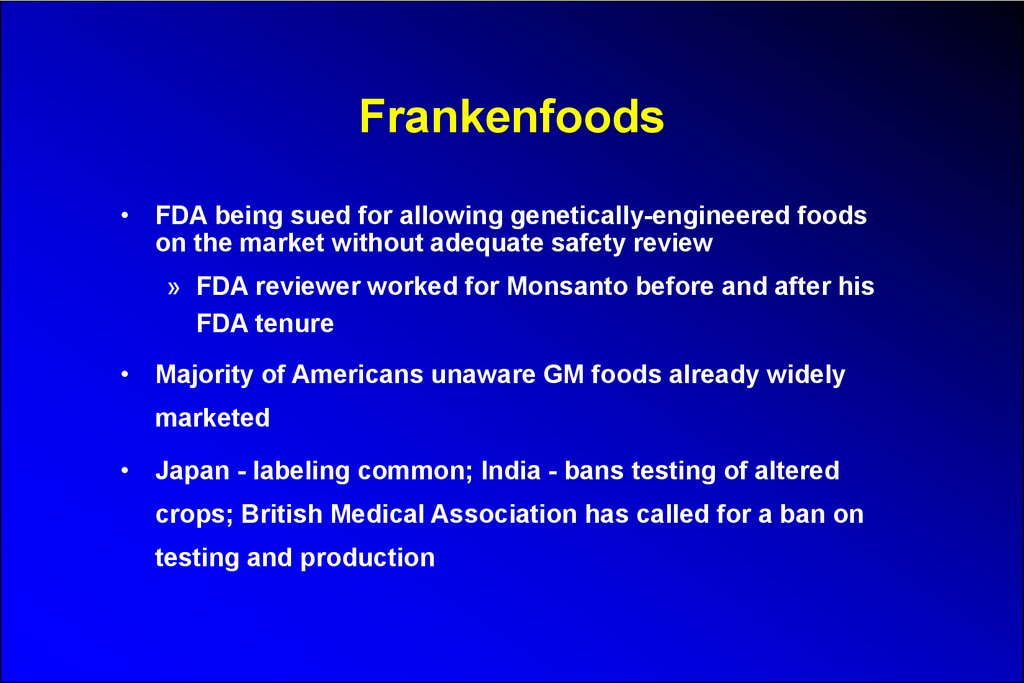
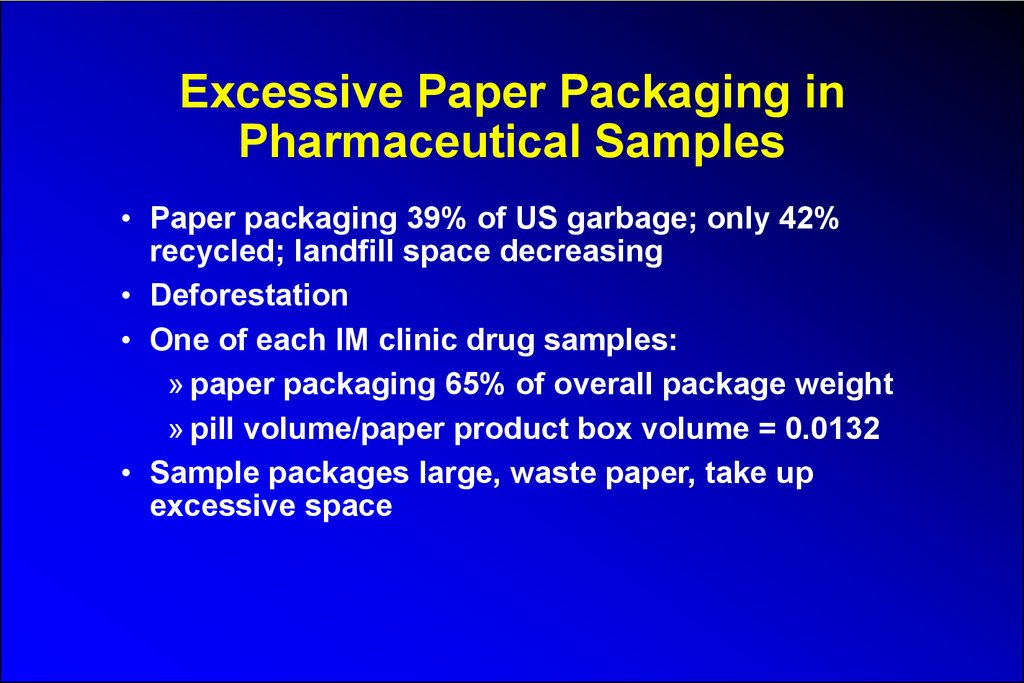

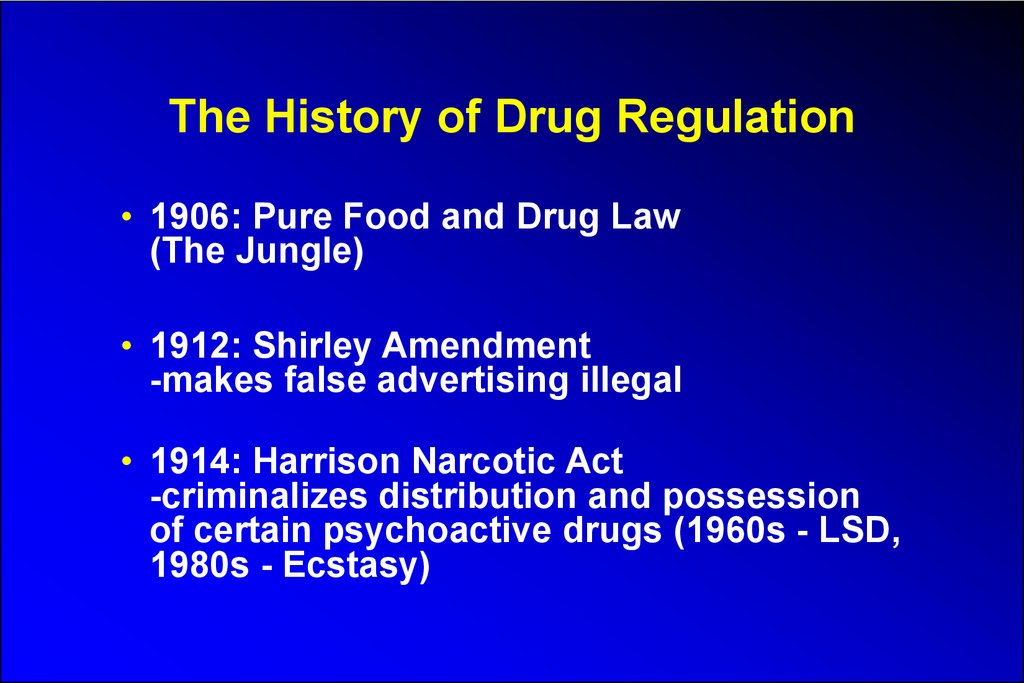
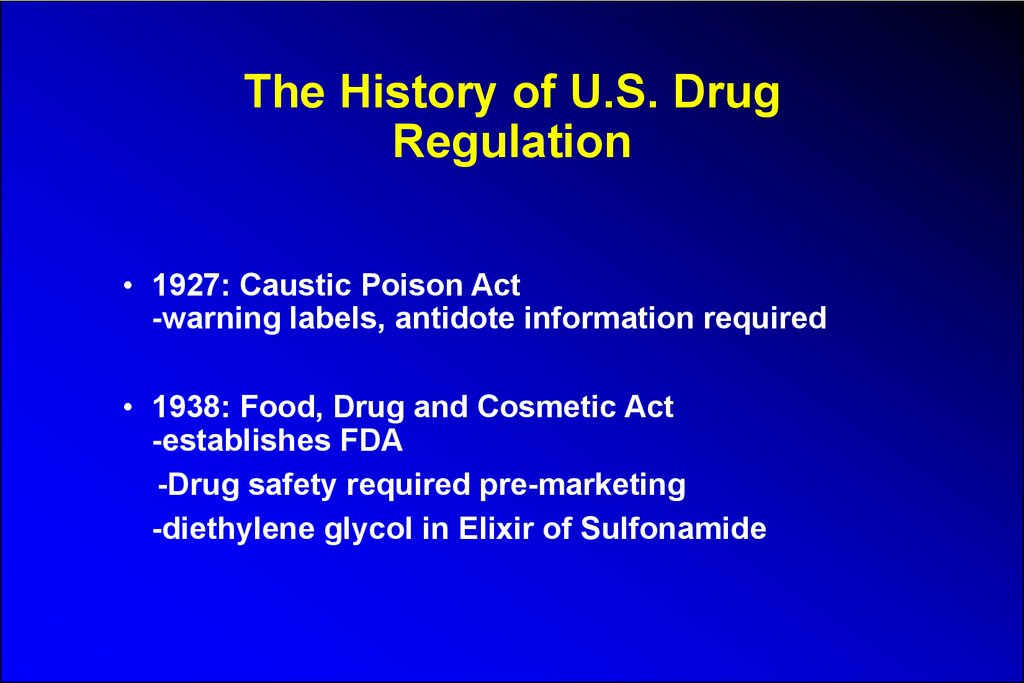

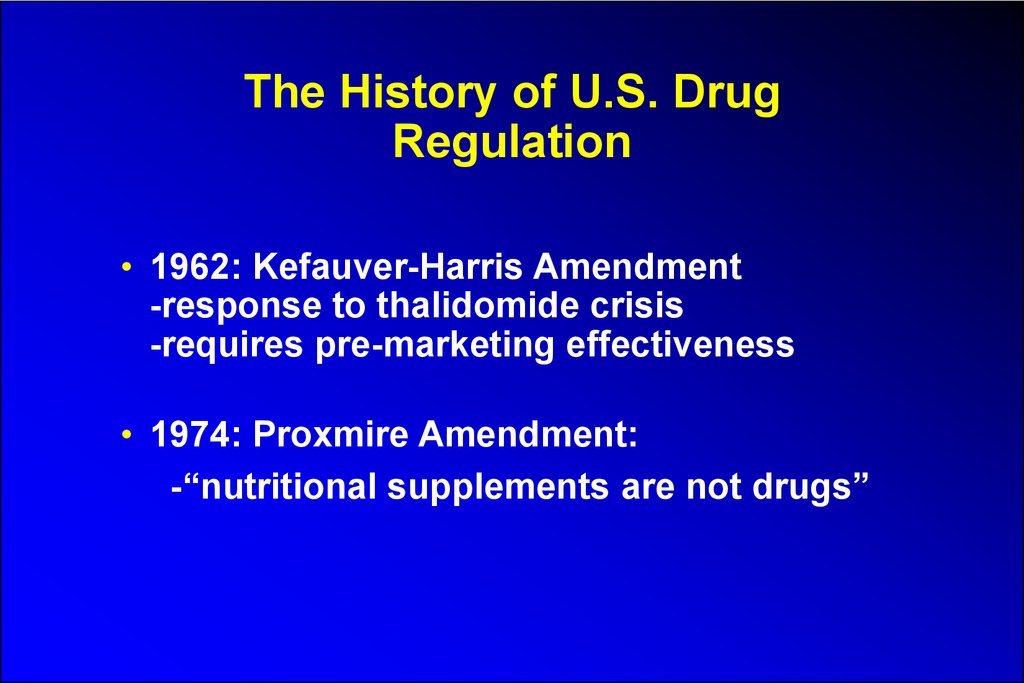
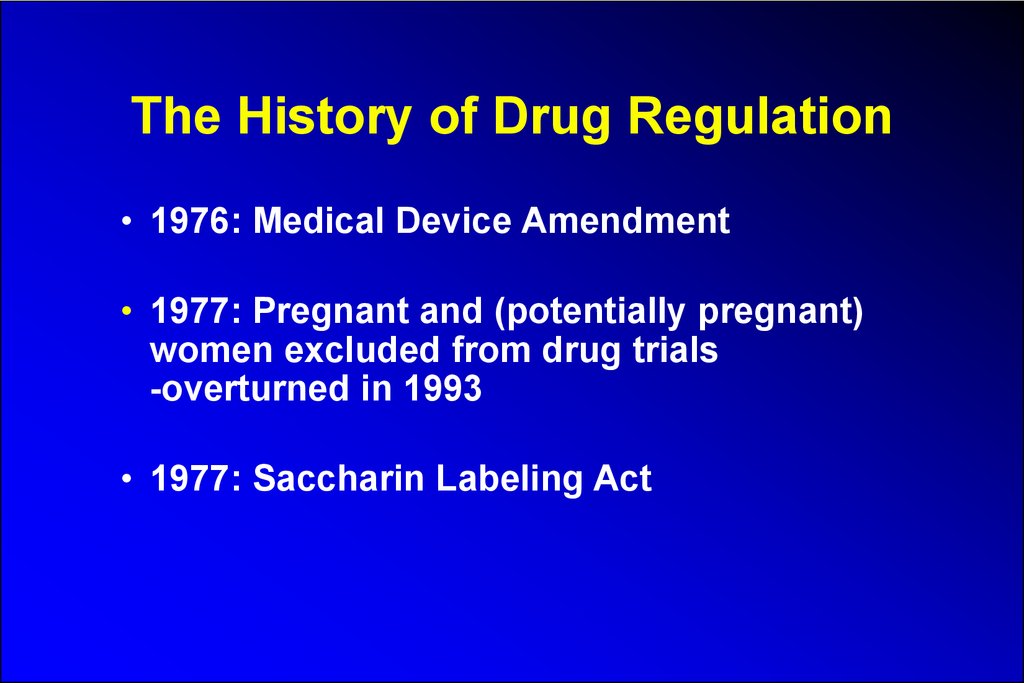
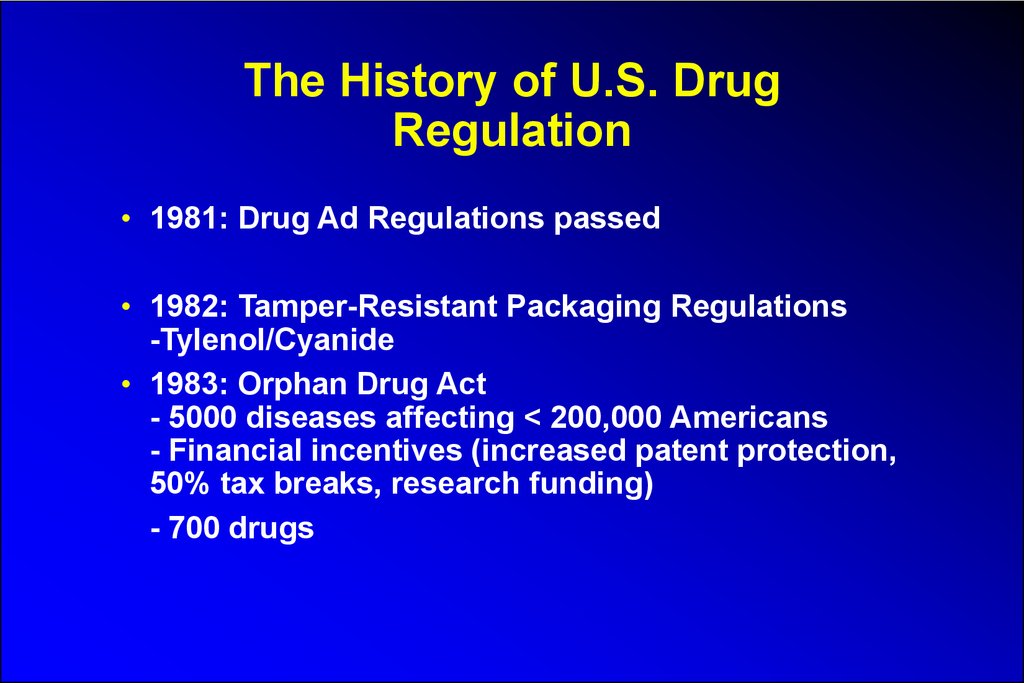
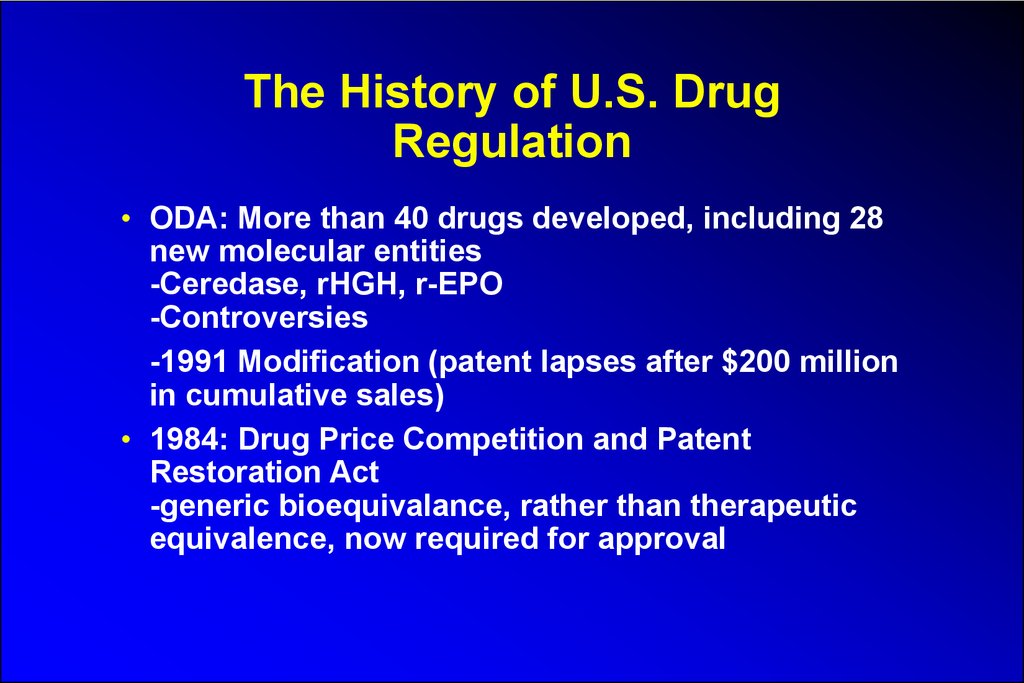
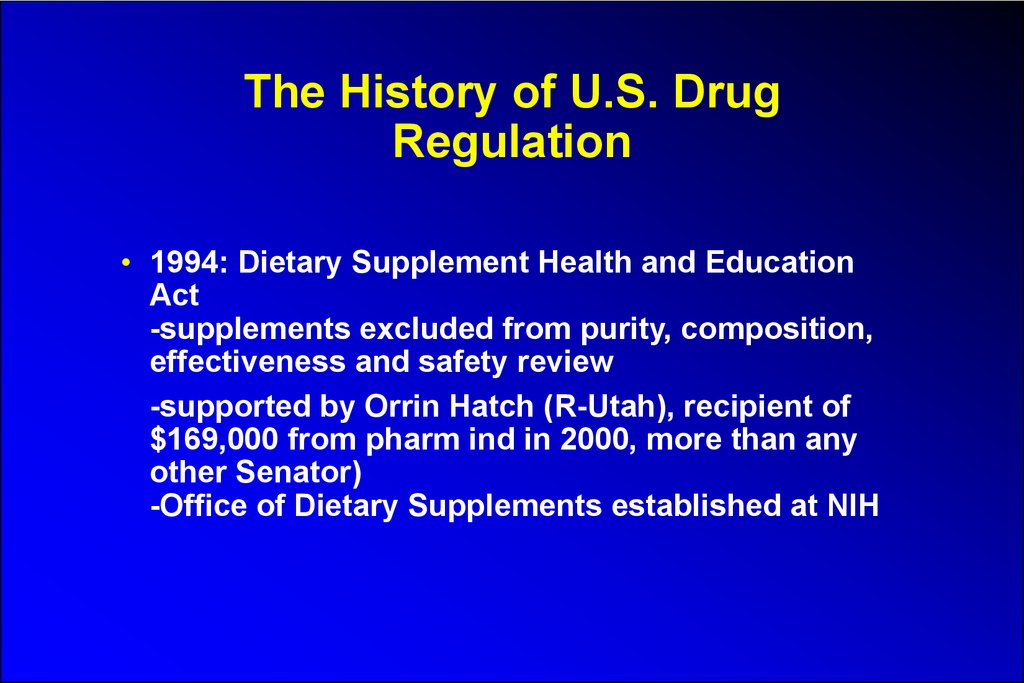
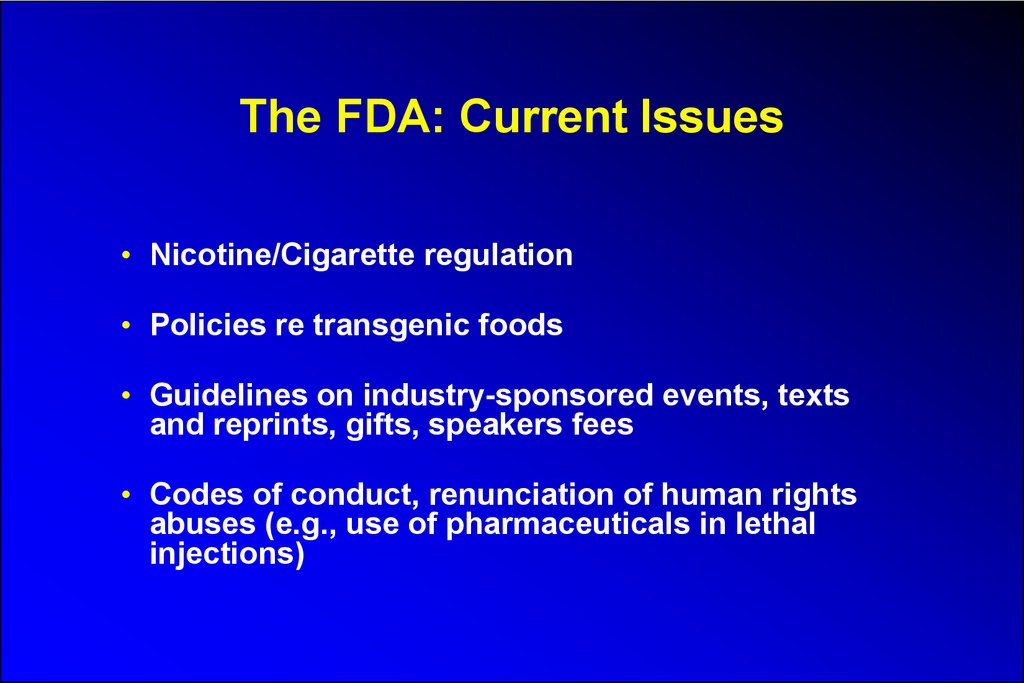
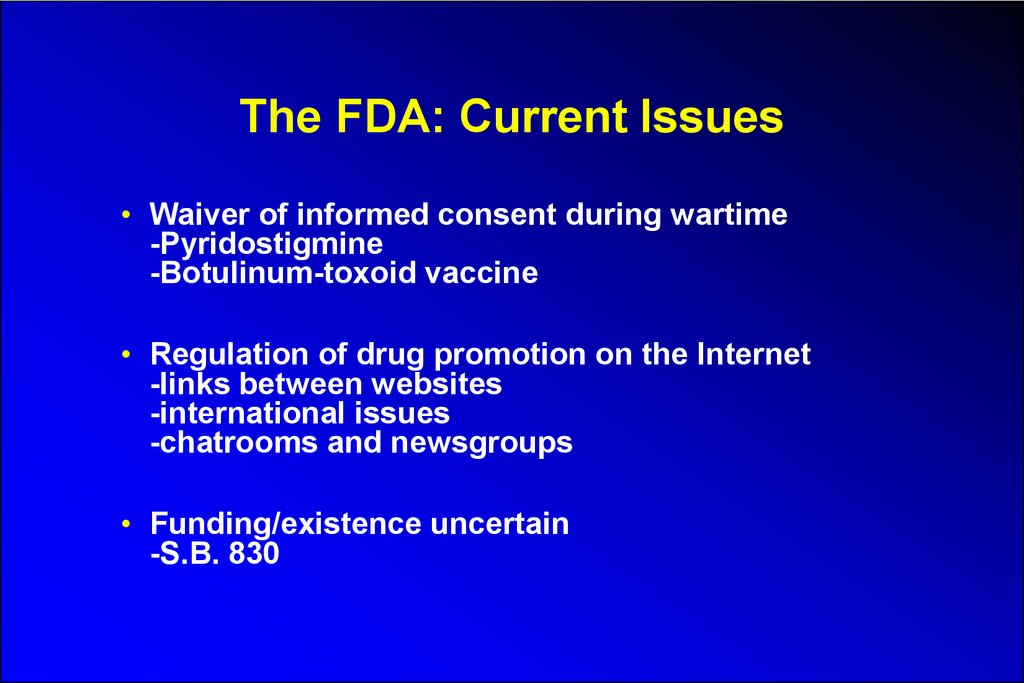
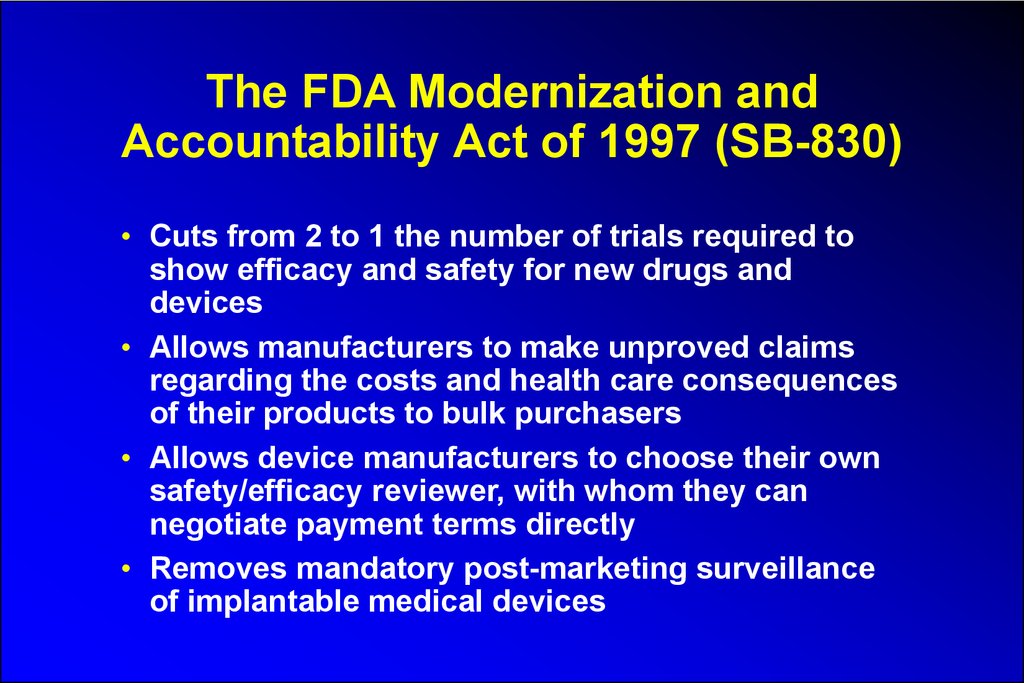
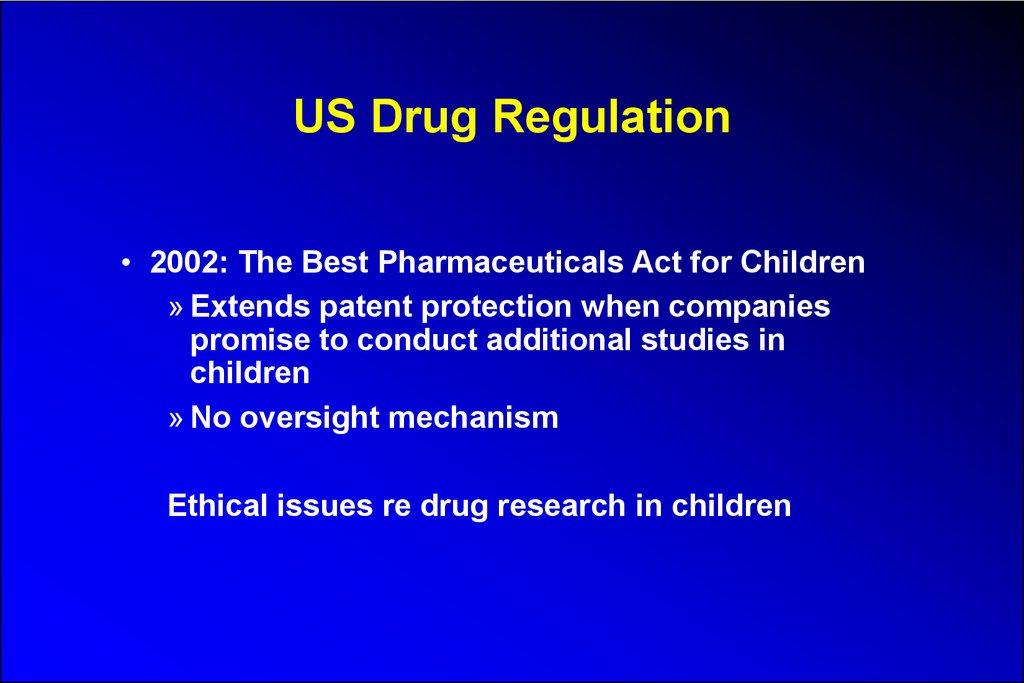
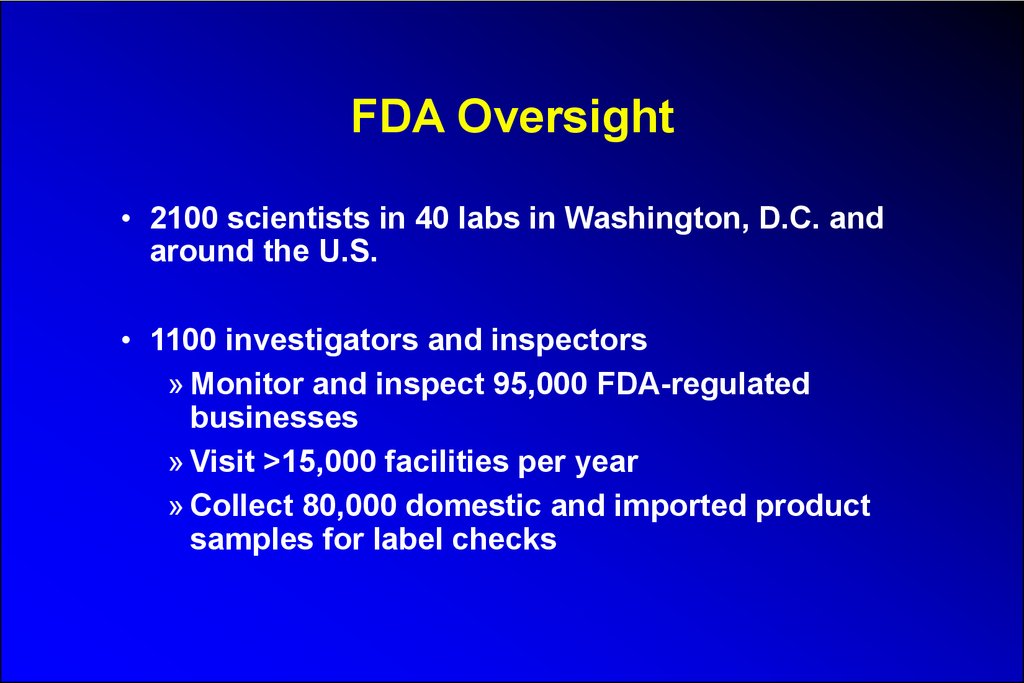
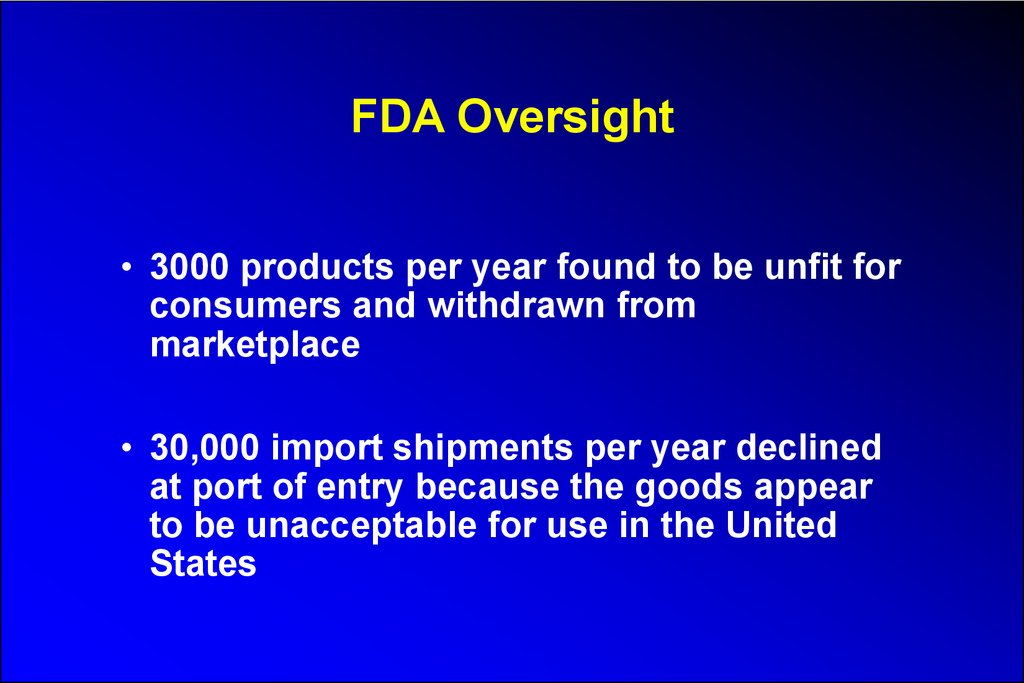
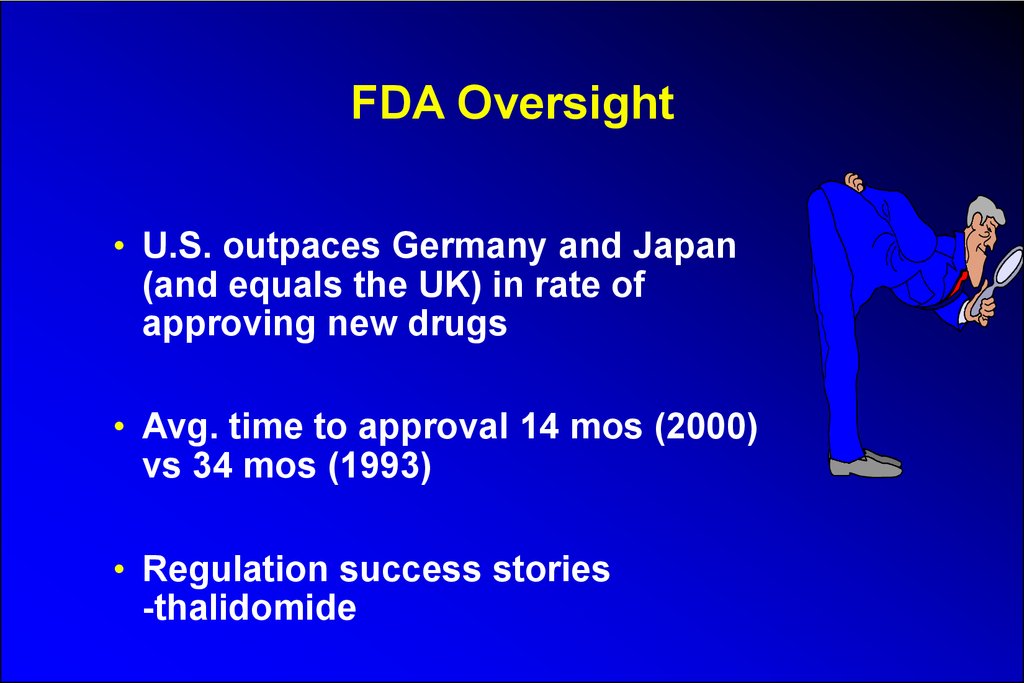
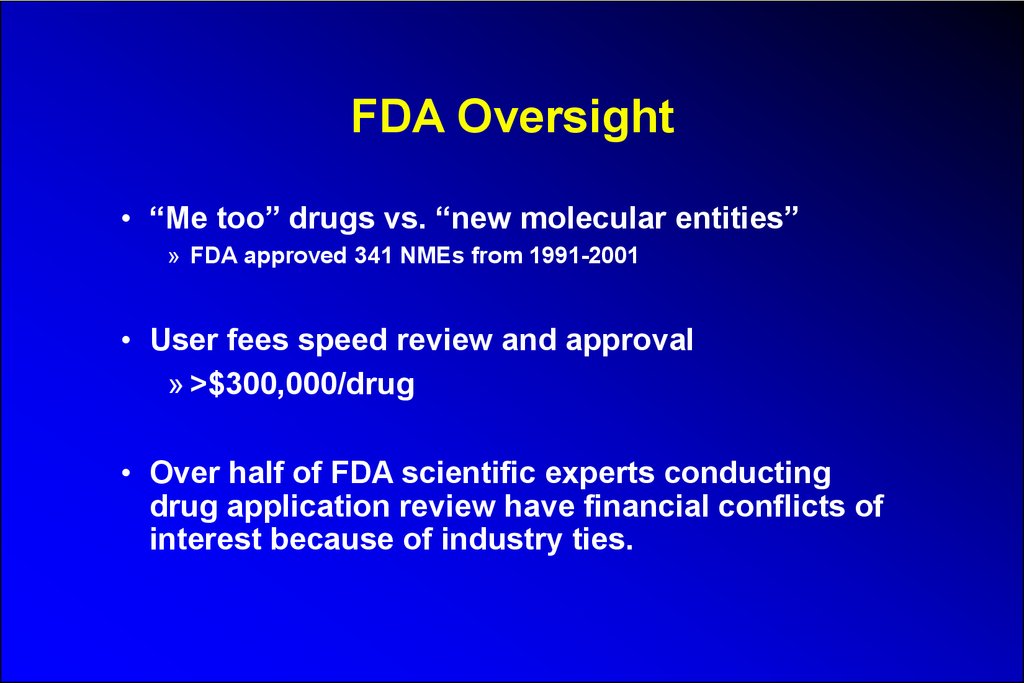
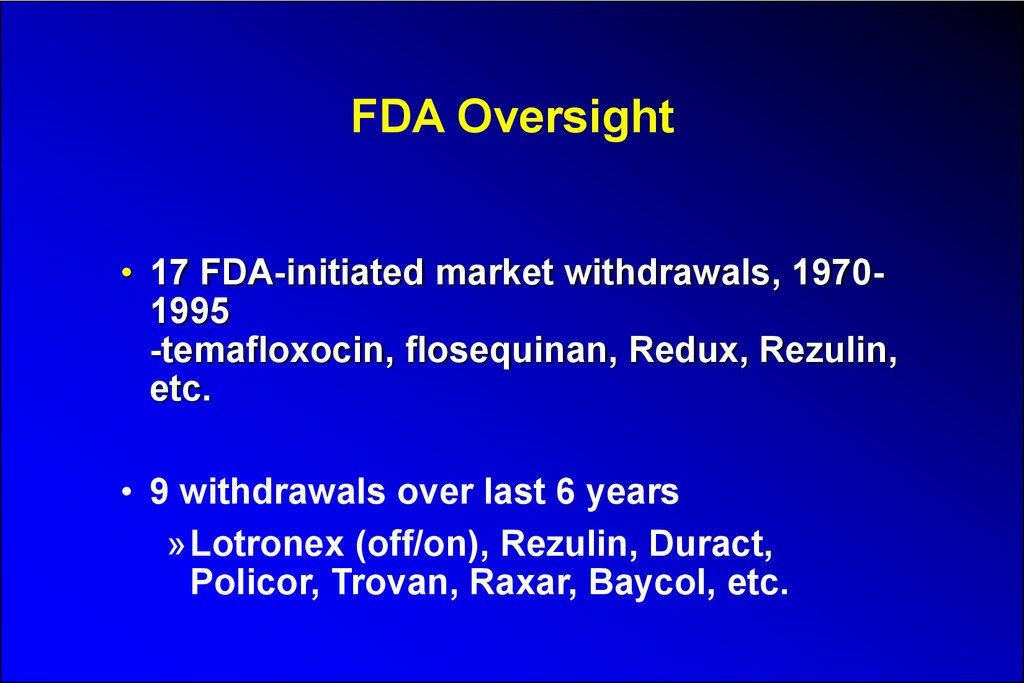
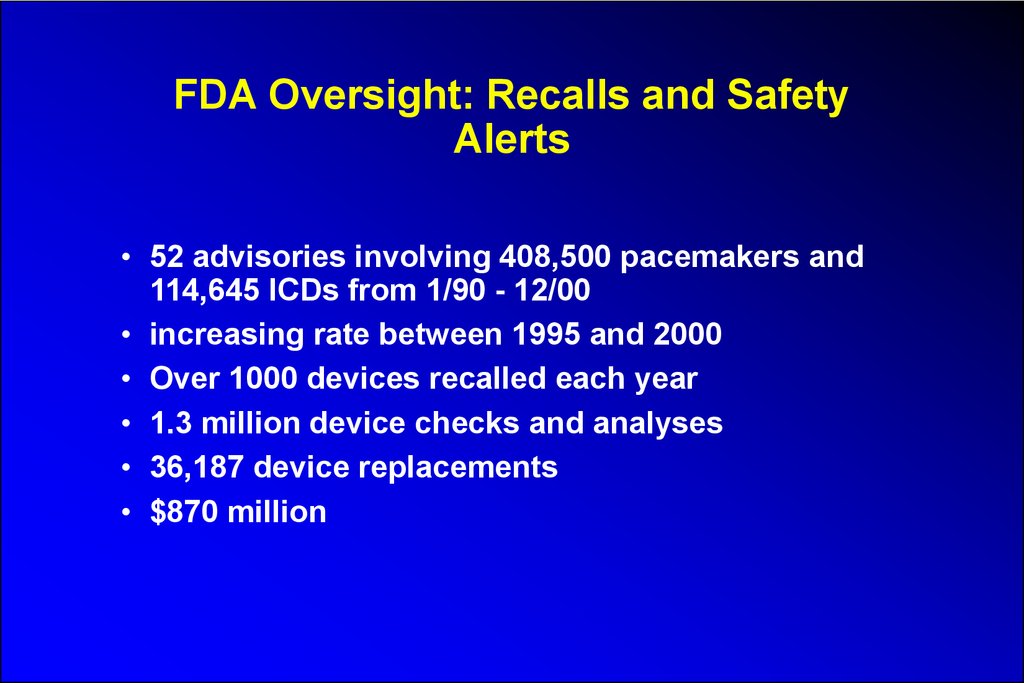
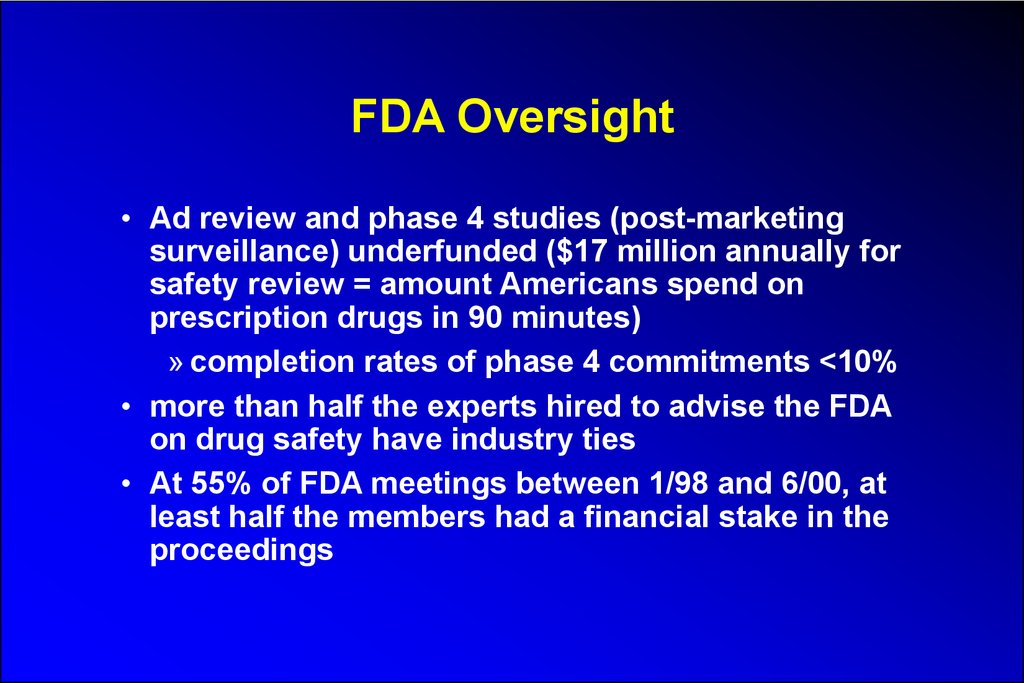
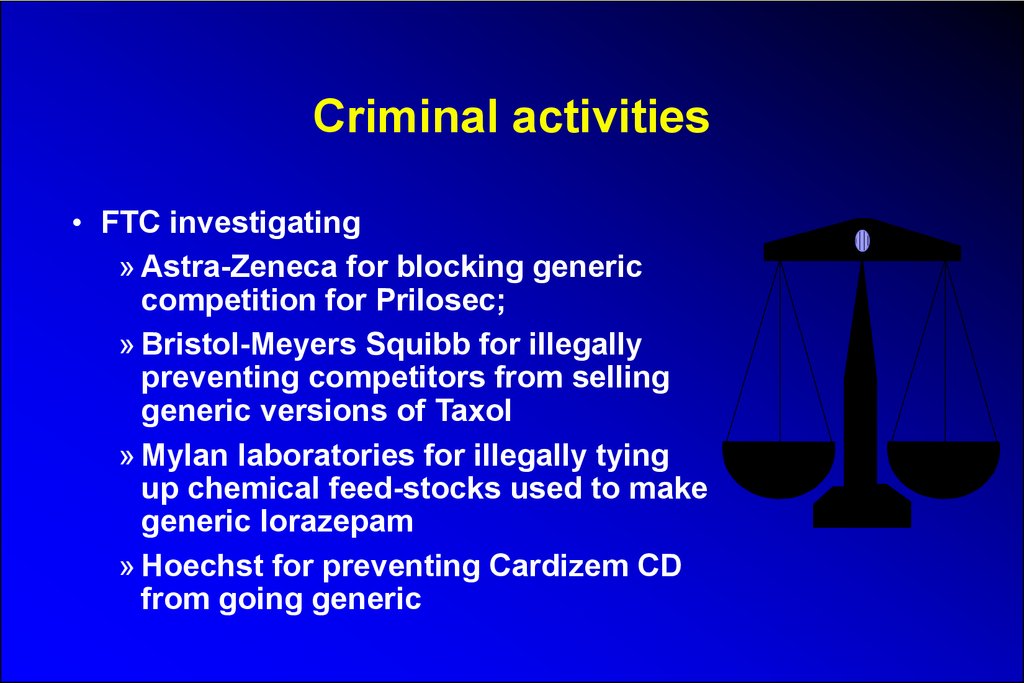
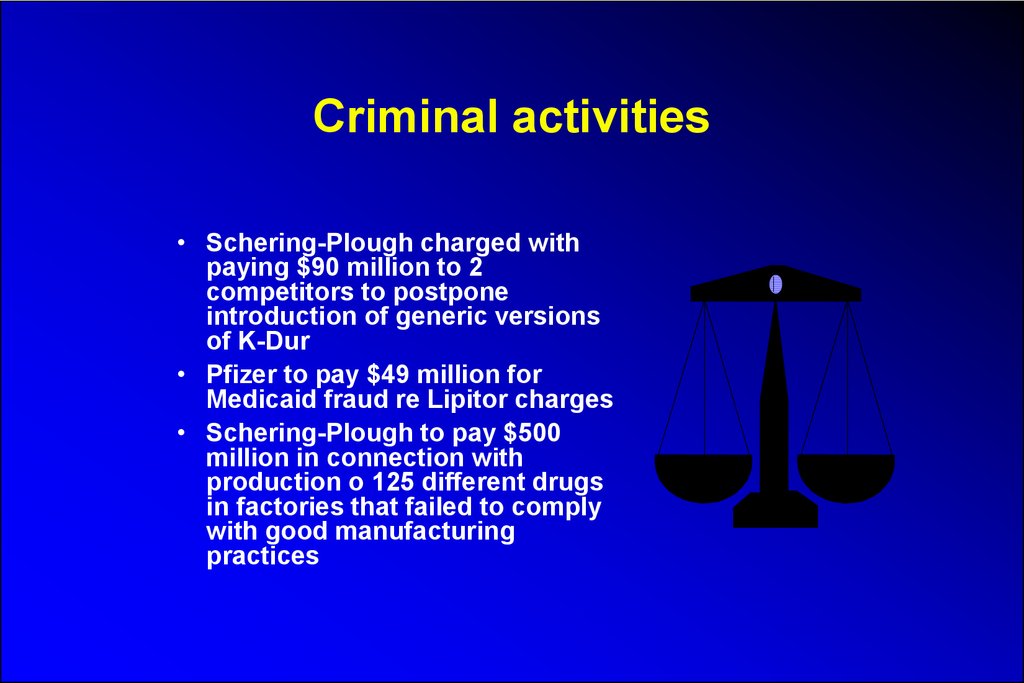
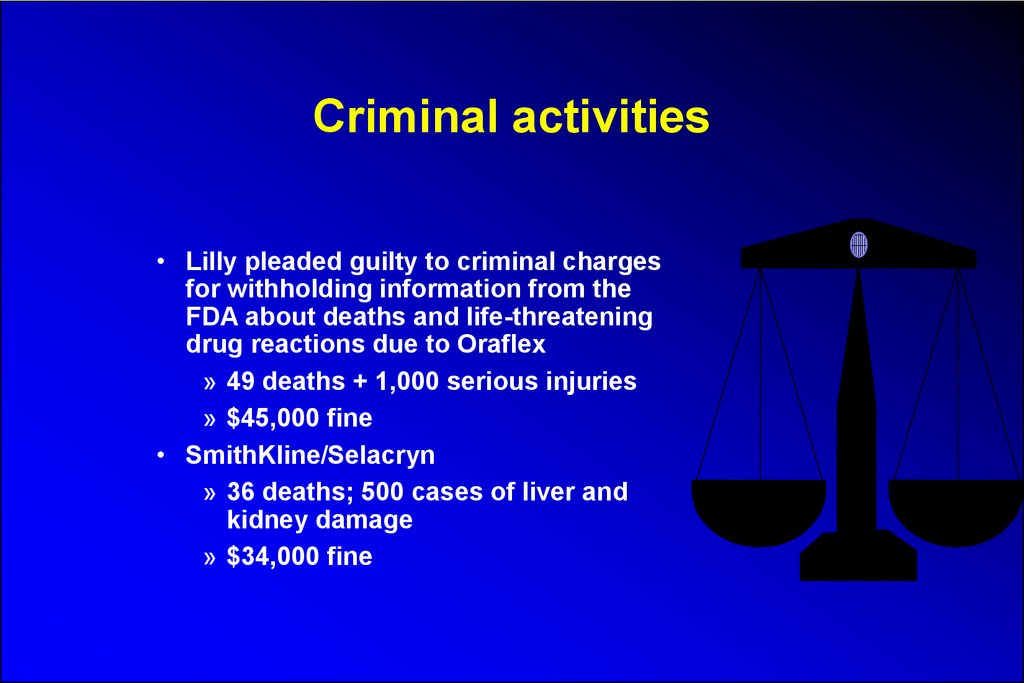
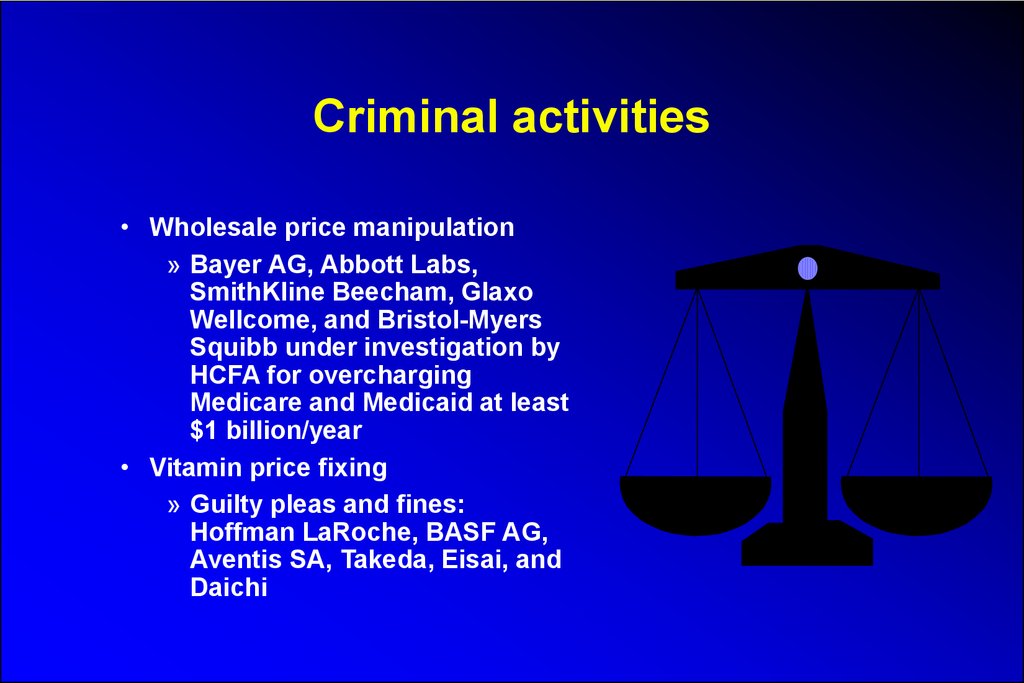
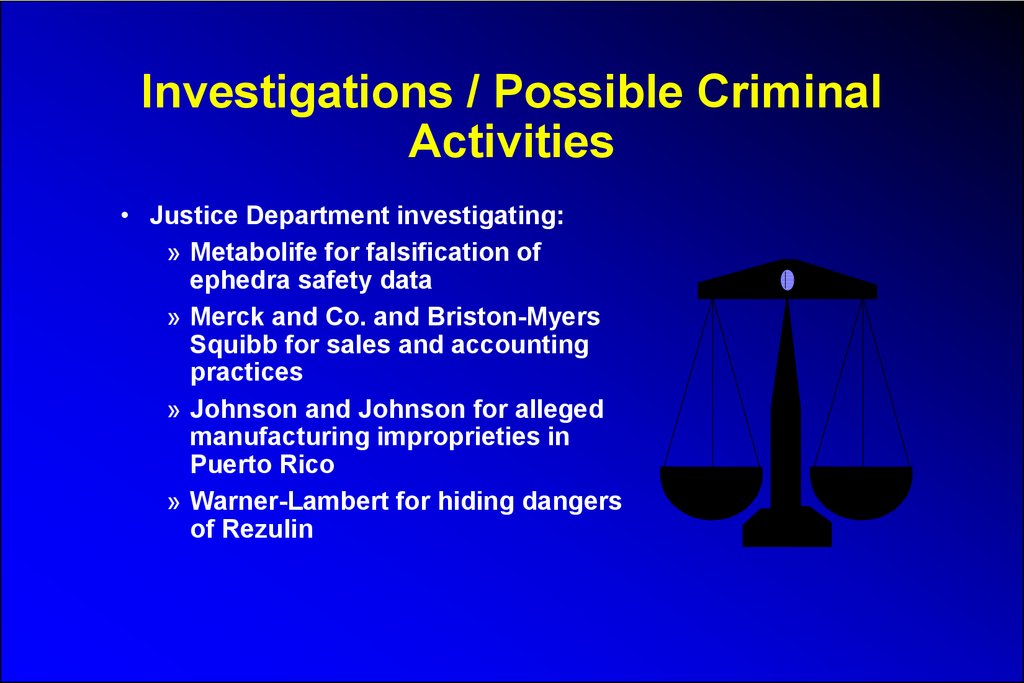
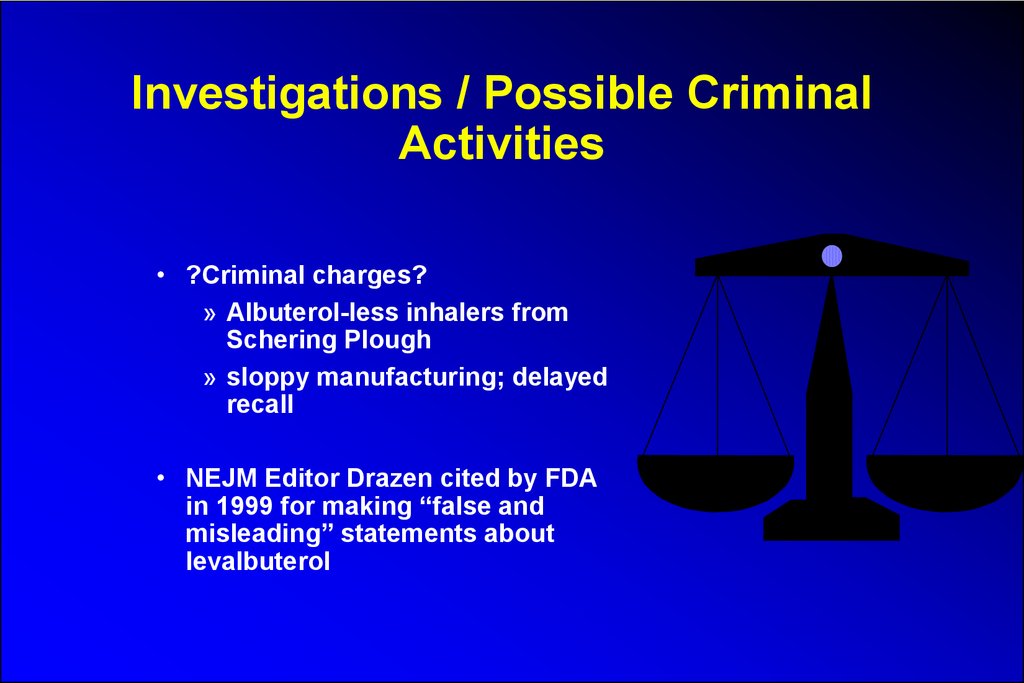

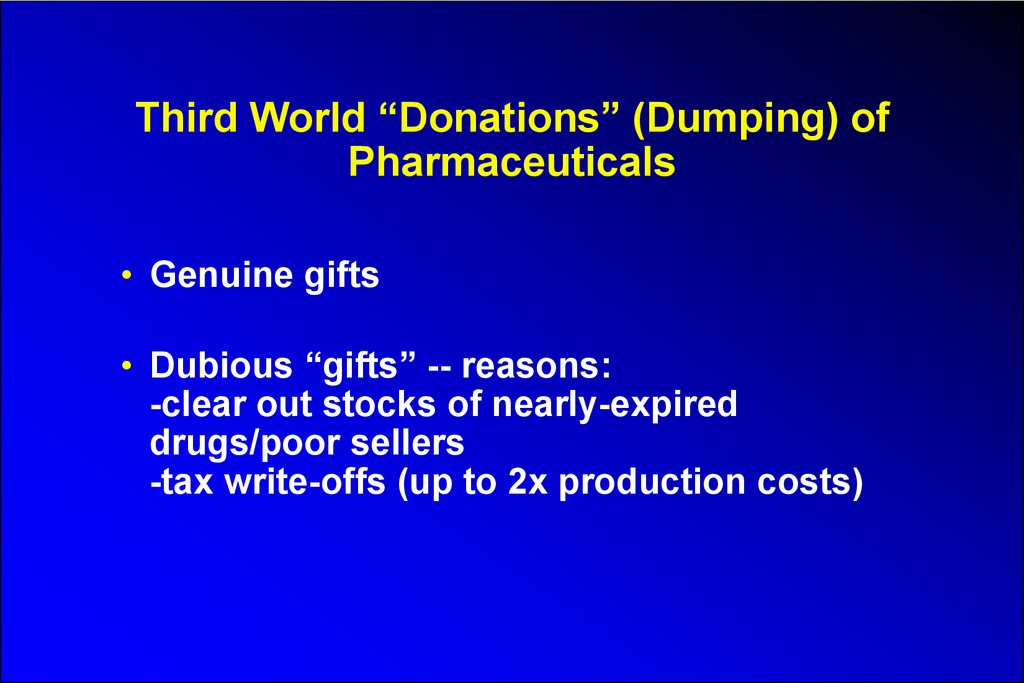
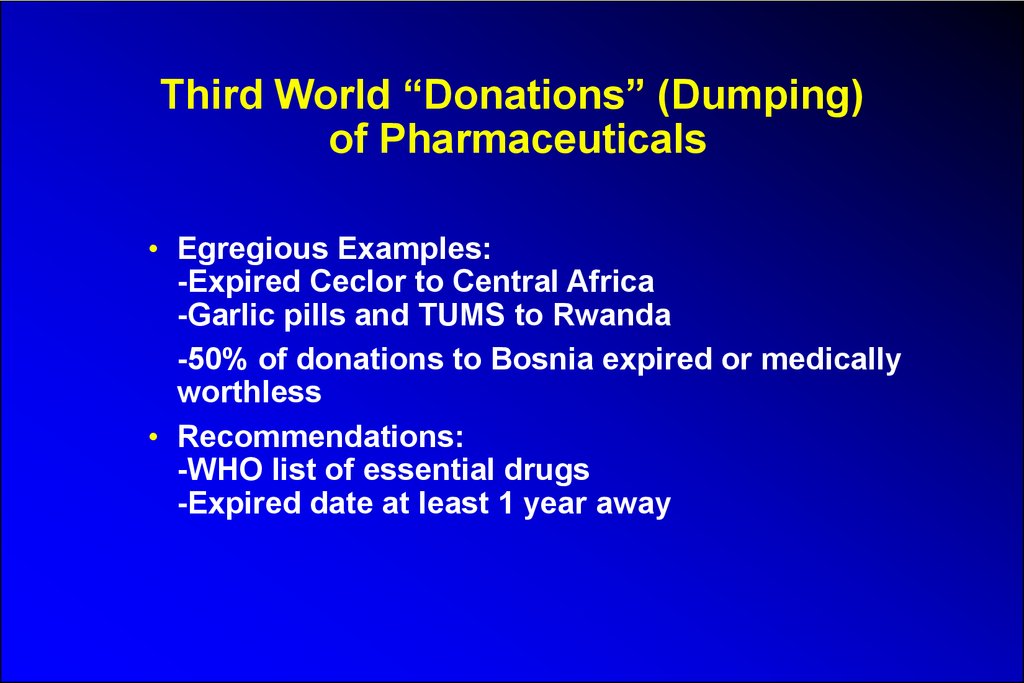
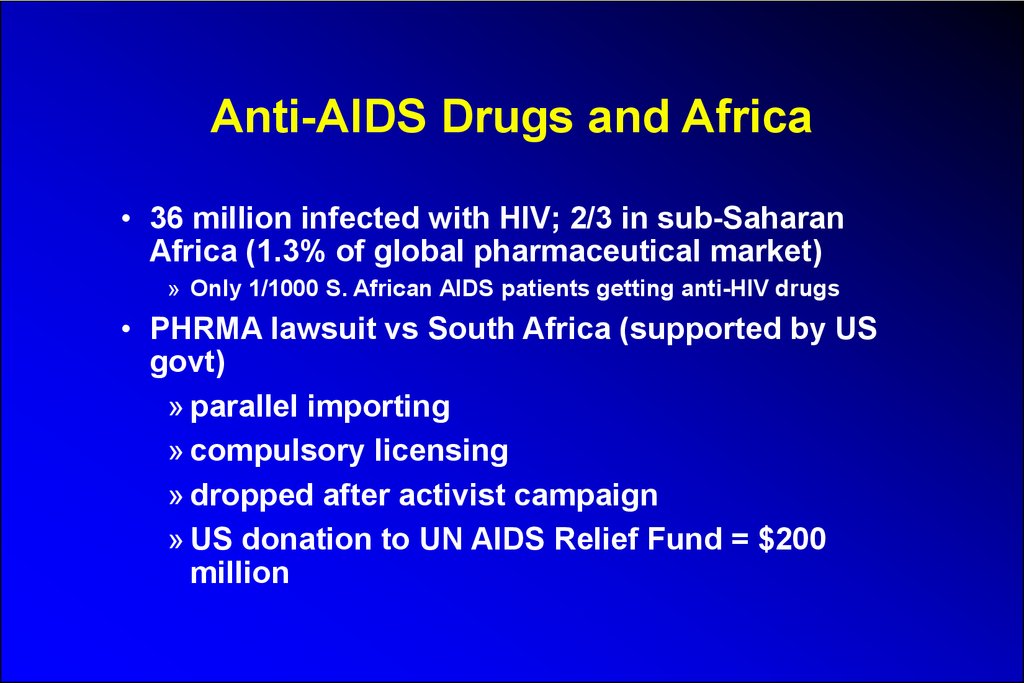
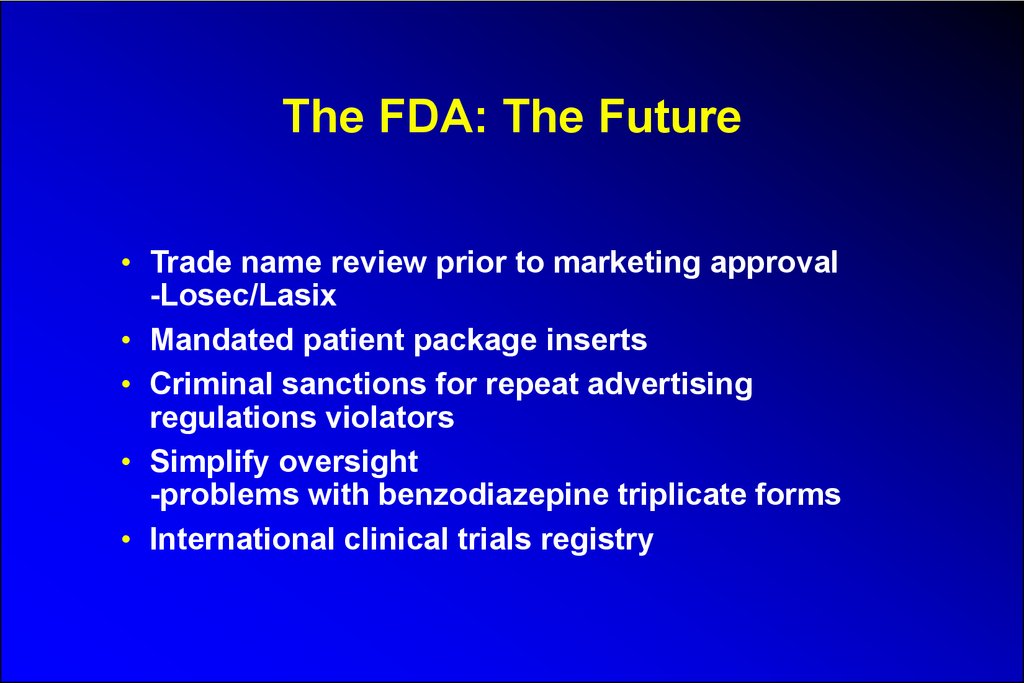
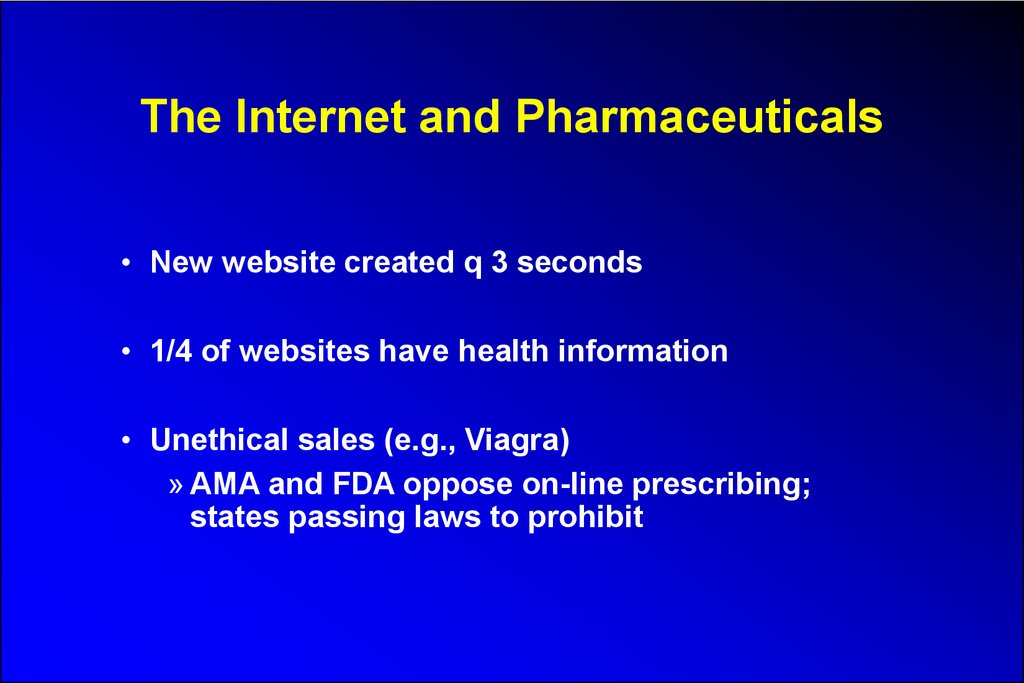
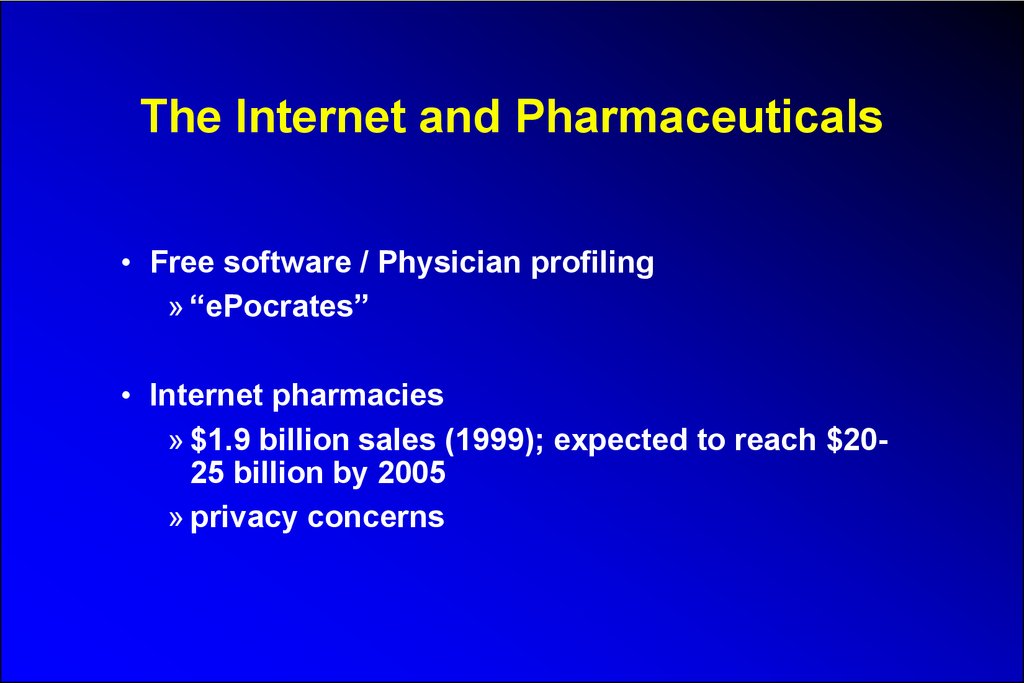
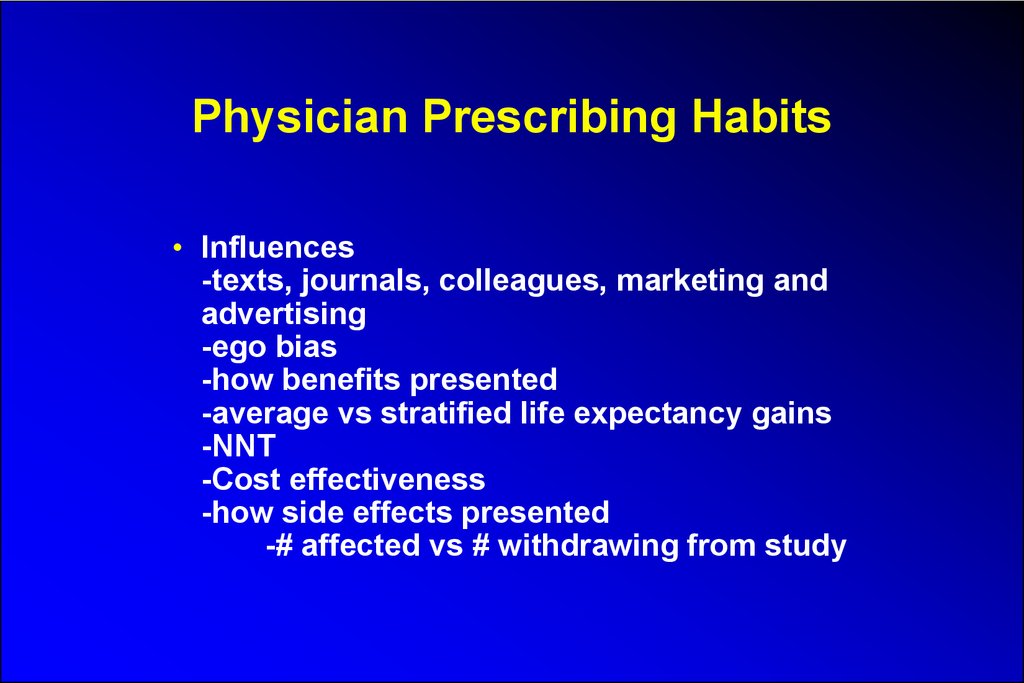

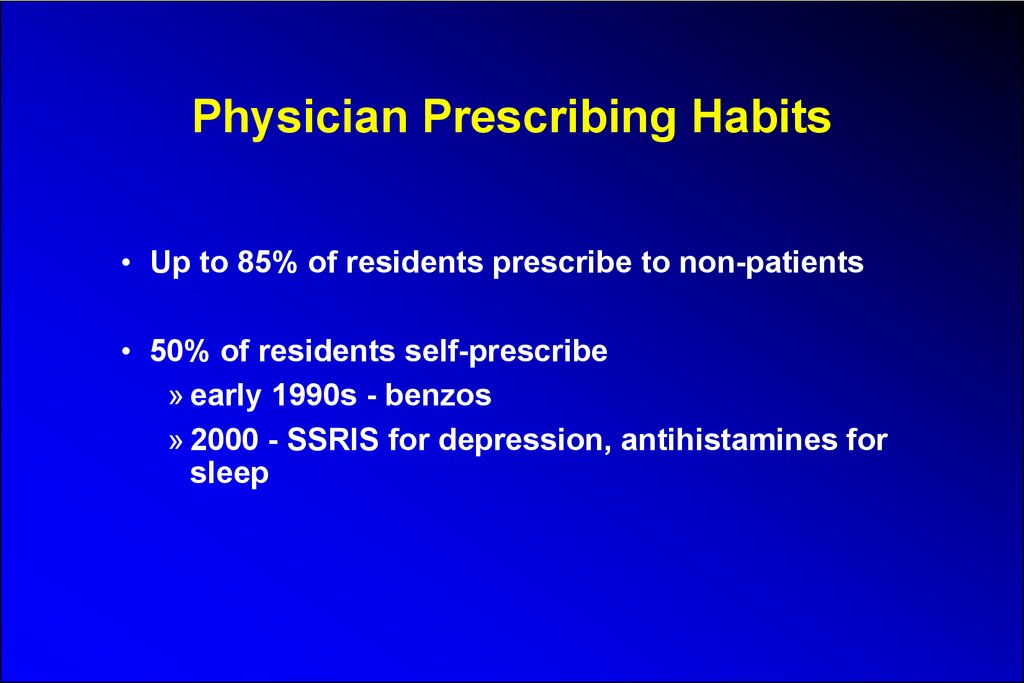
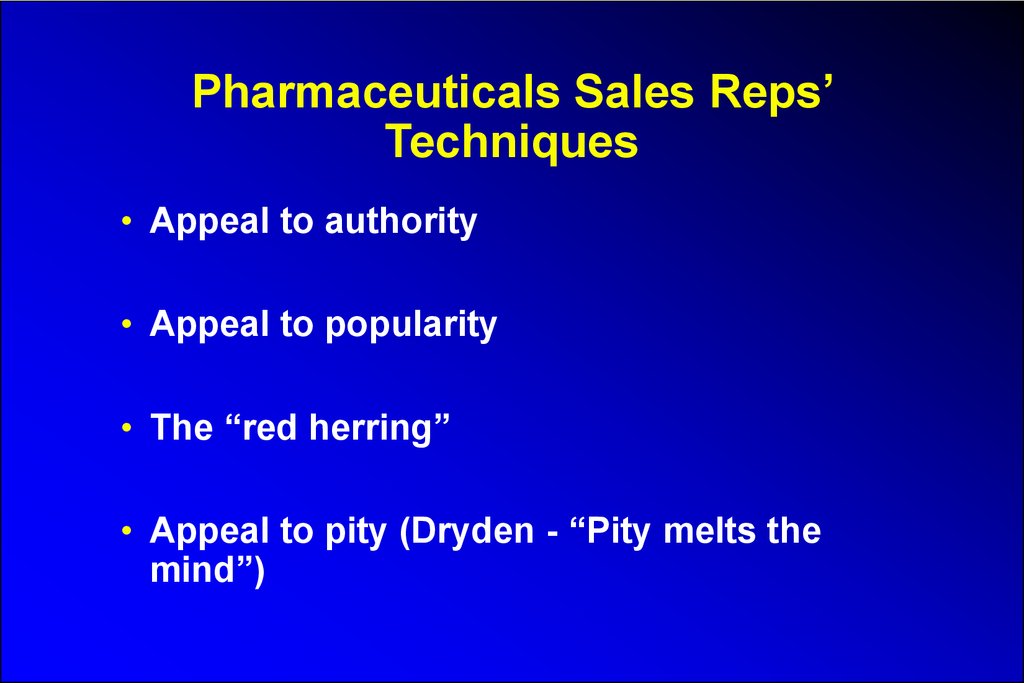

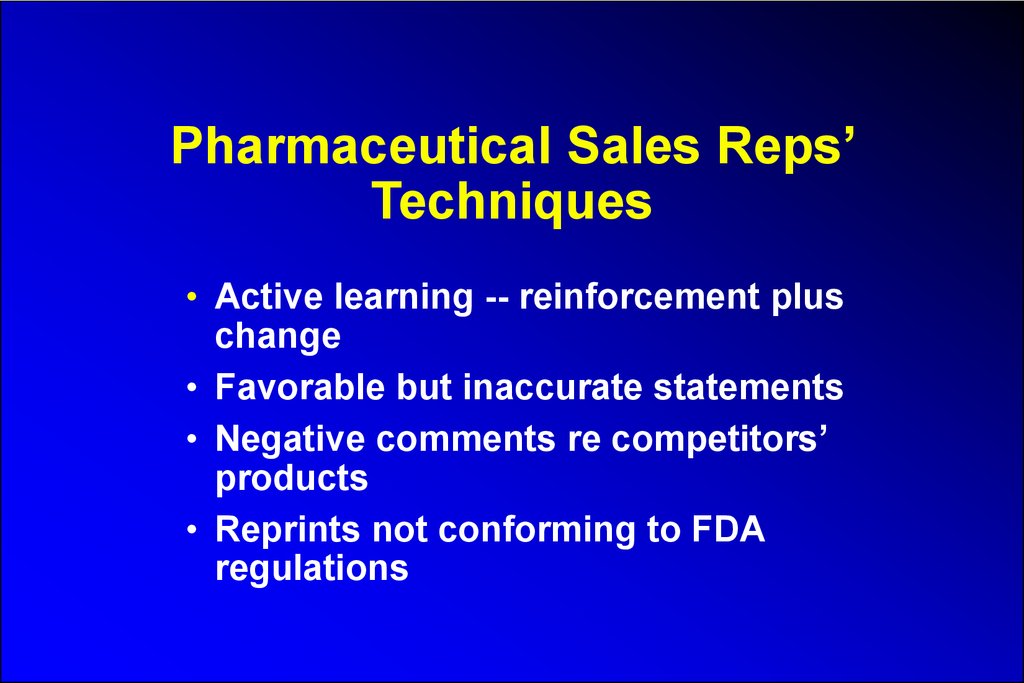
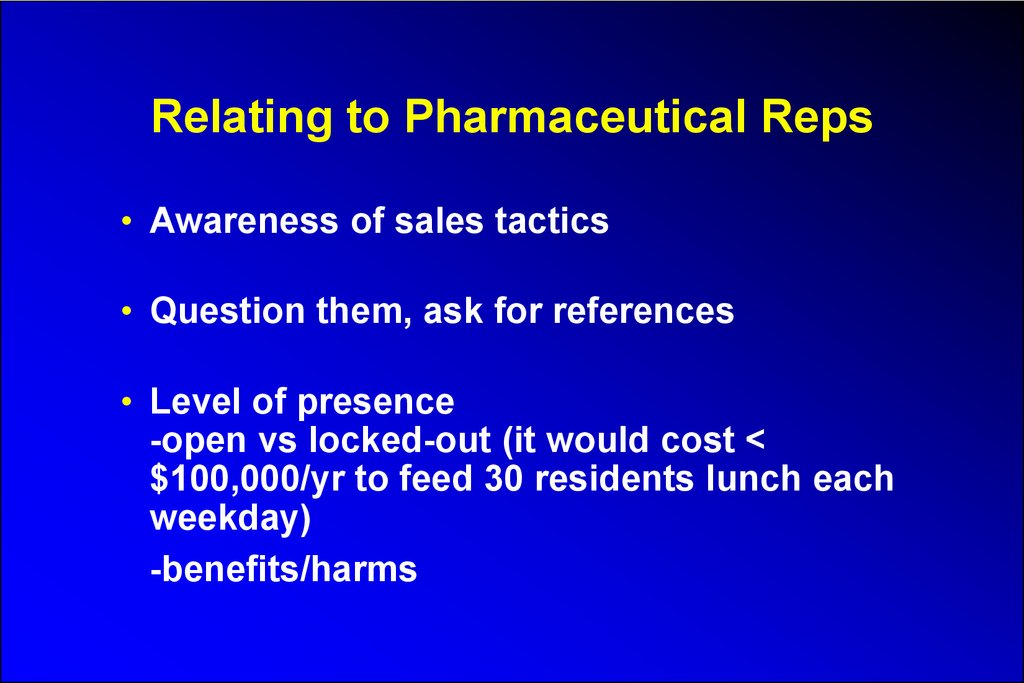
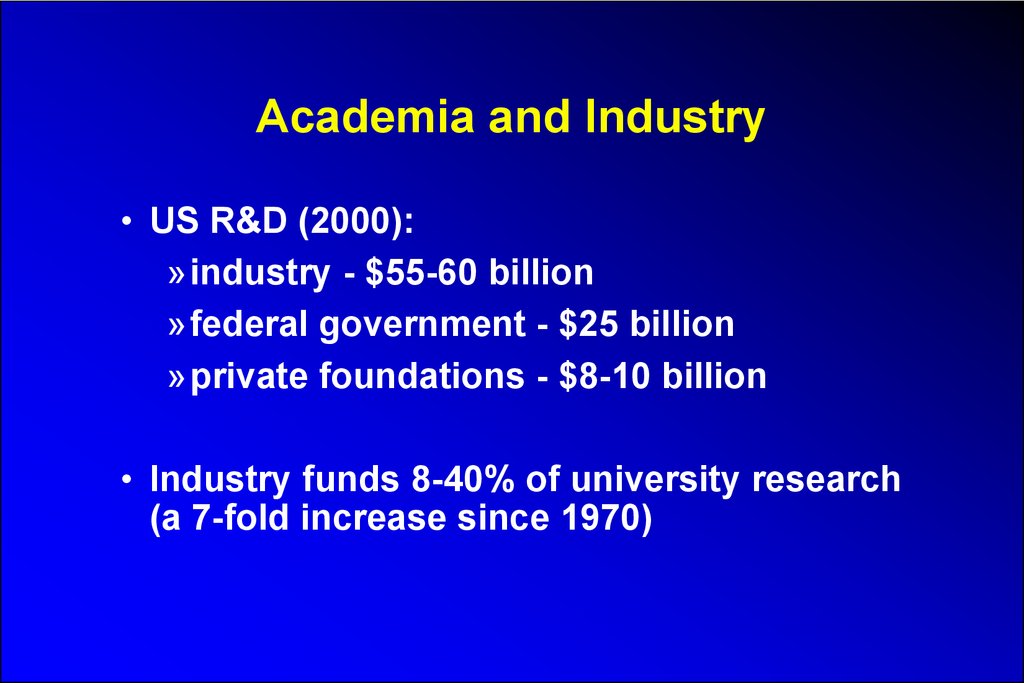
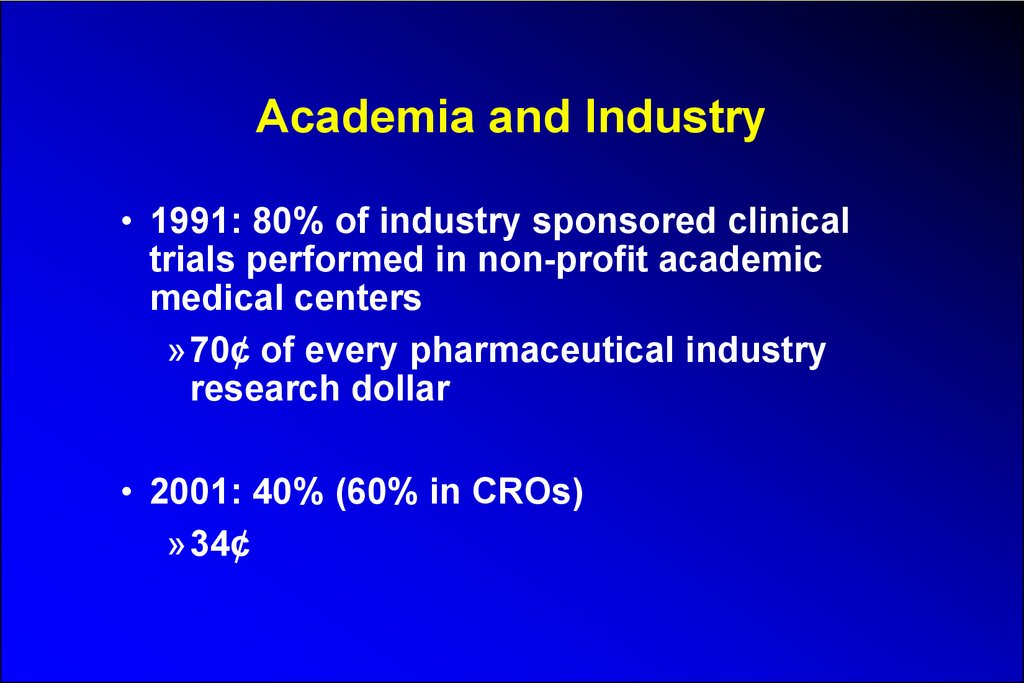

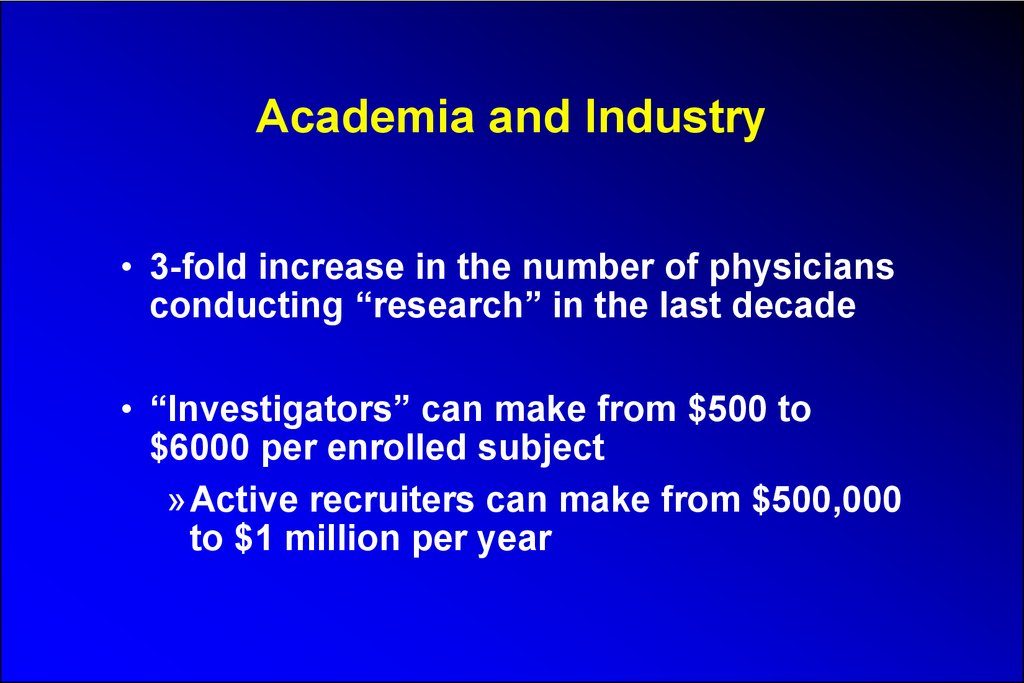

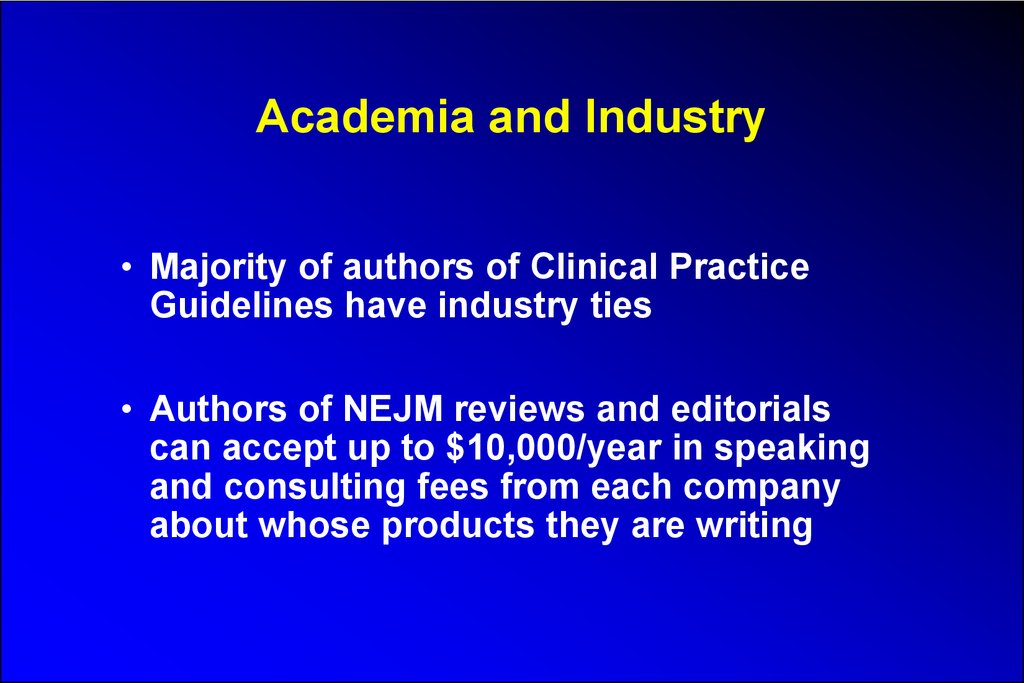
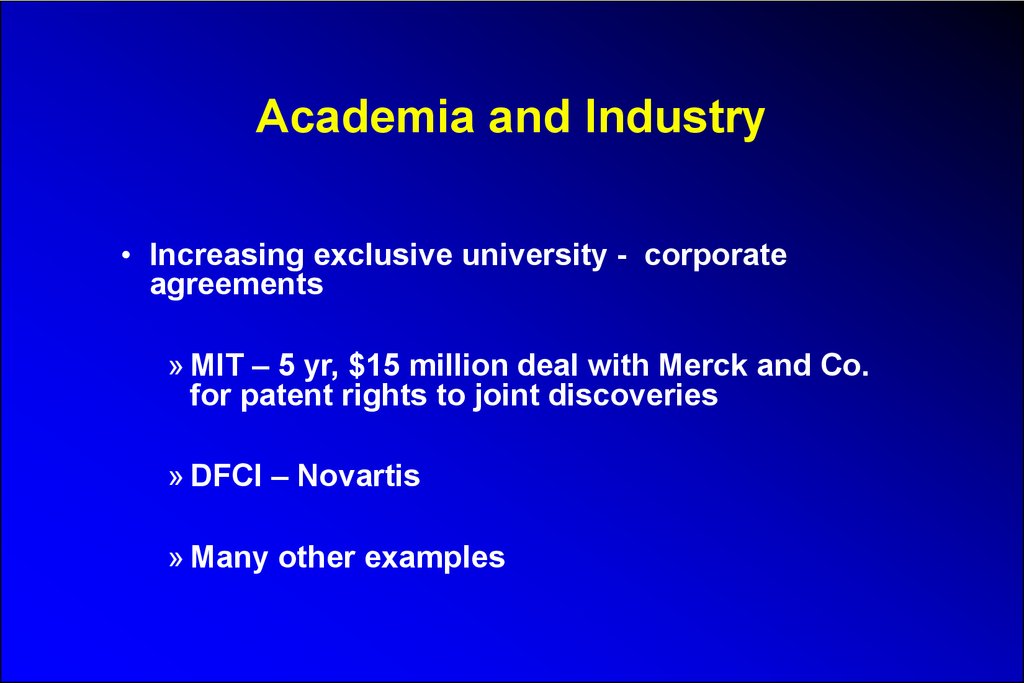

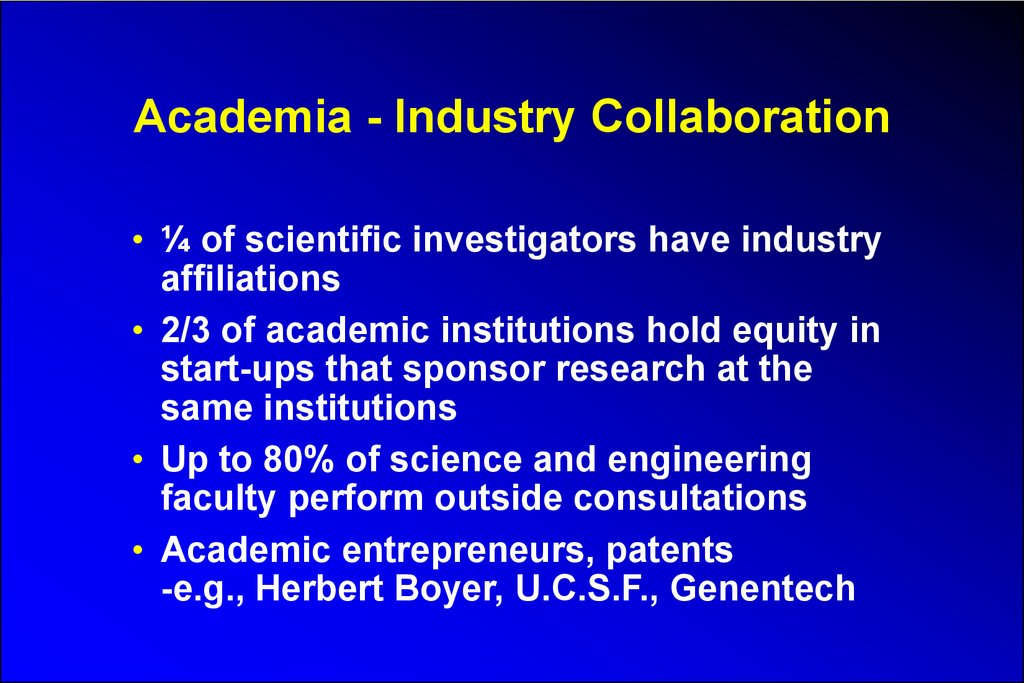
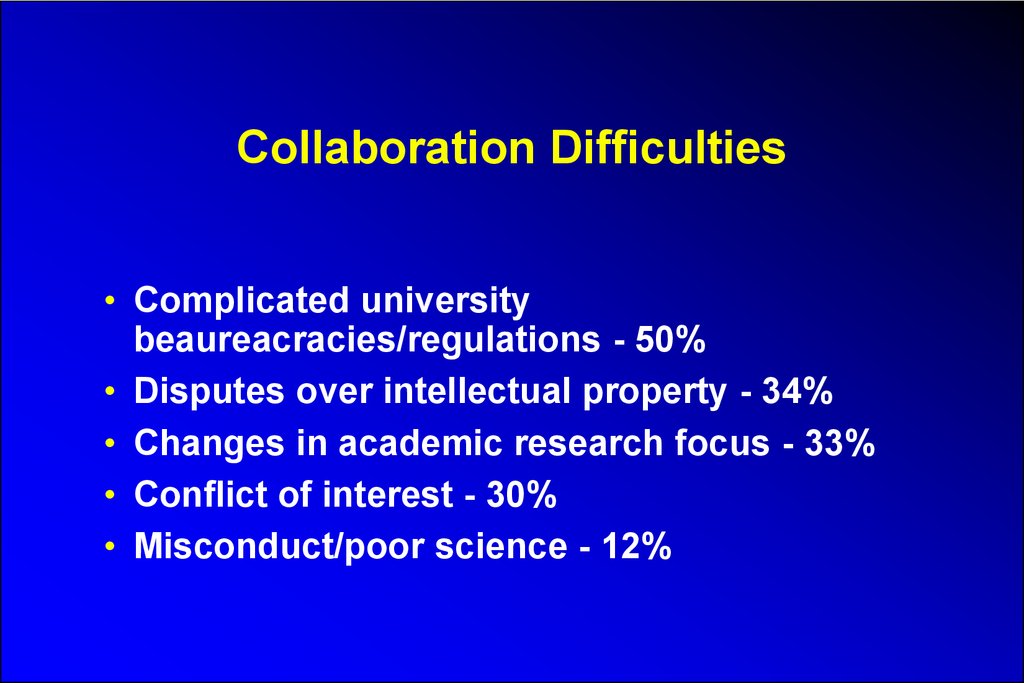
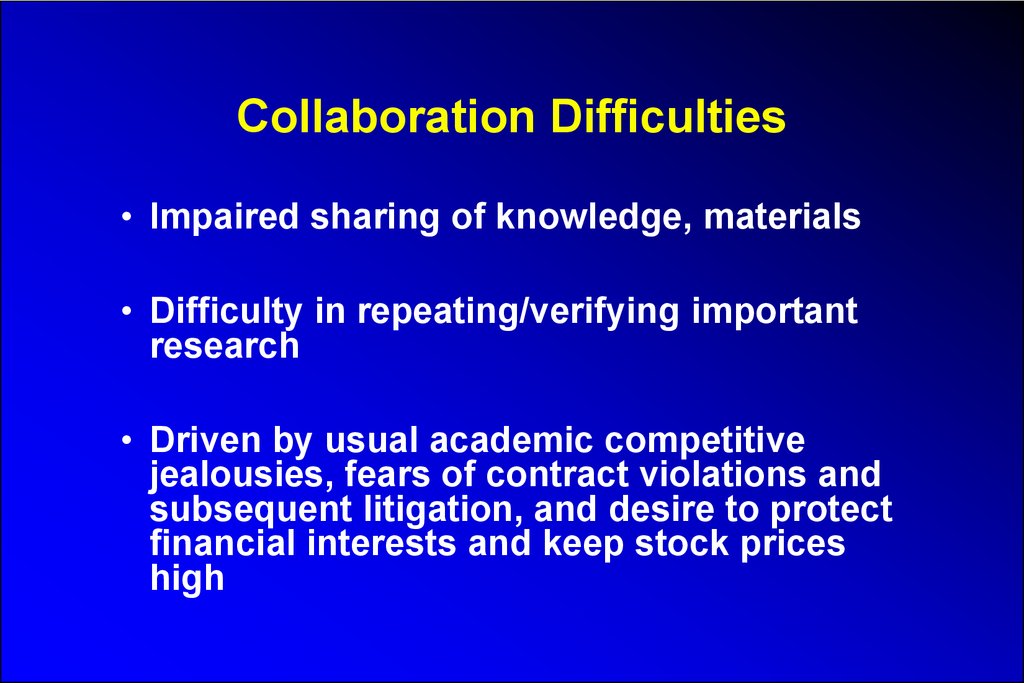

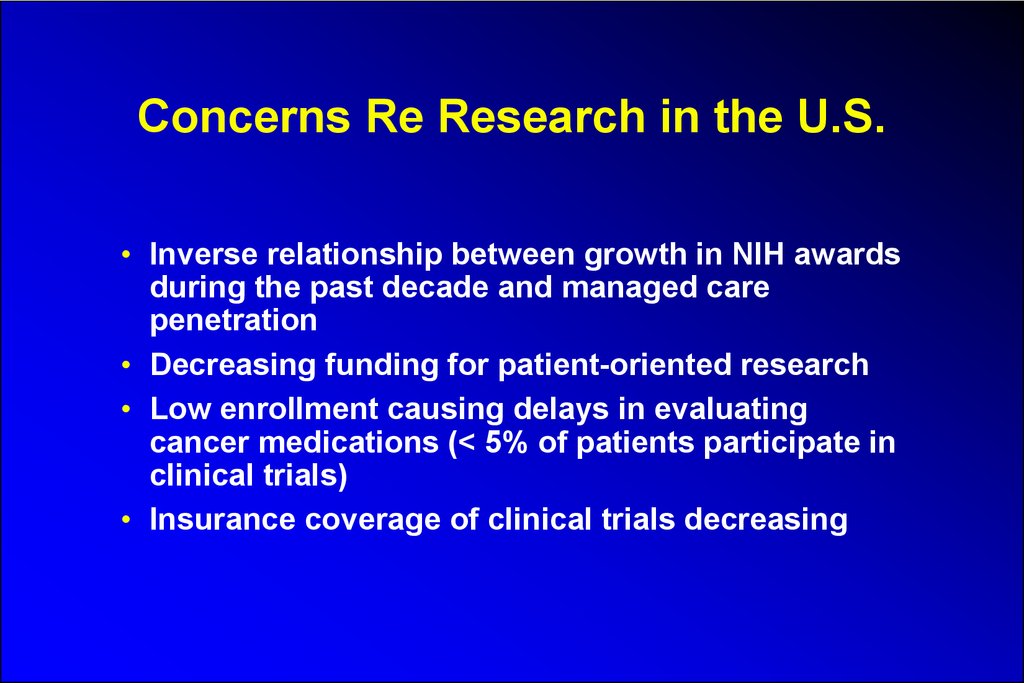
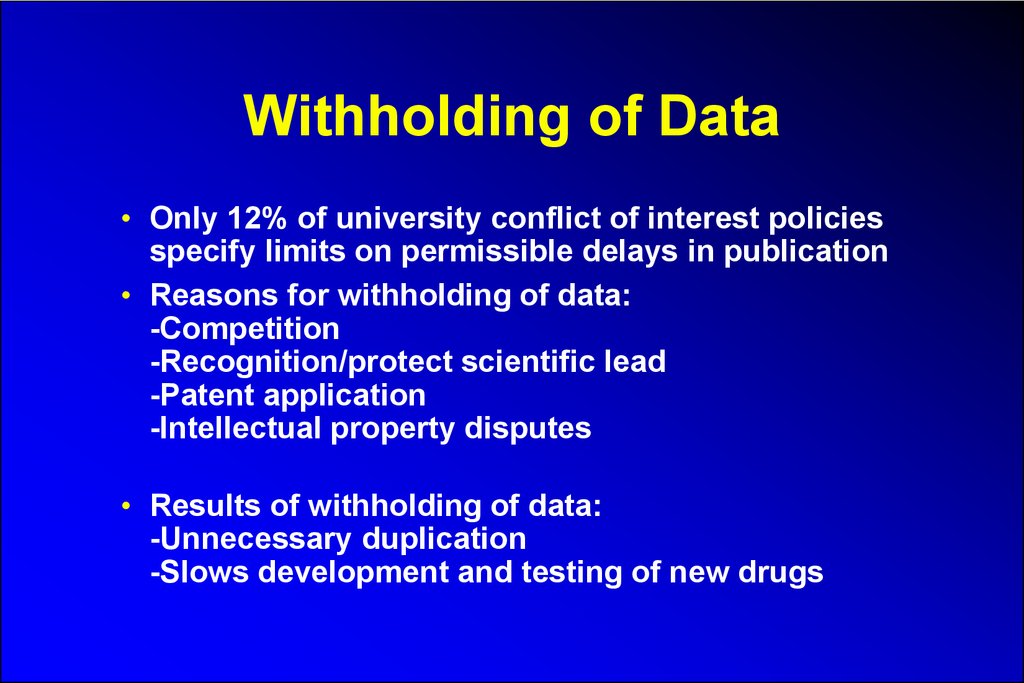



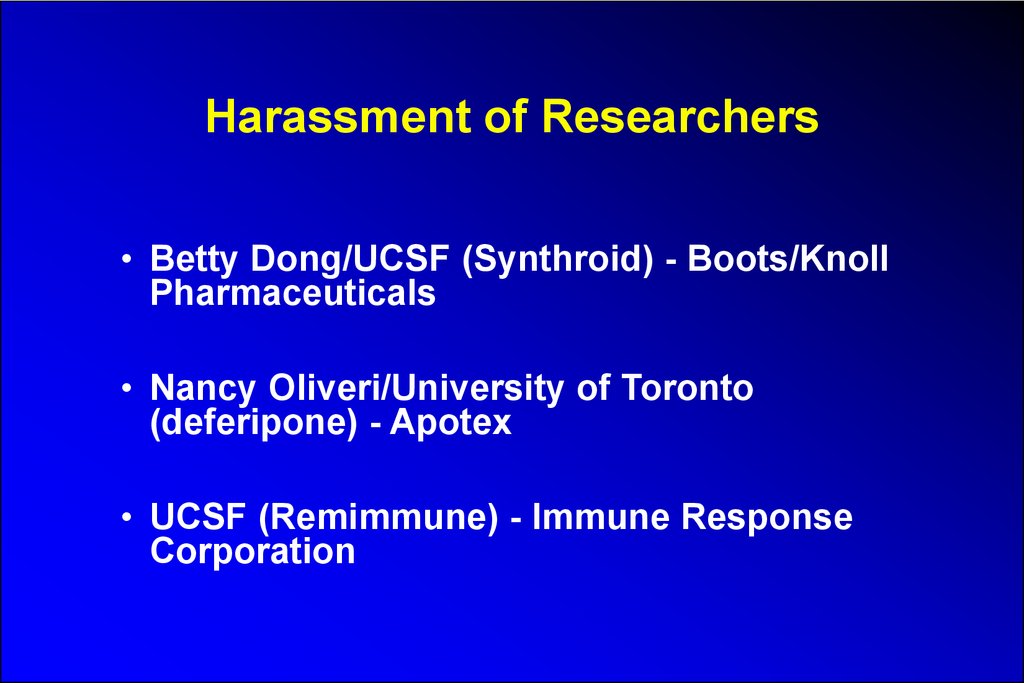
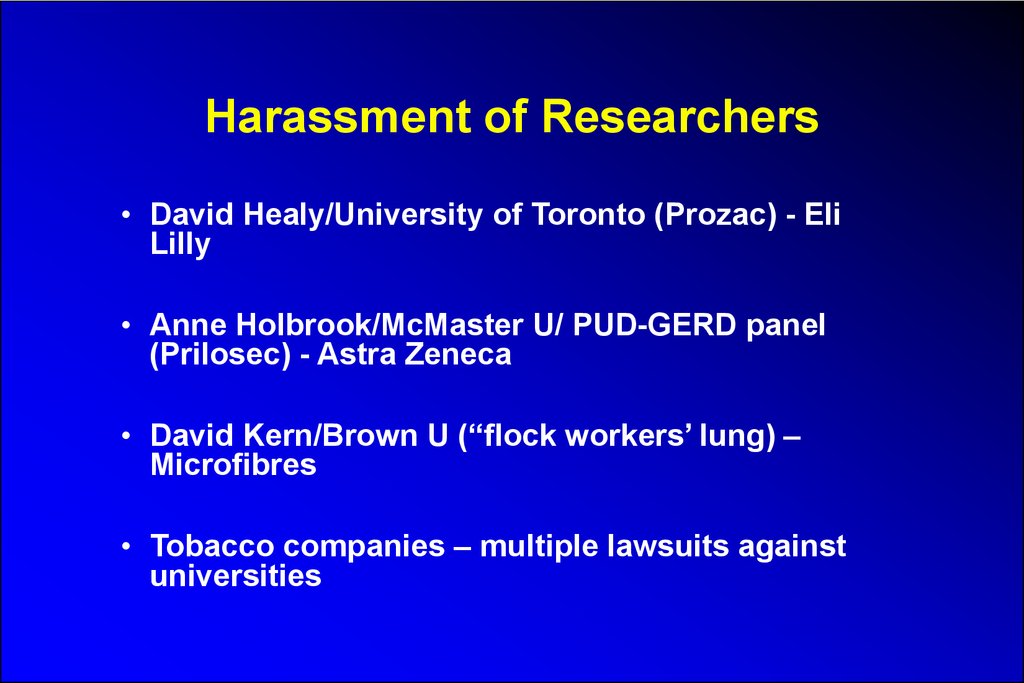

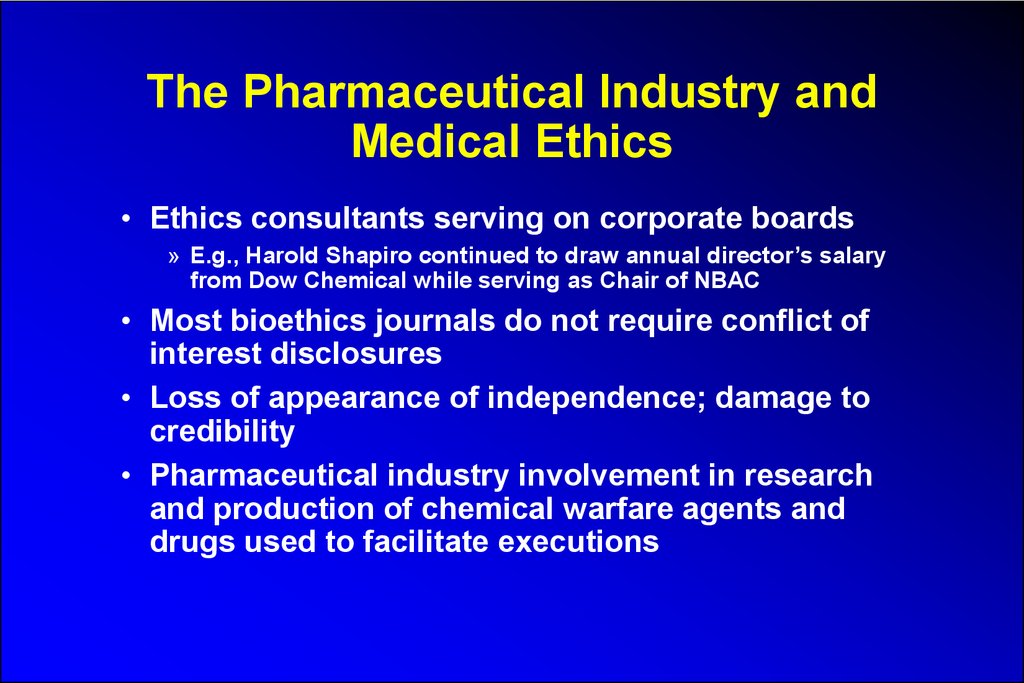
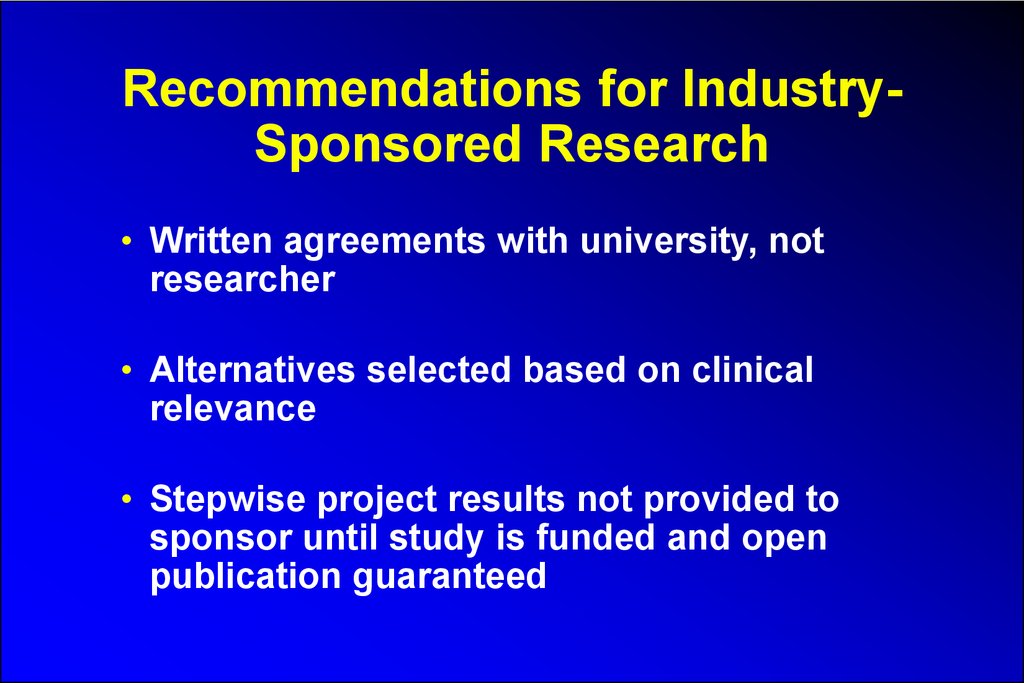
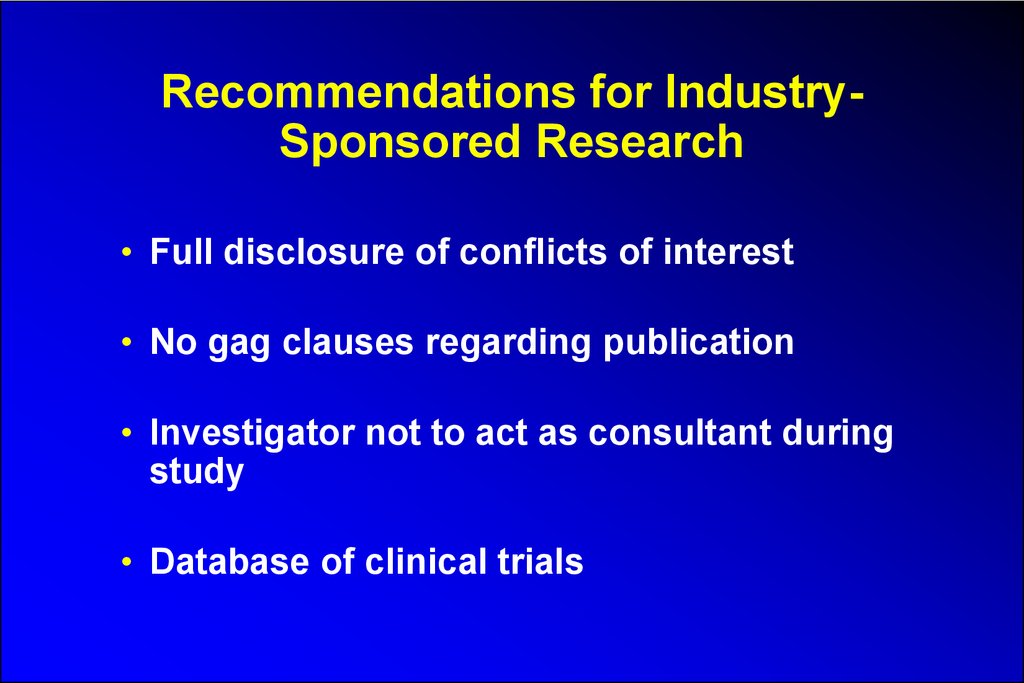
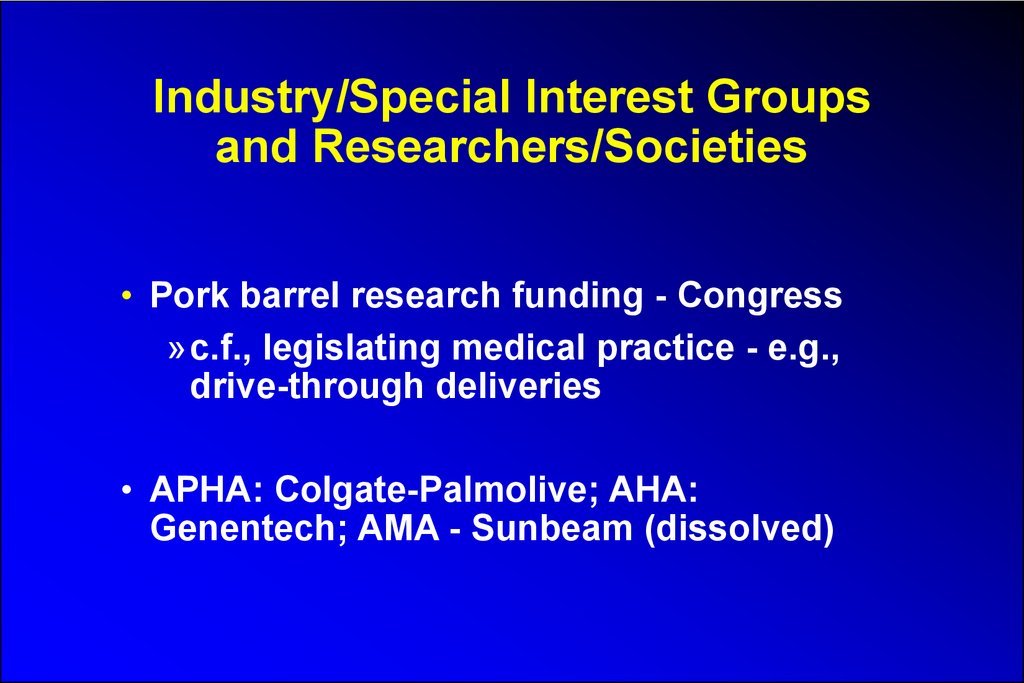

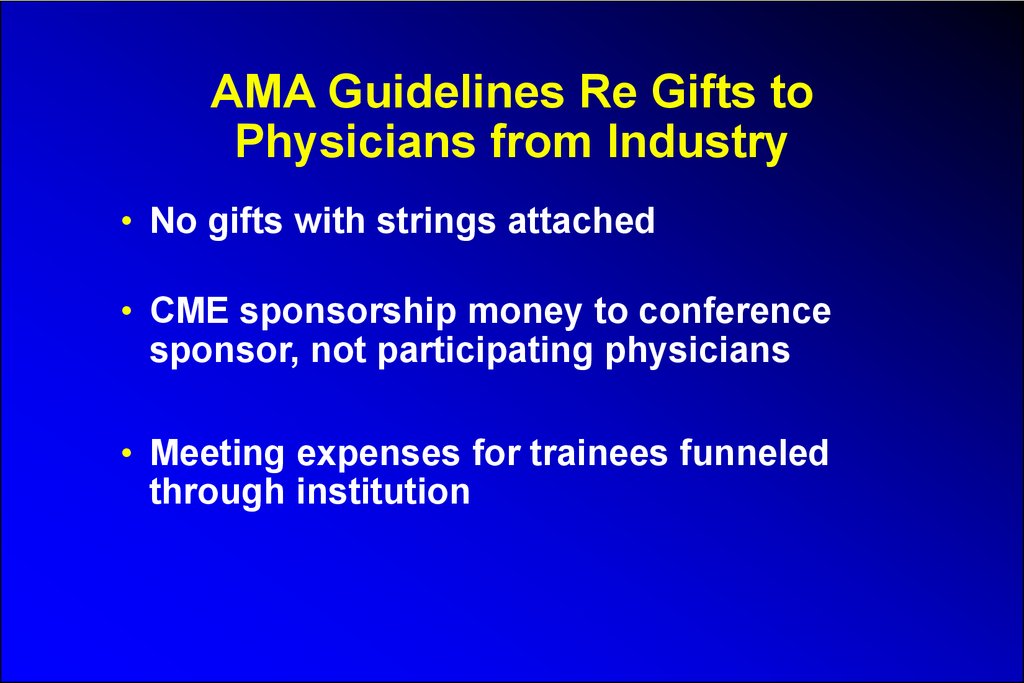
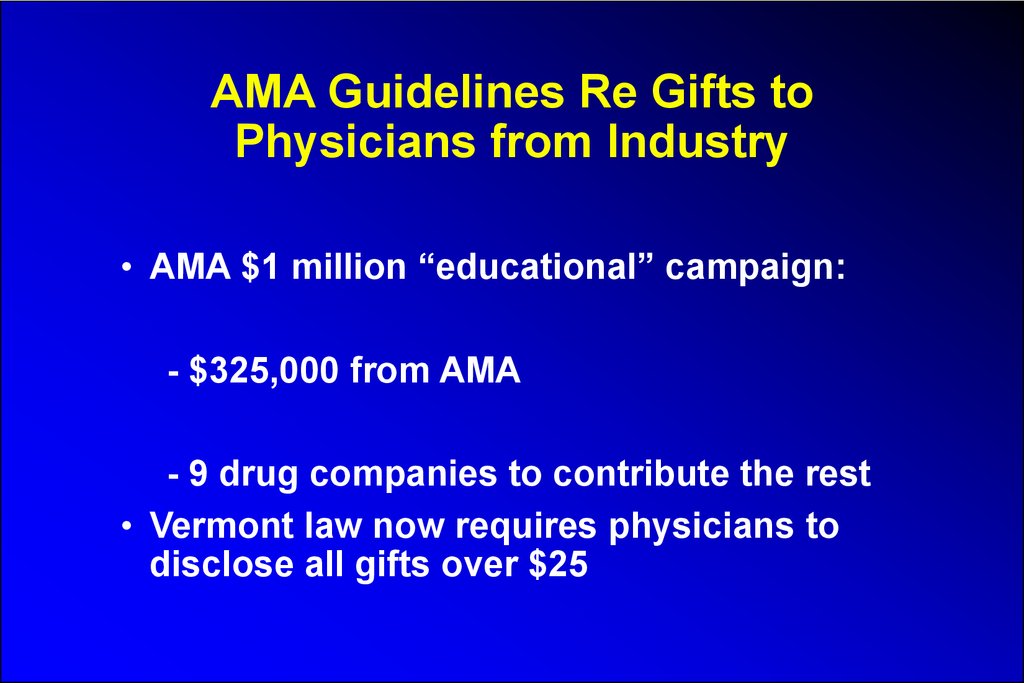
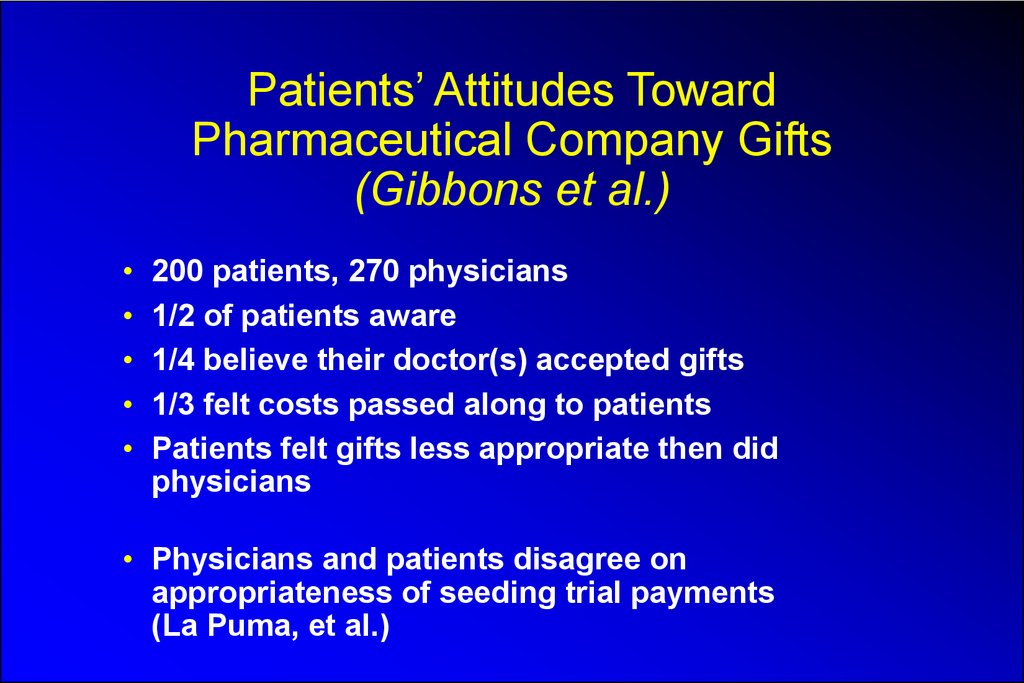
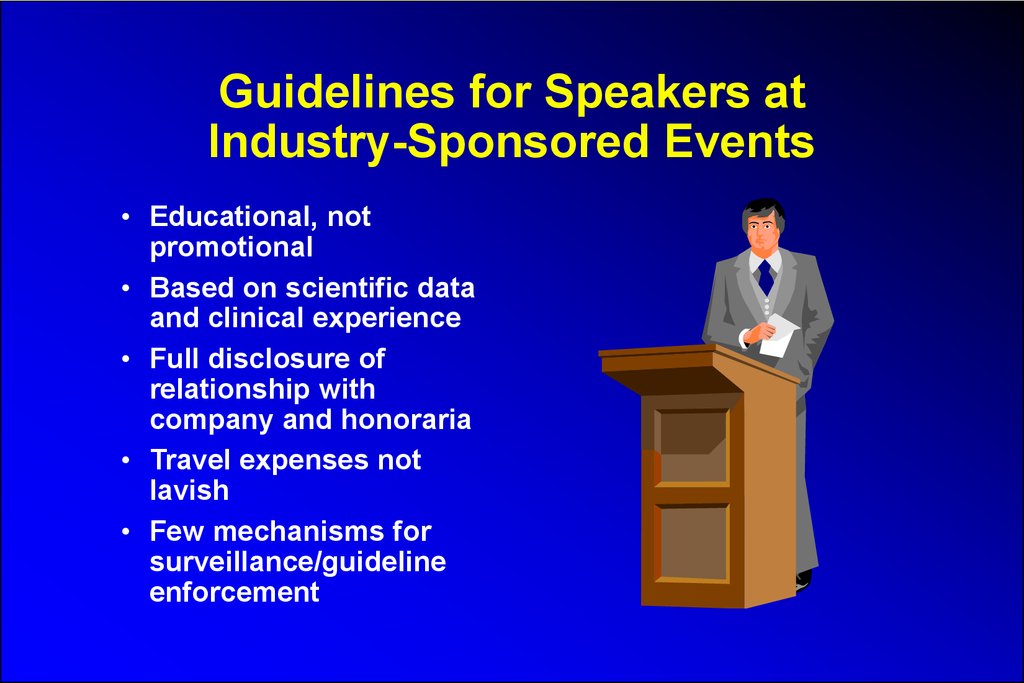
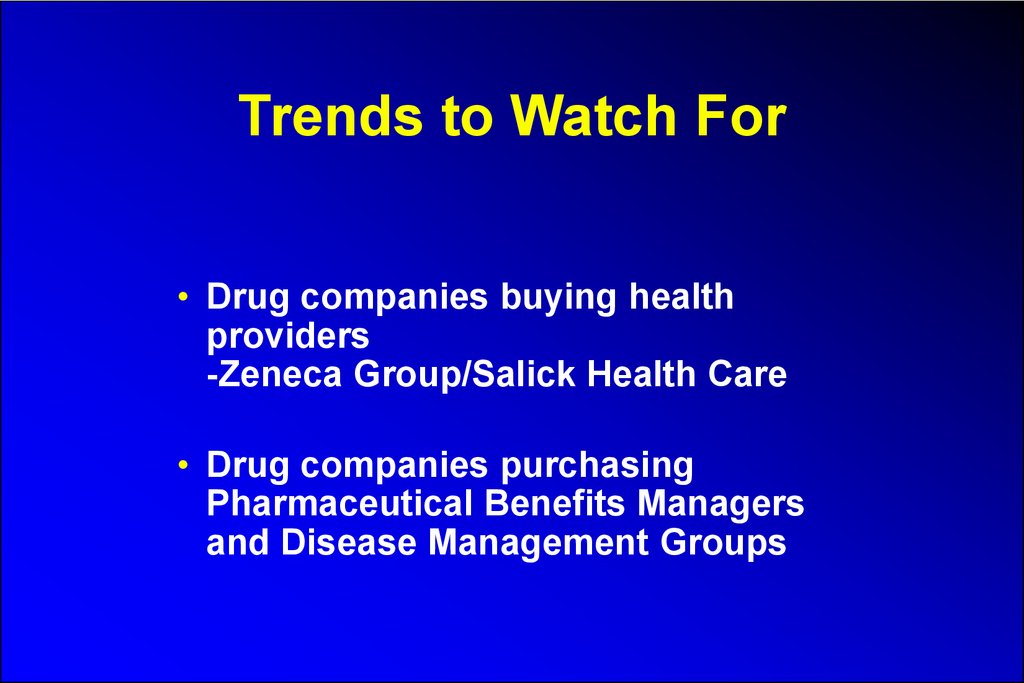
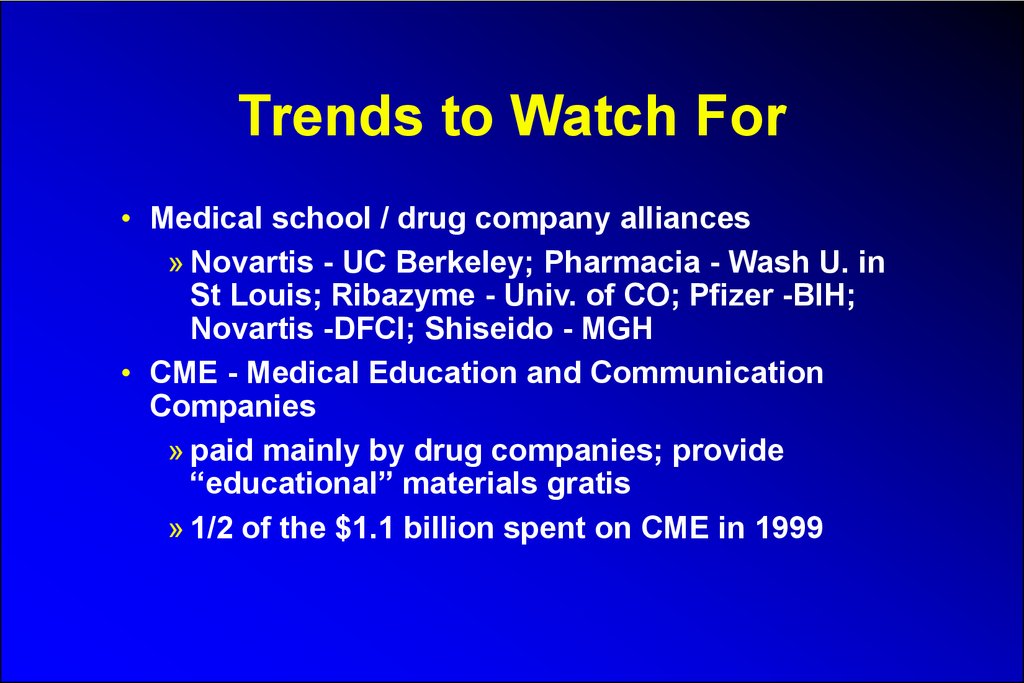
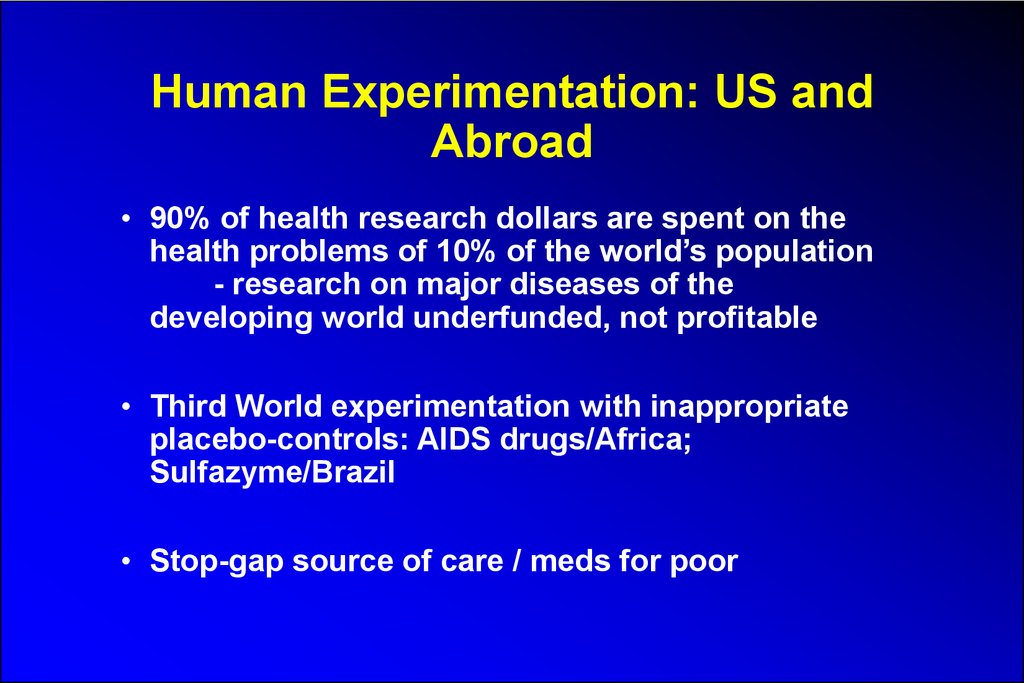
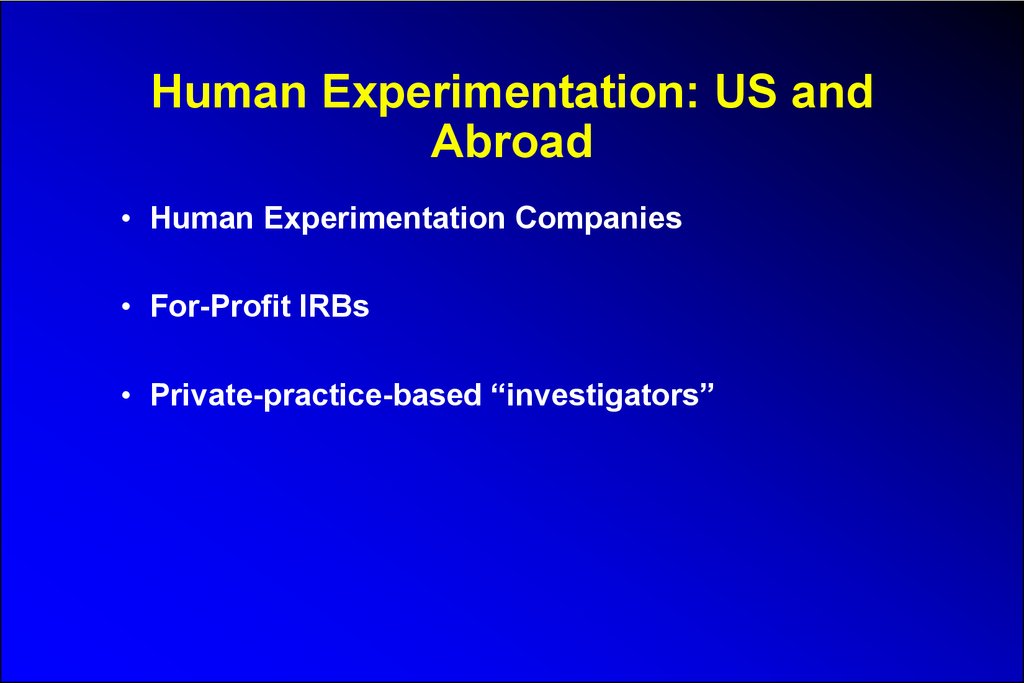

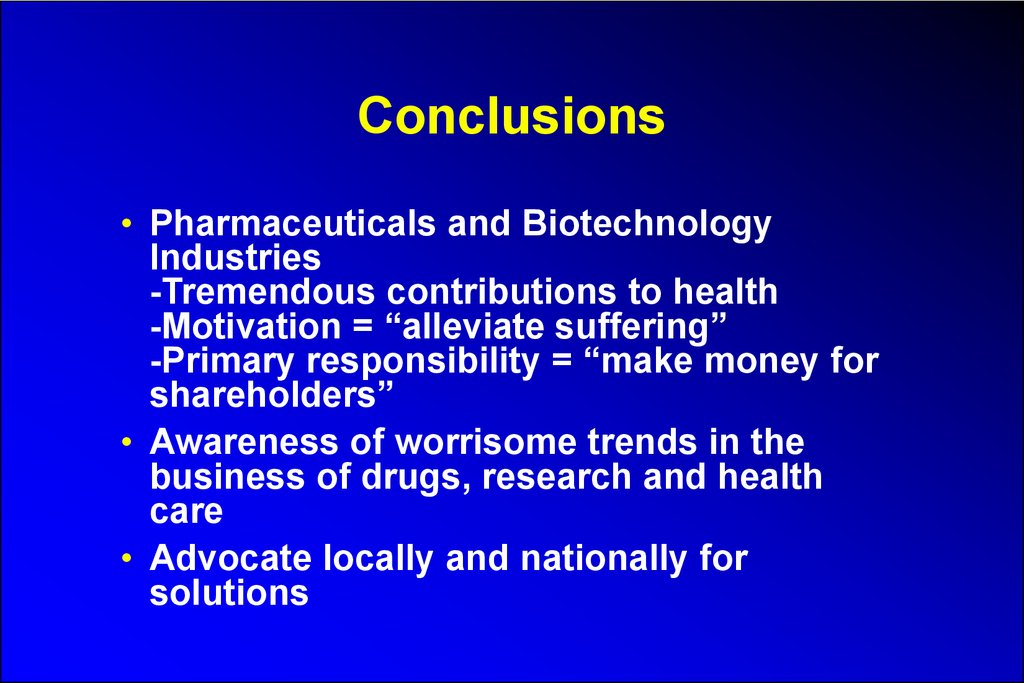
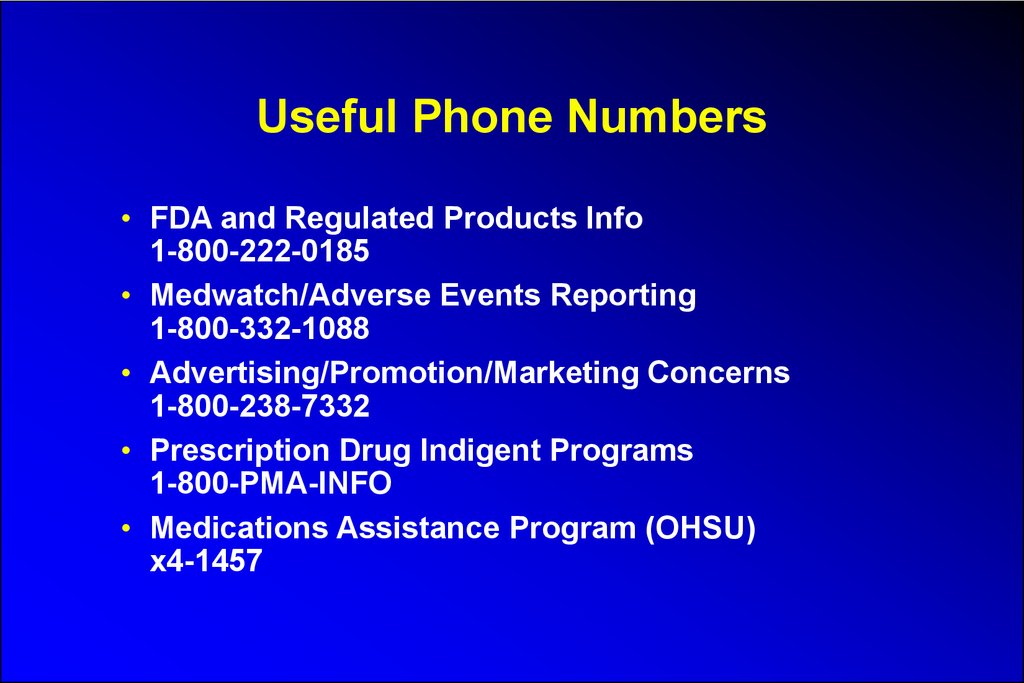
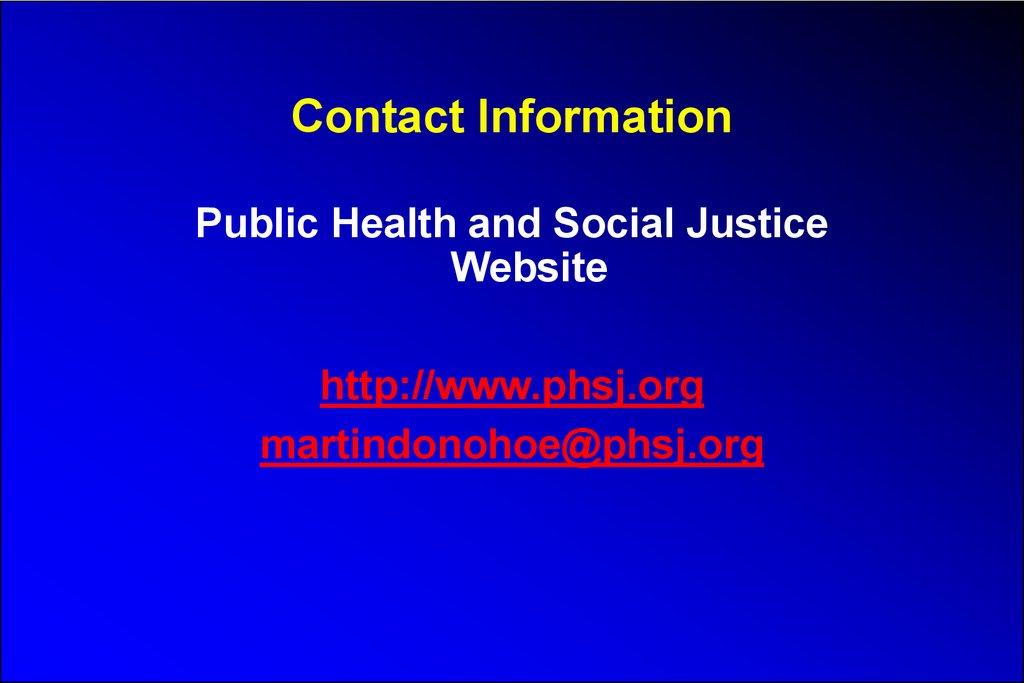
 marketing
marketing medicine
medicine








